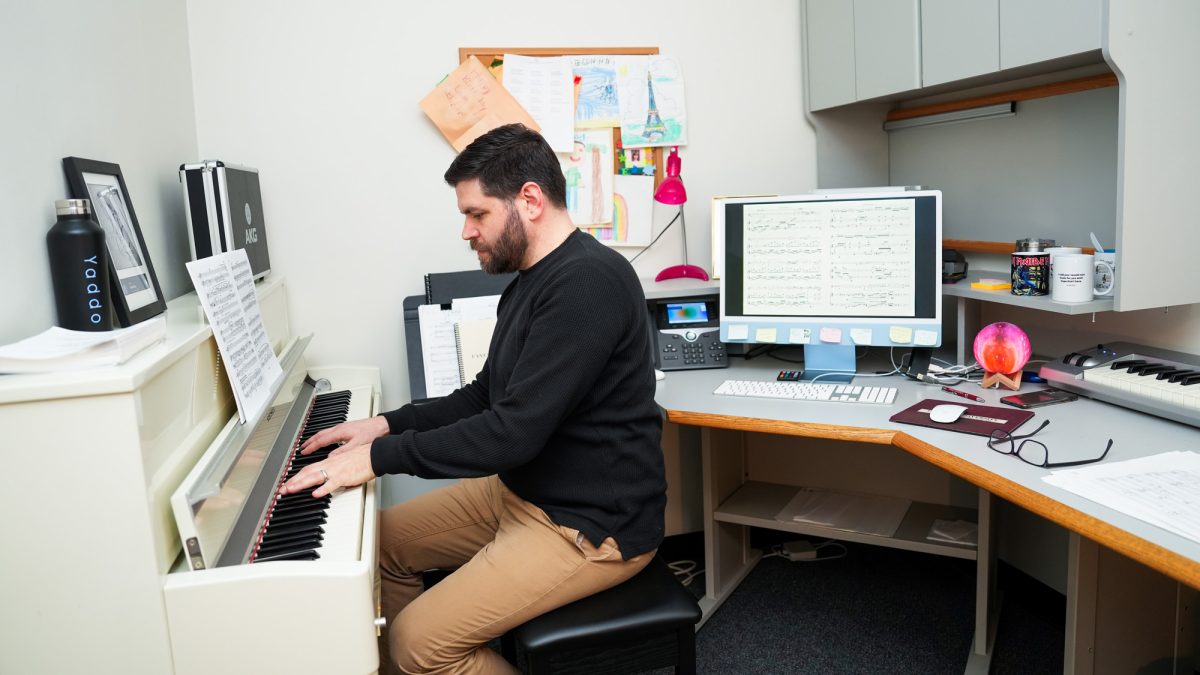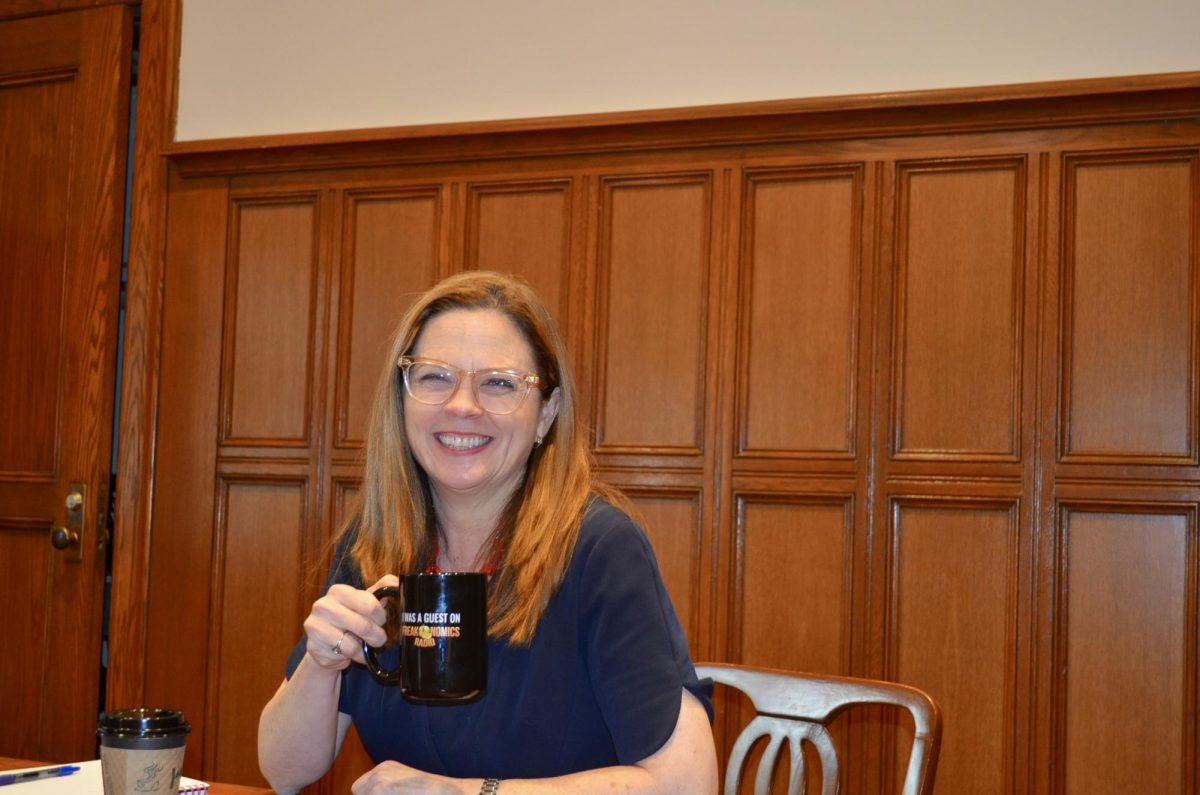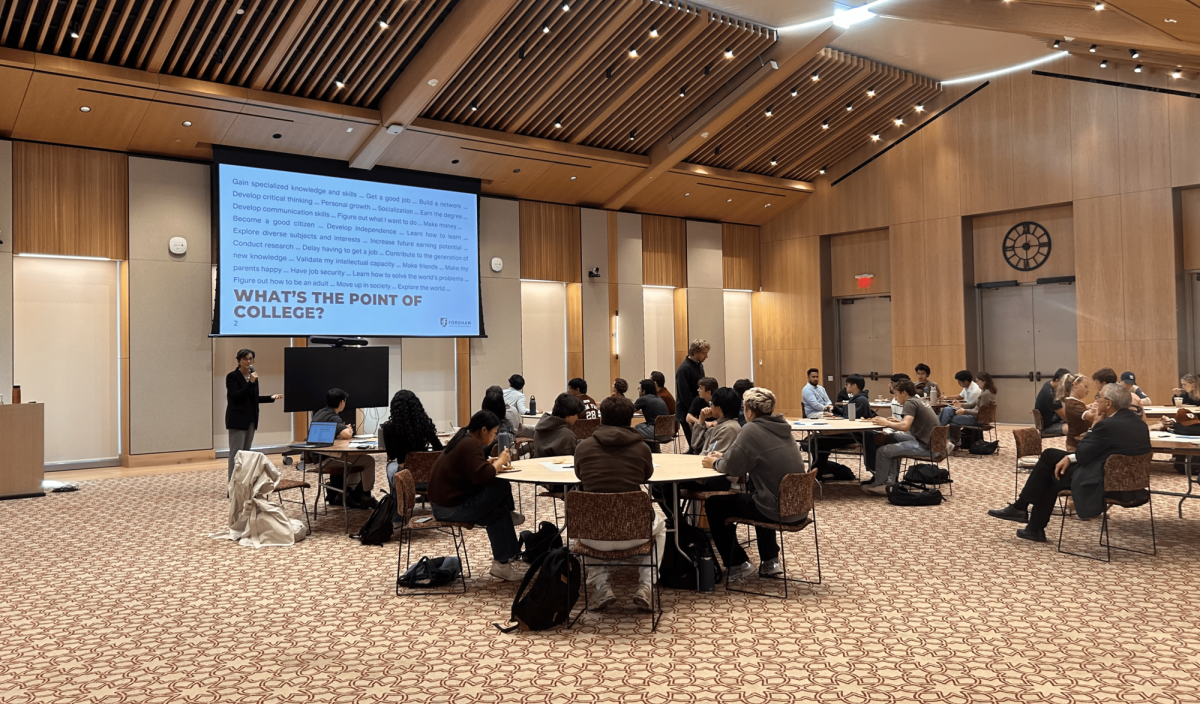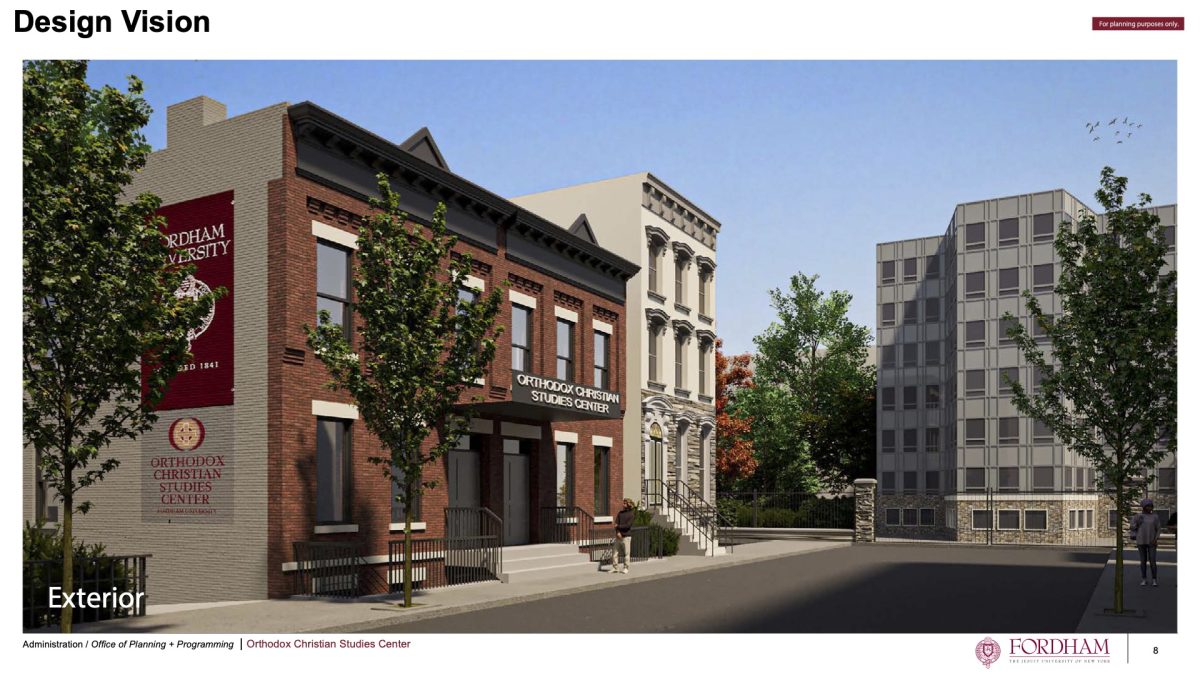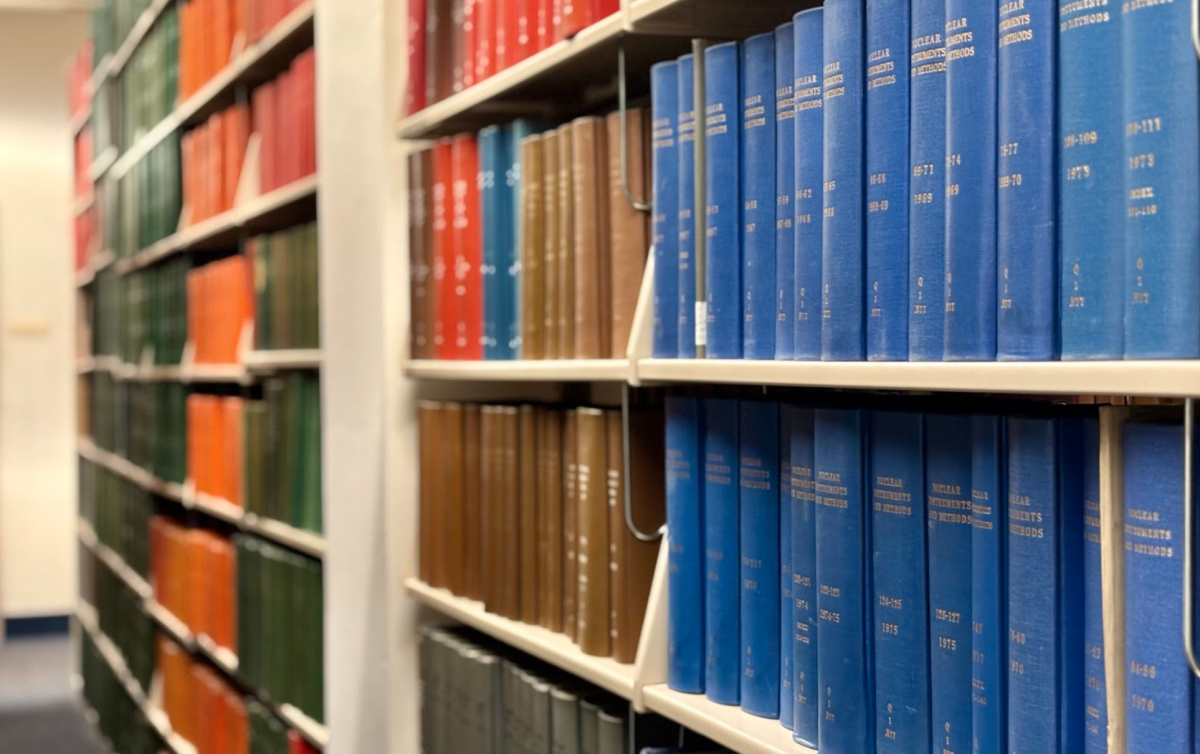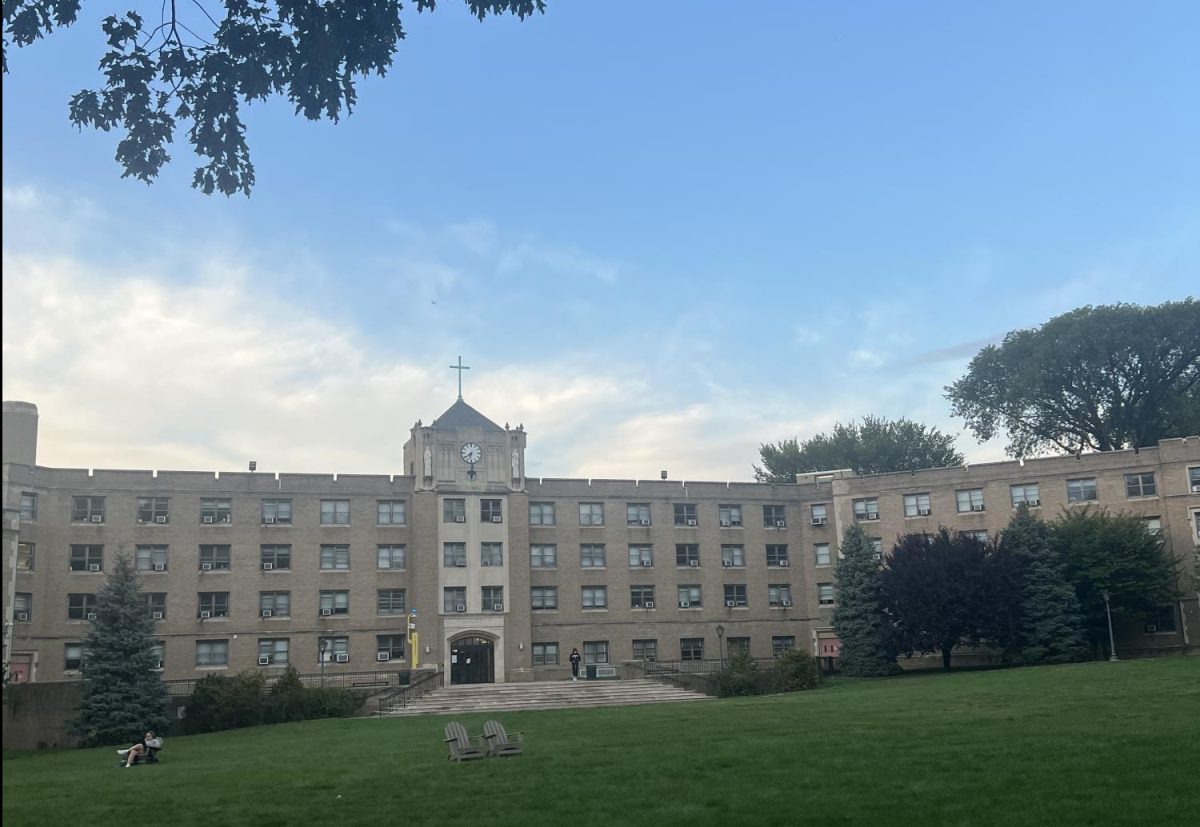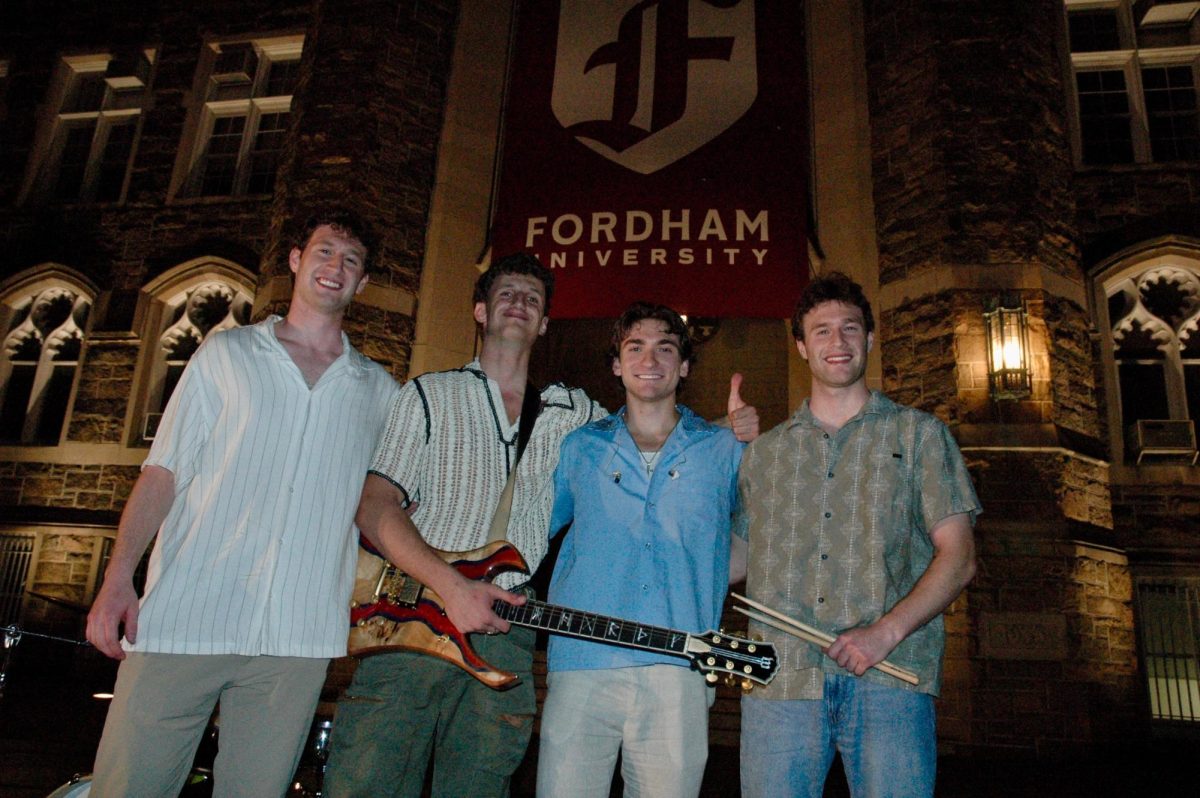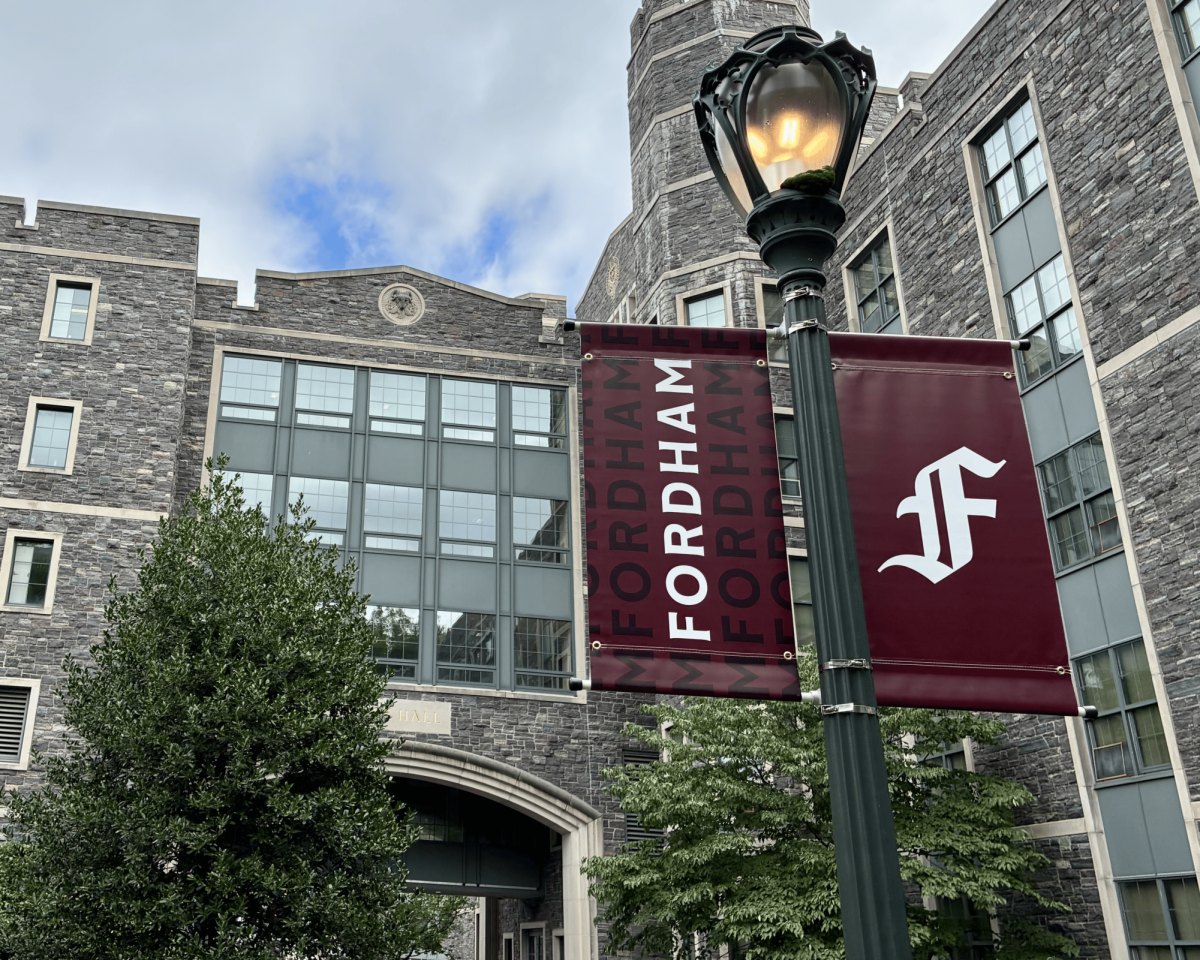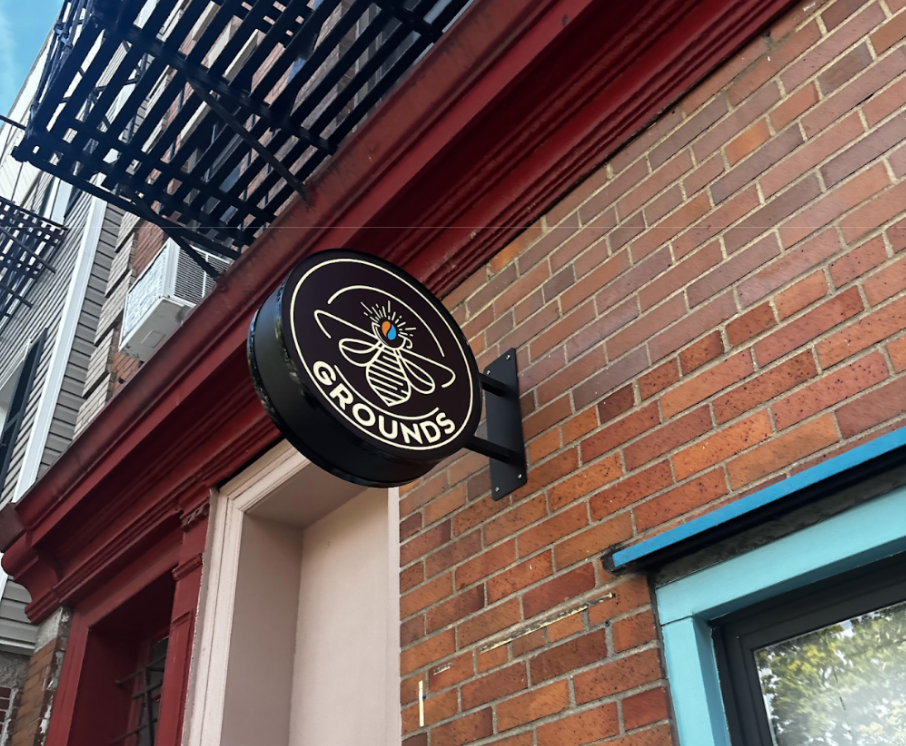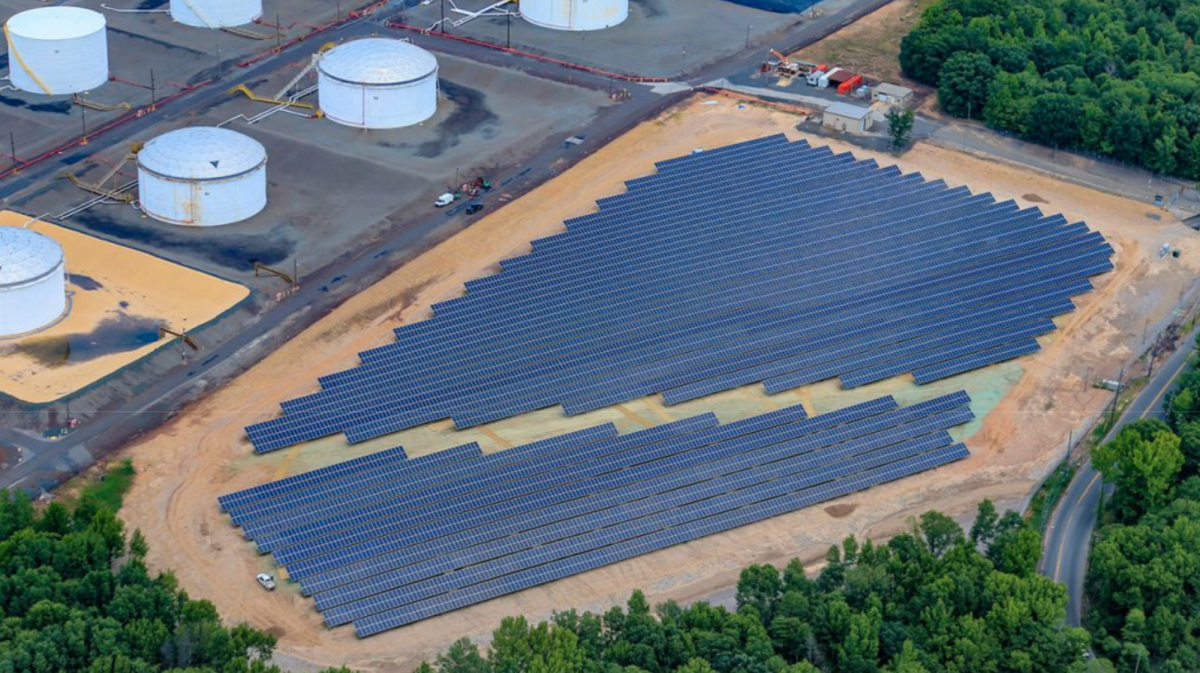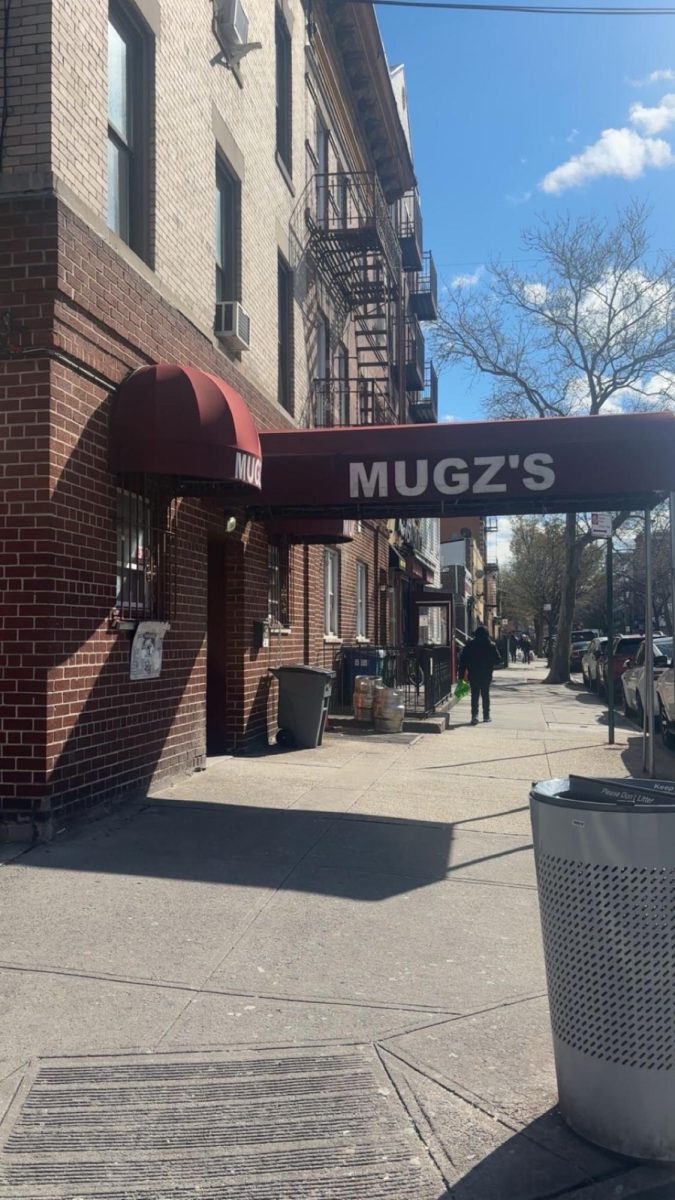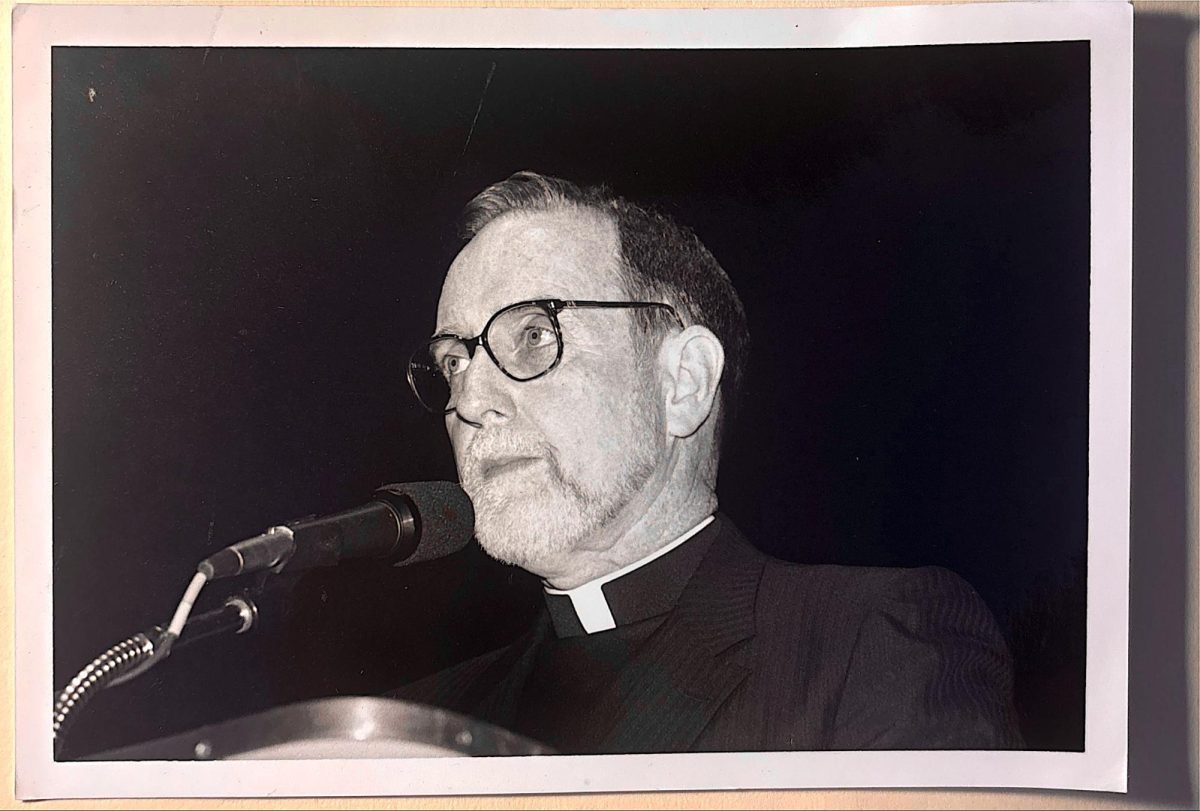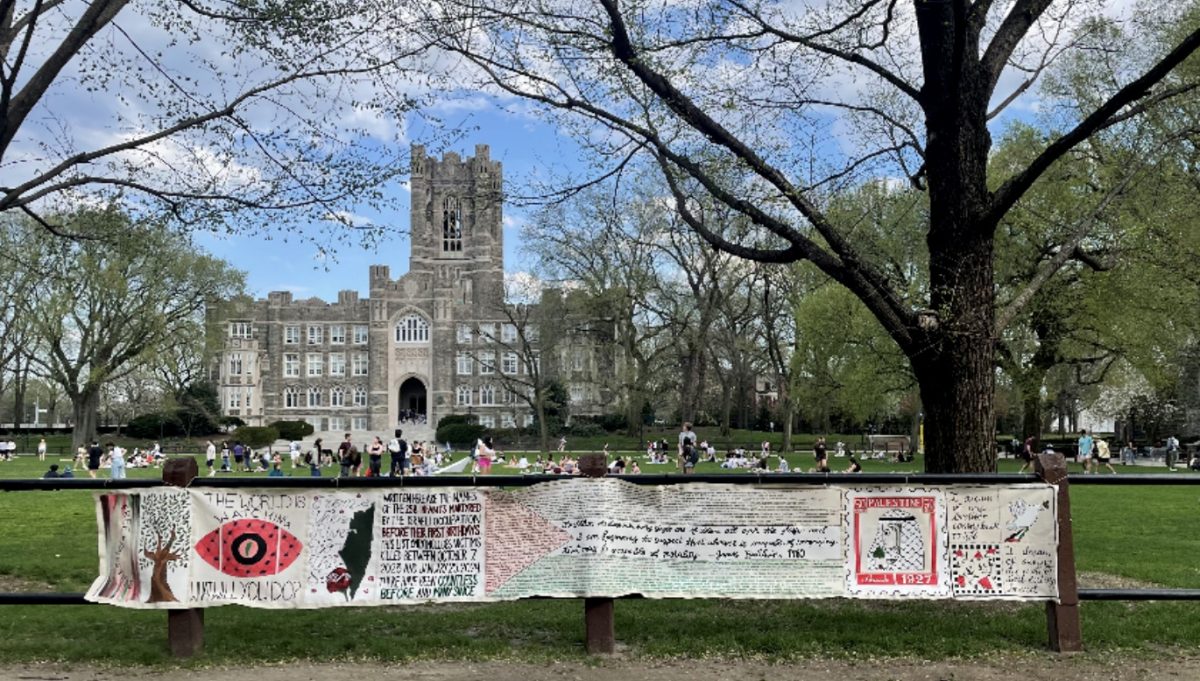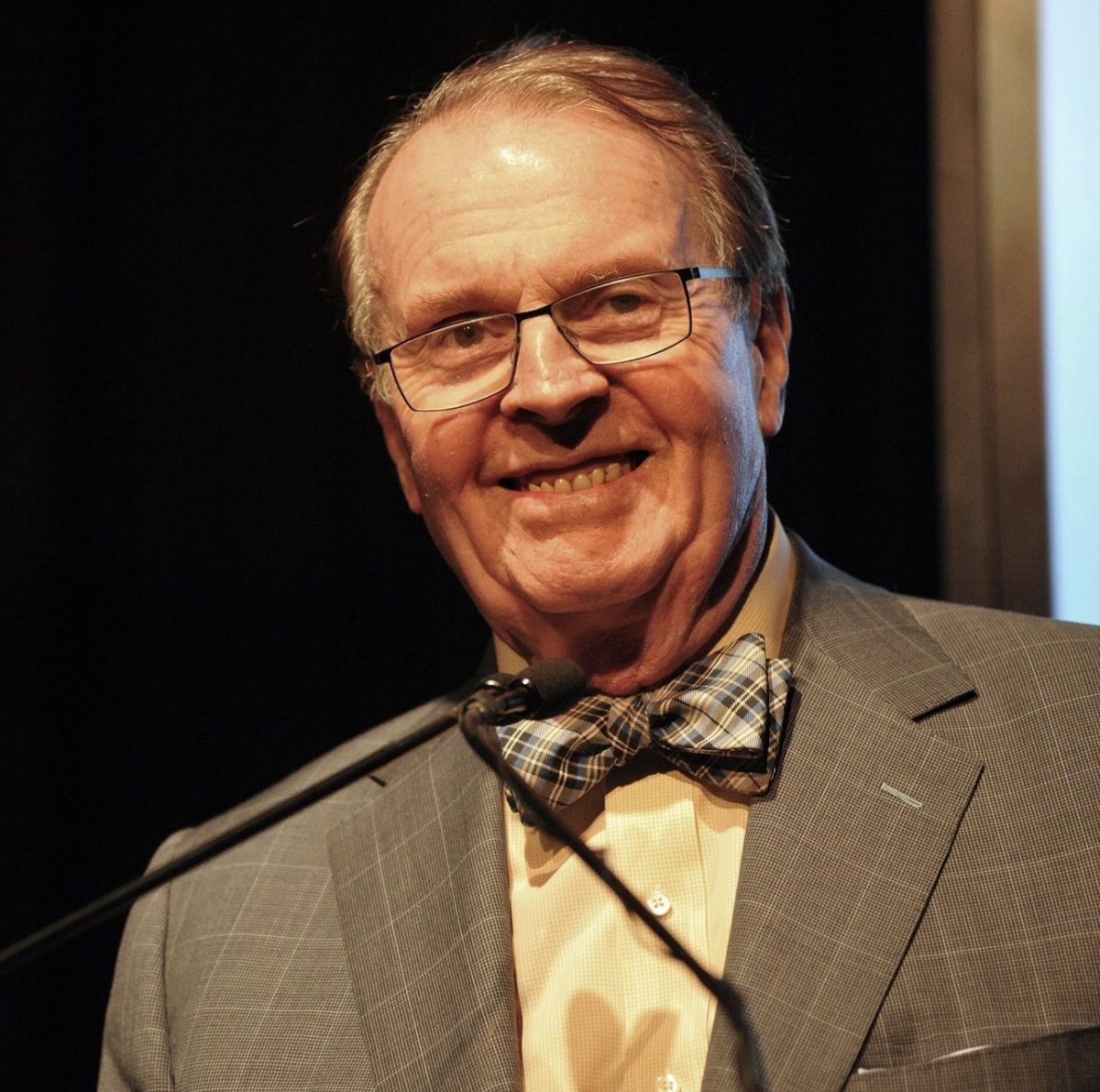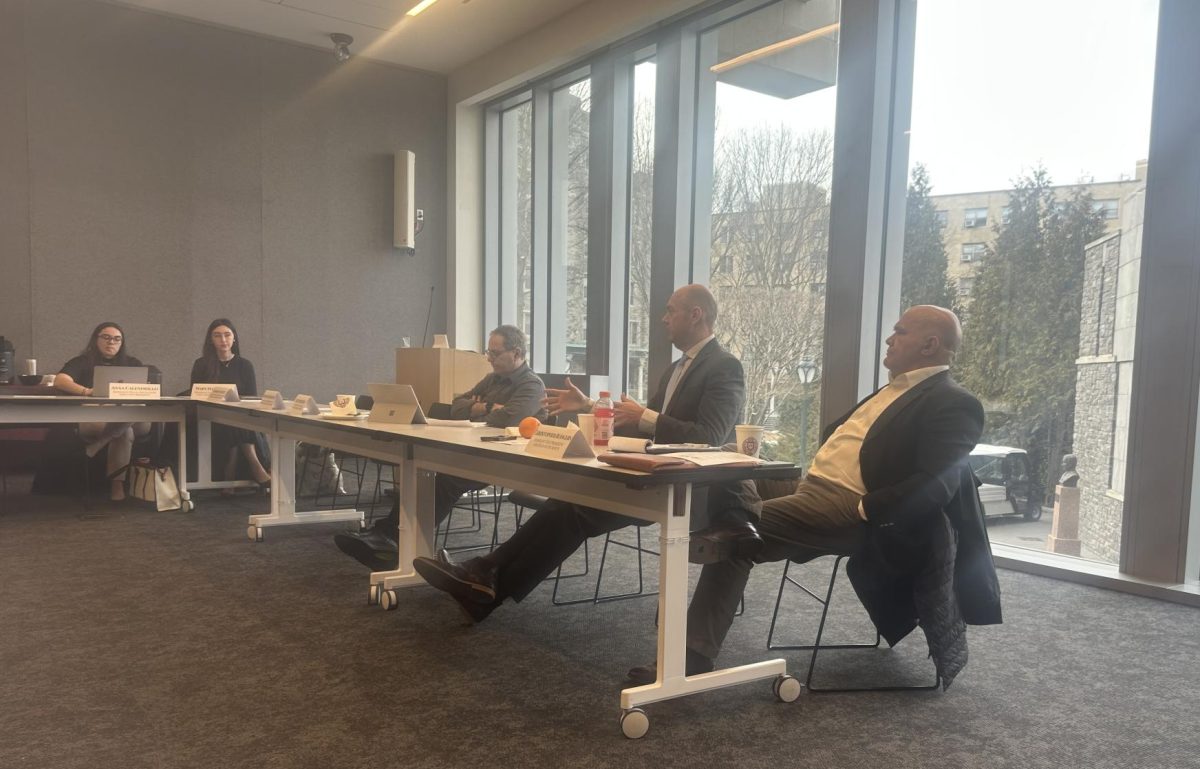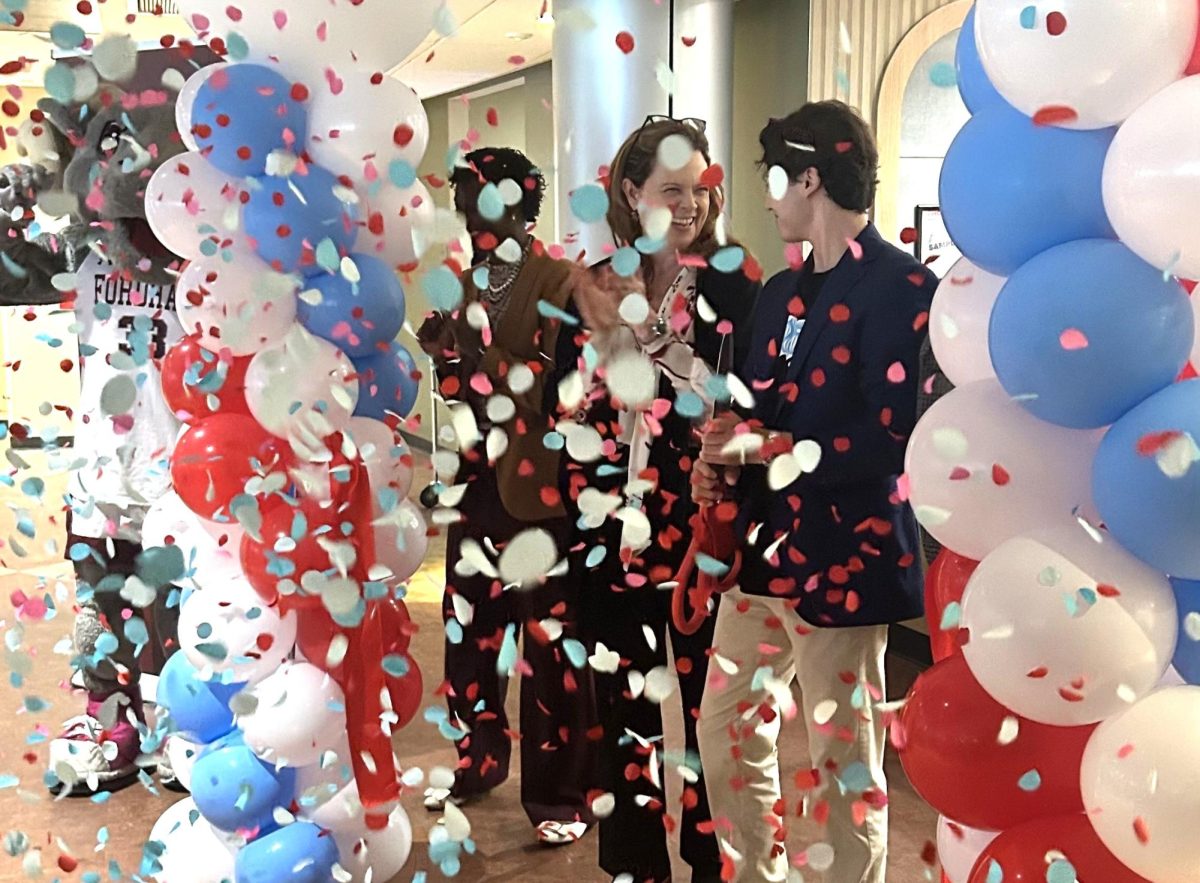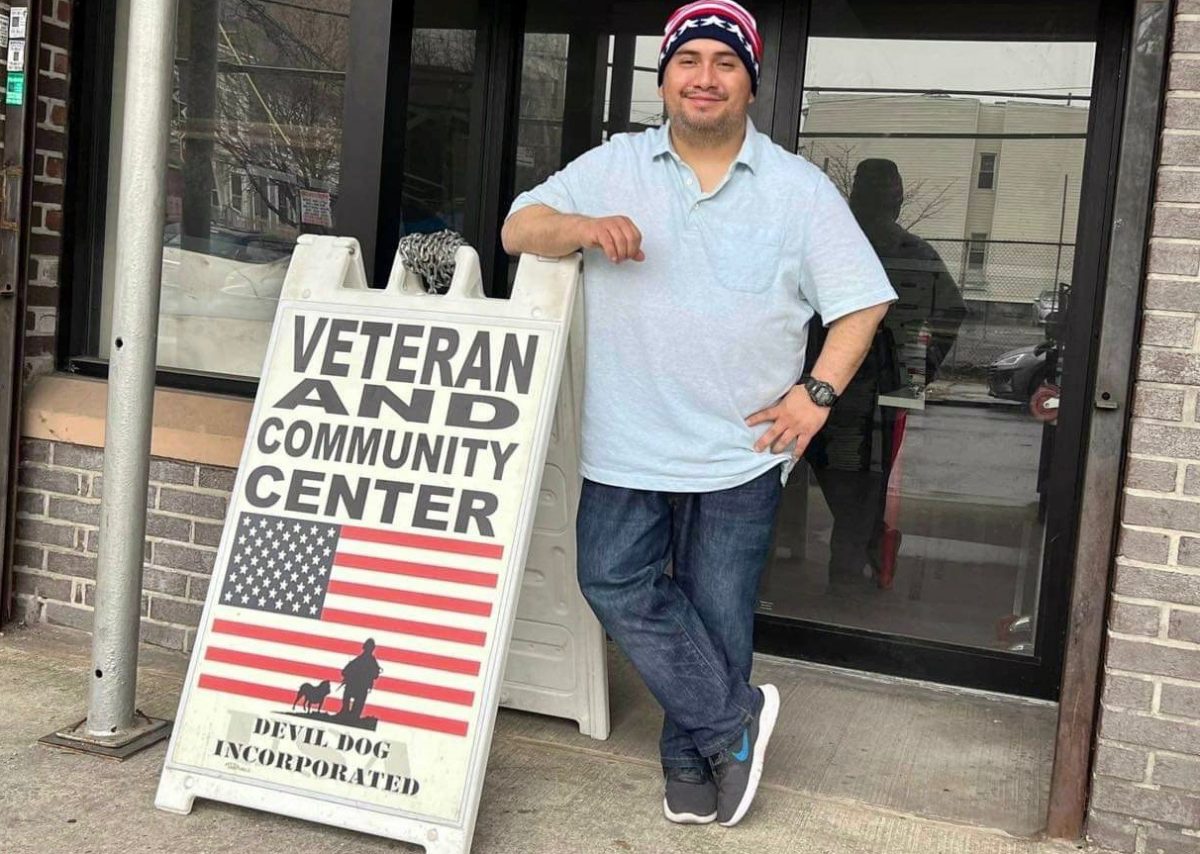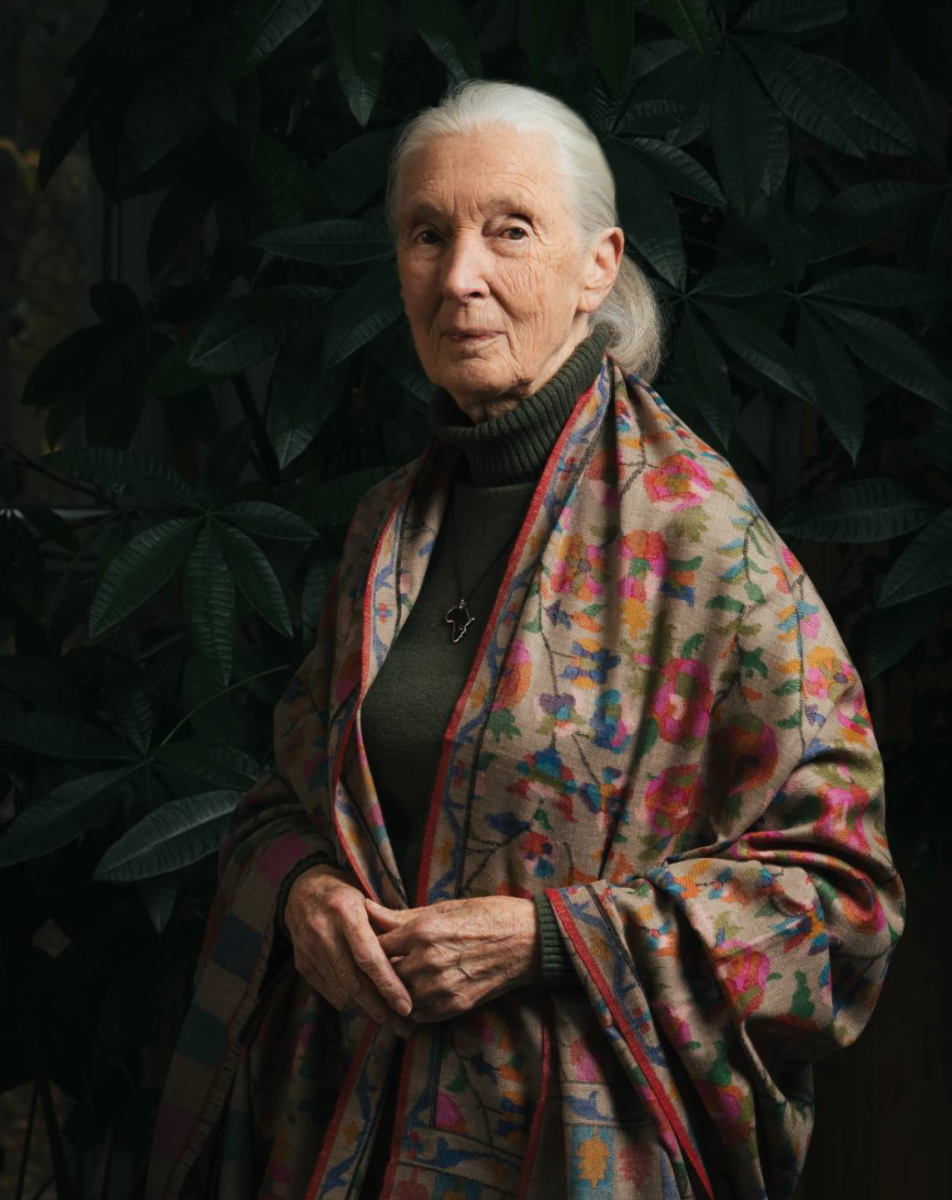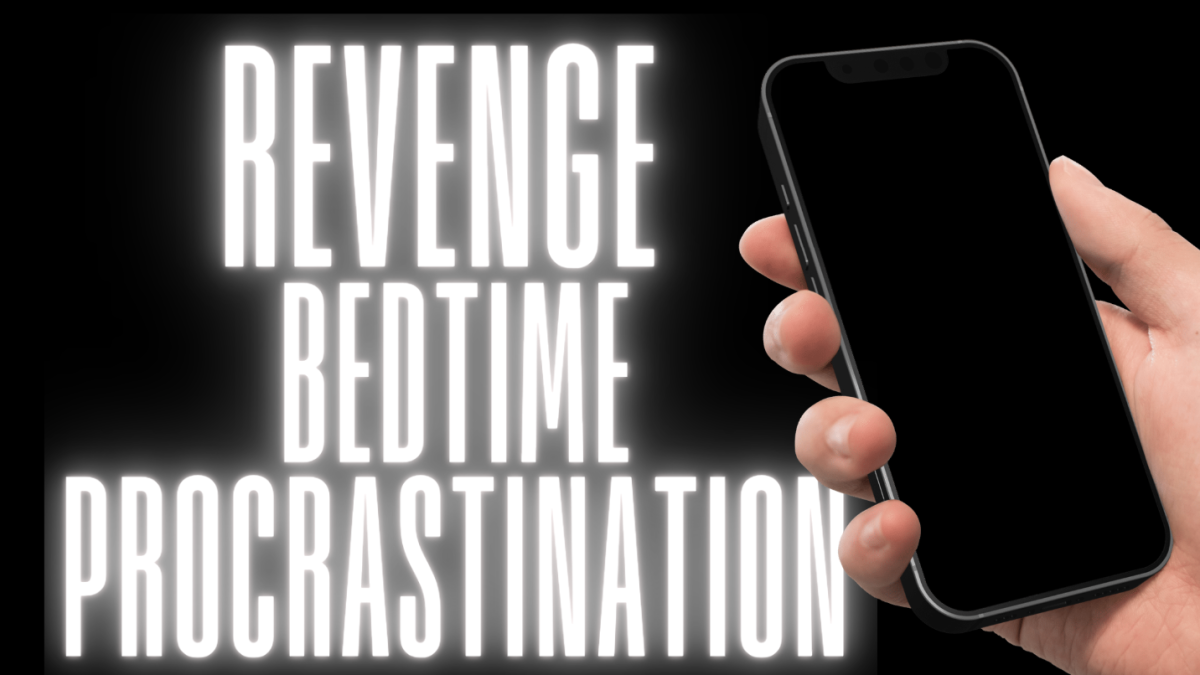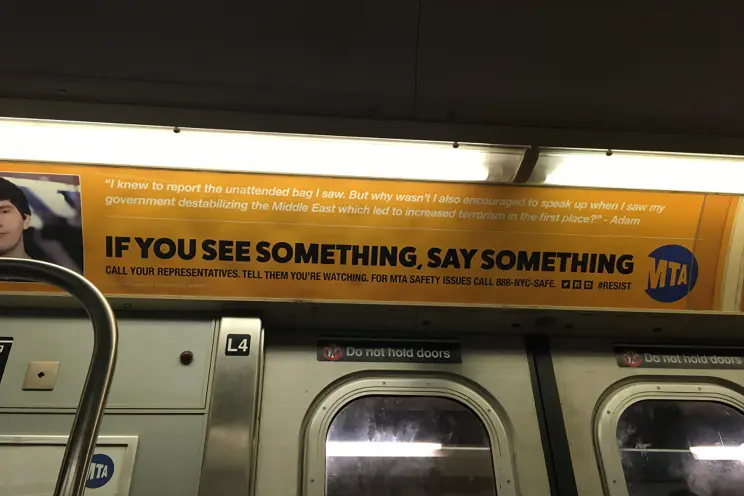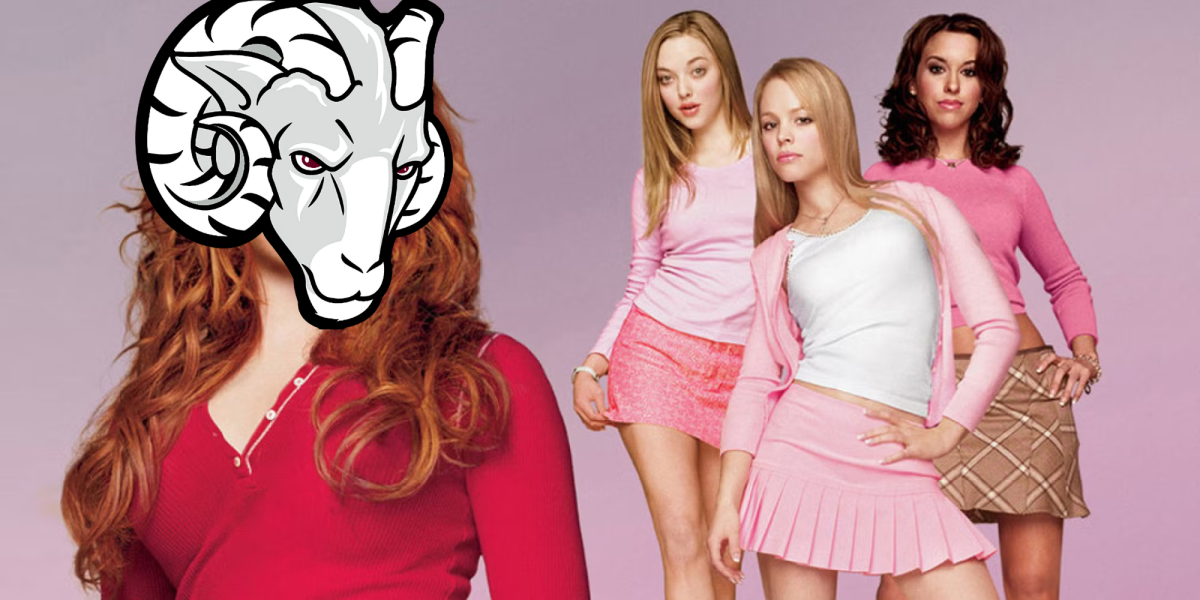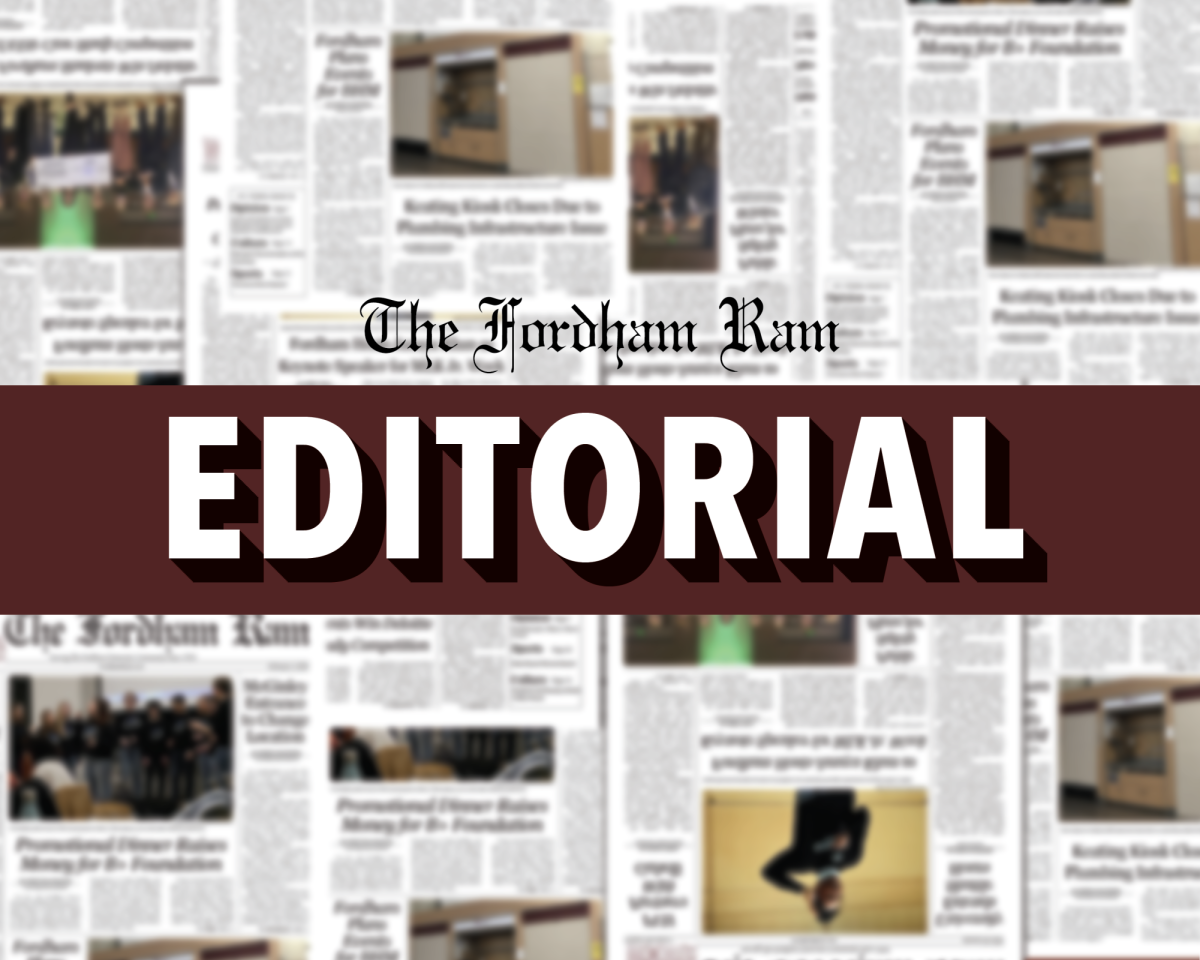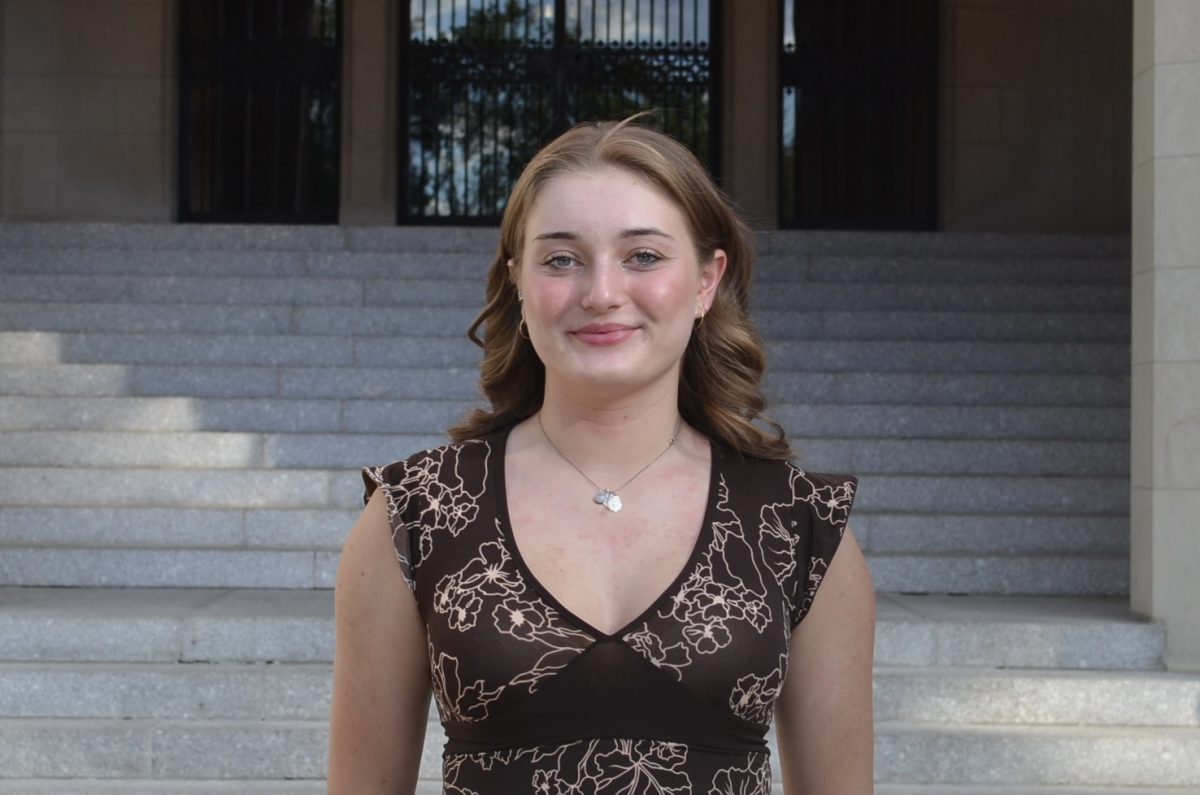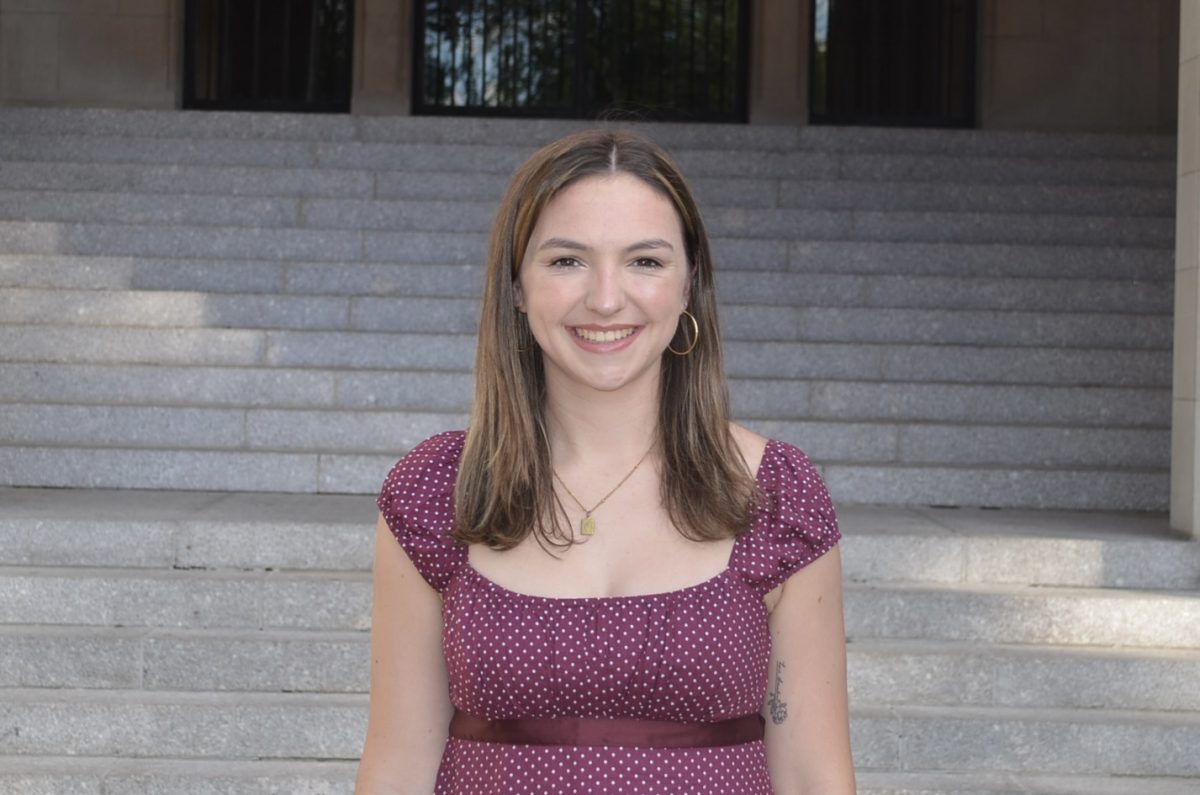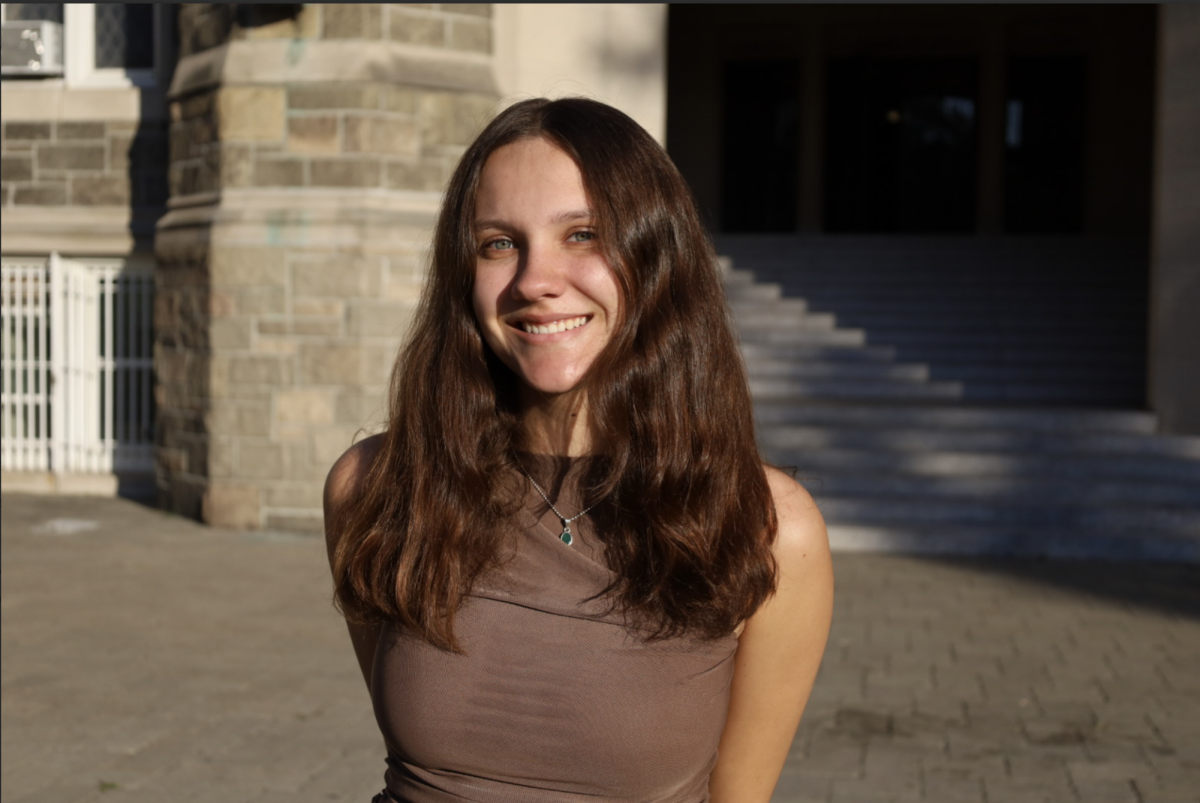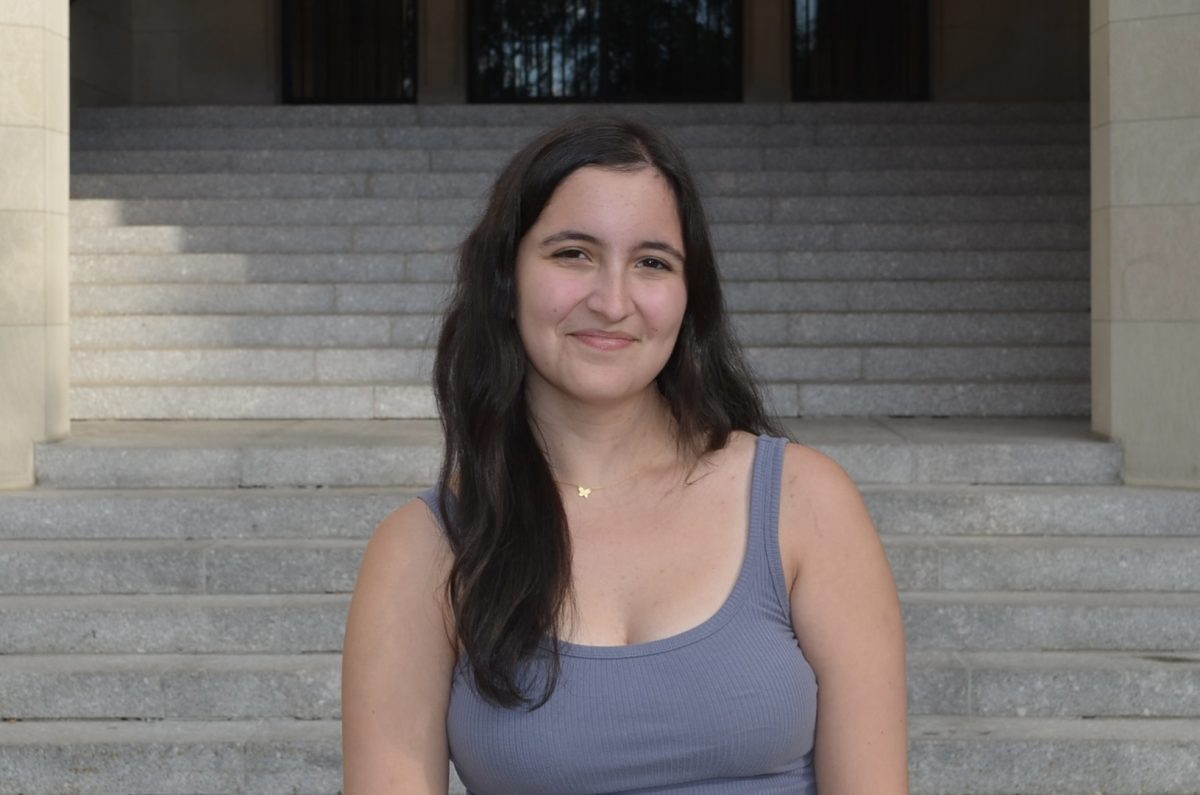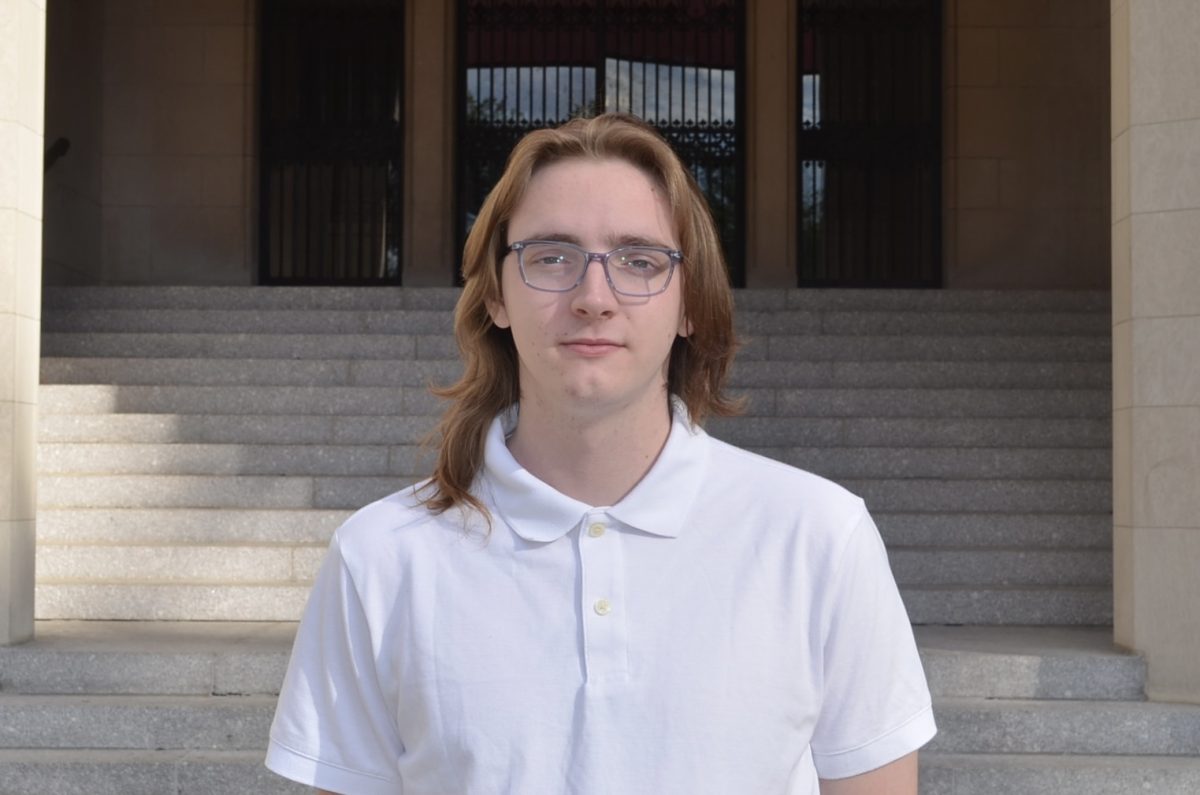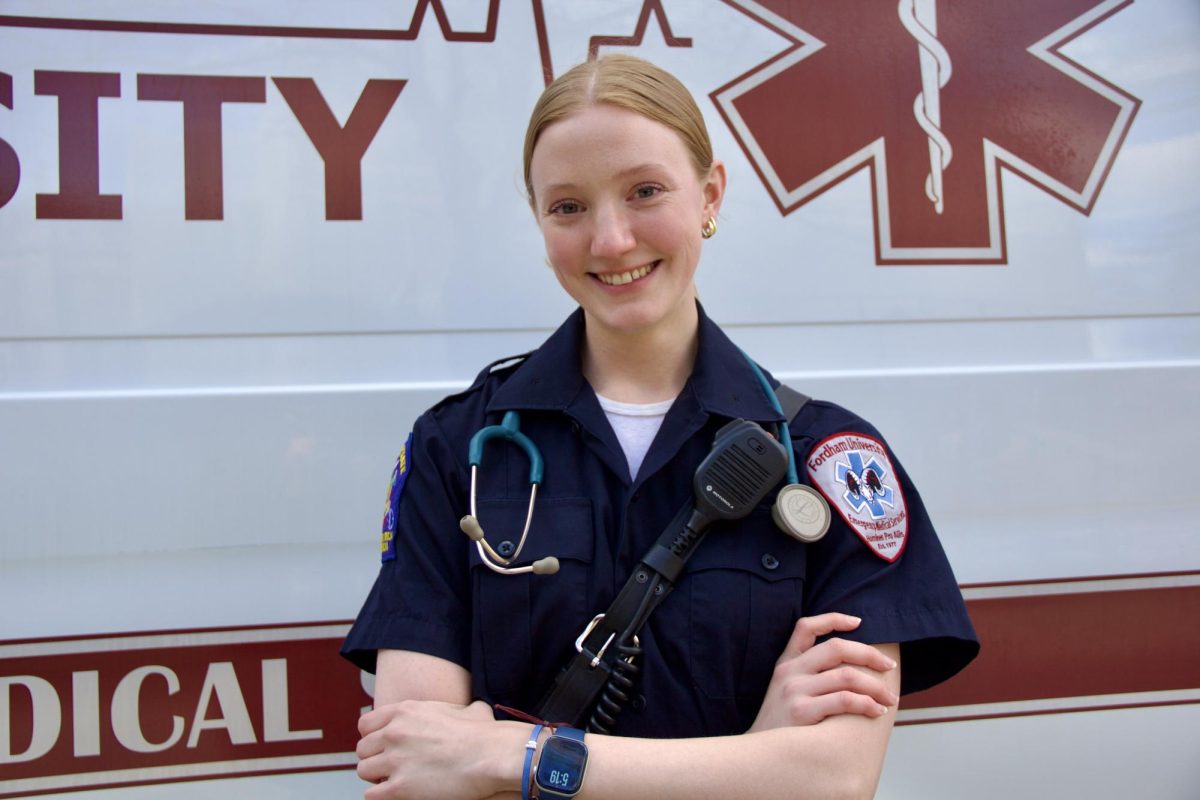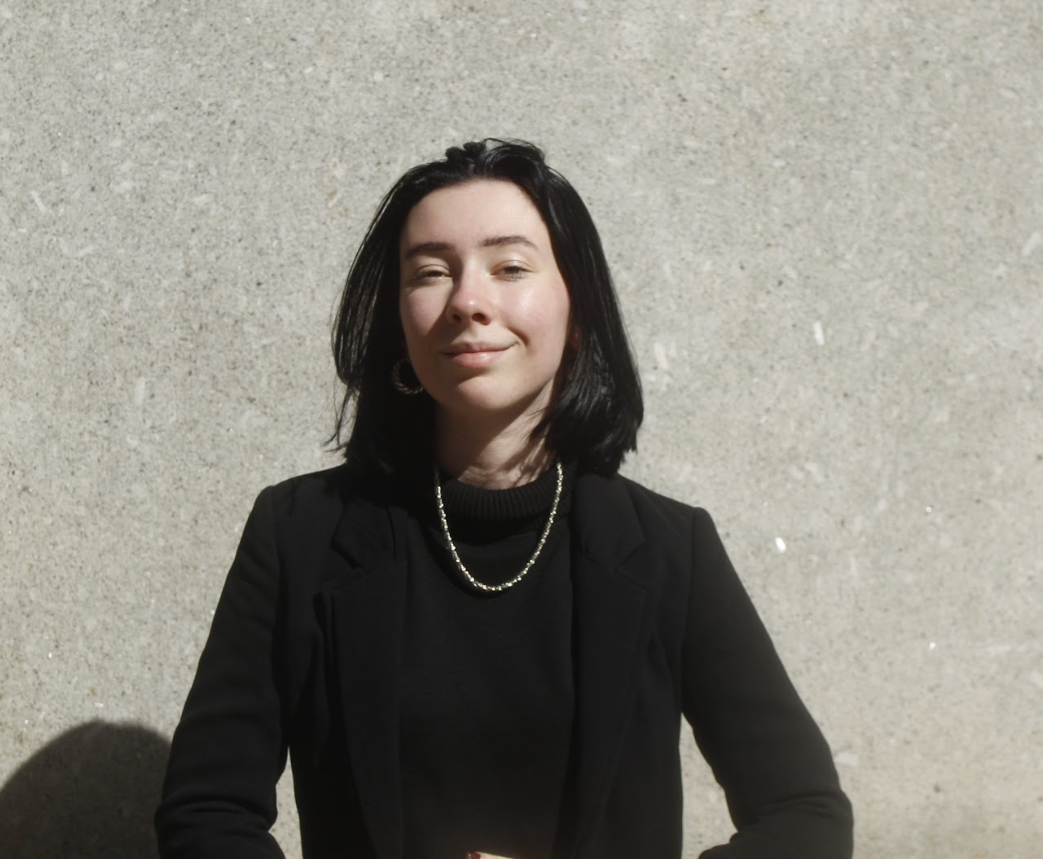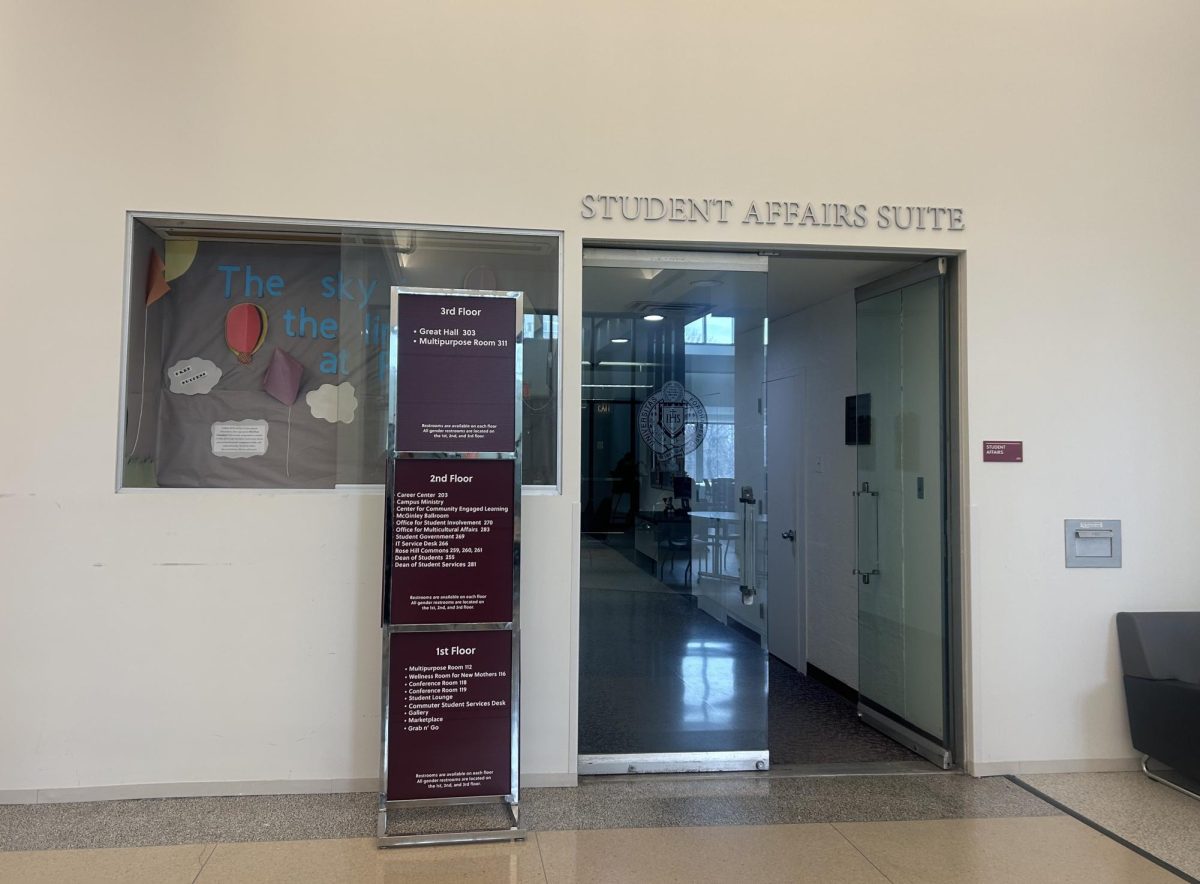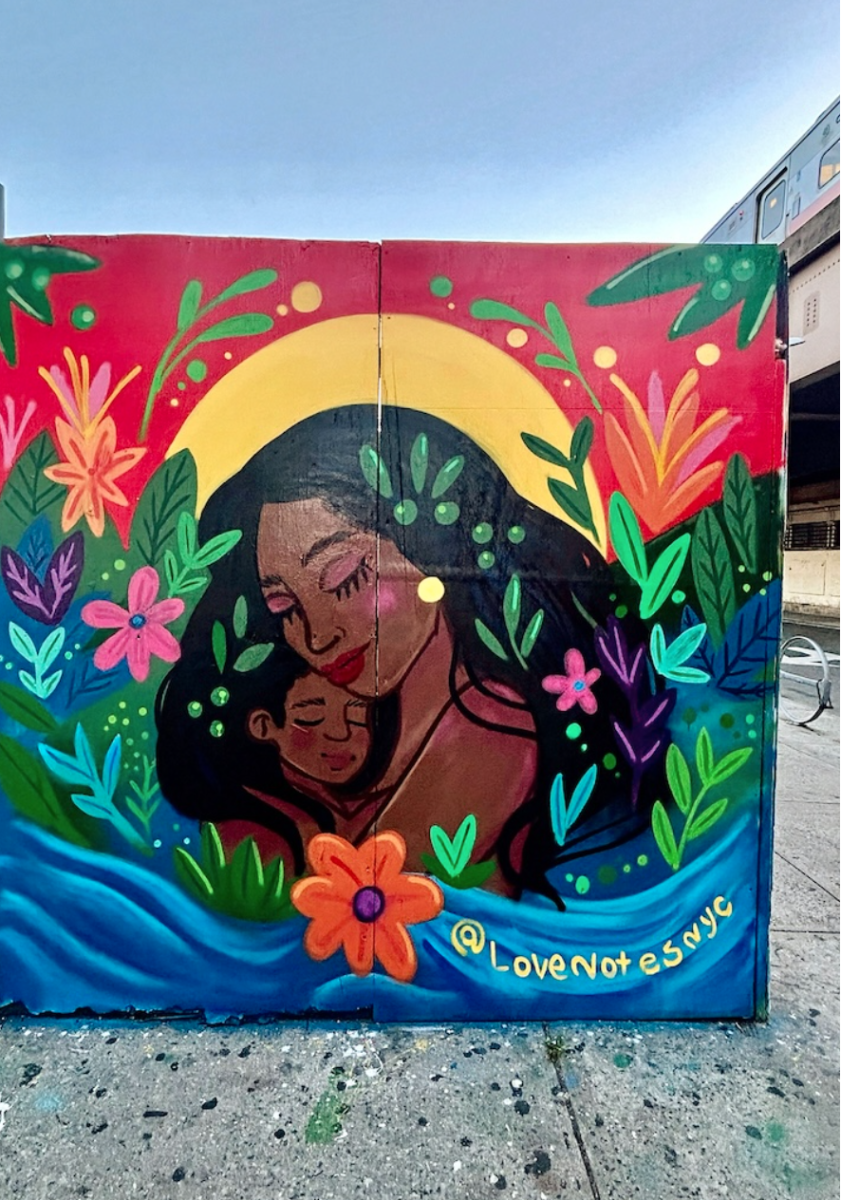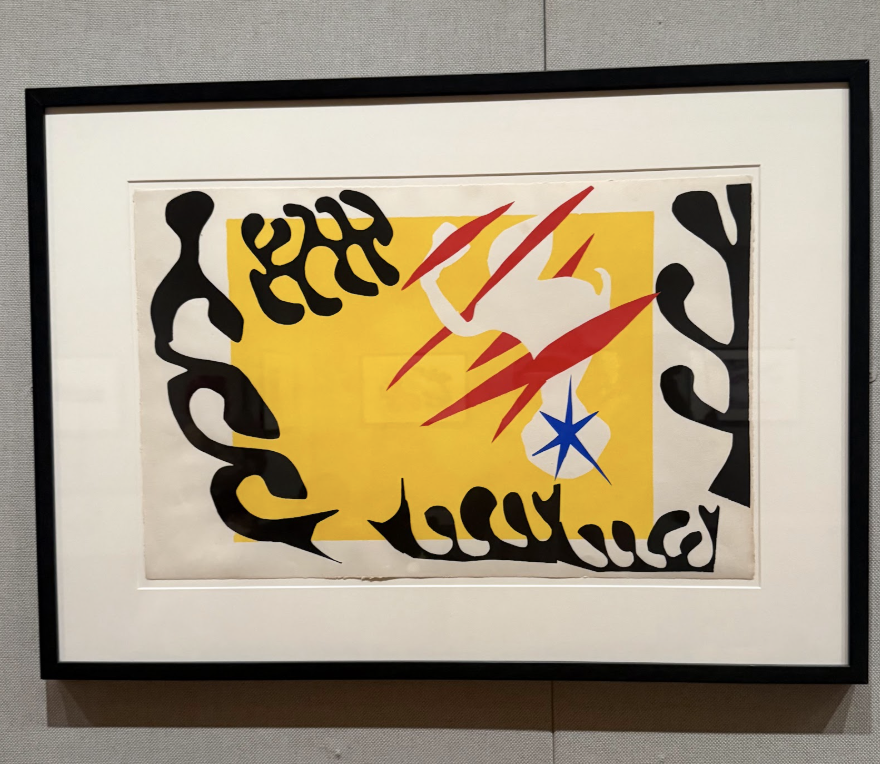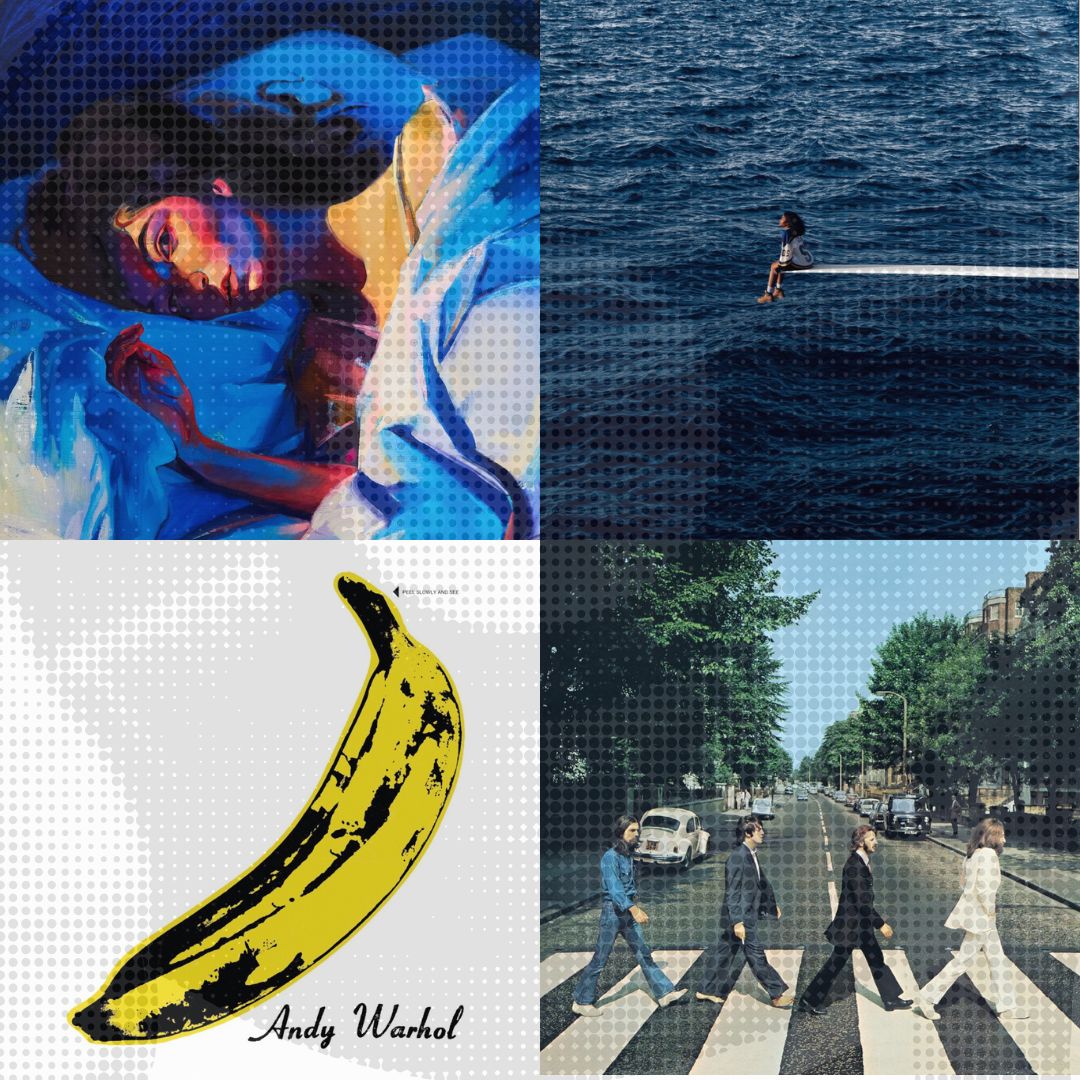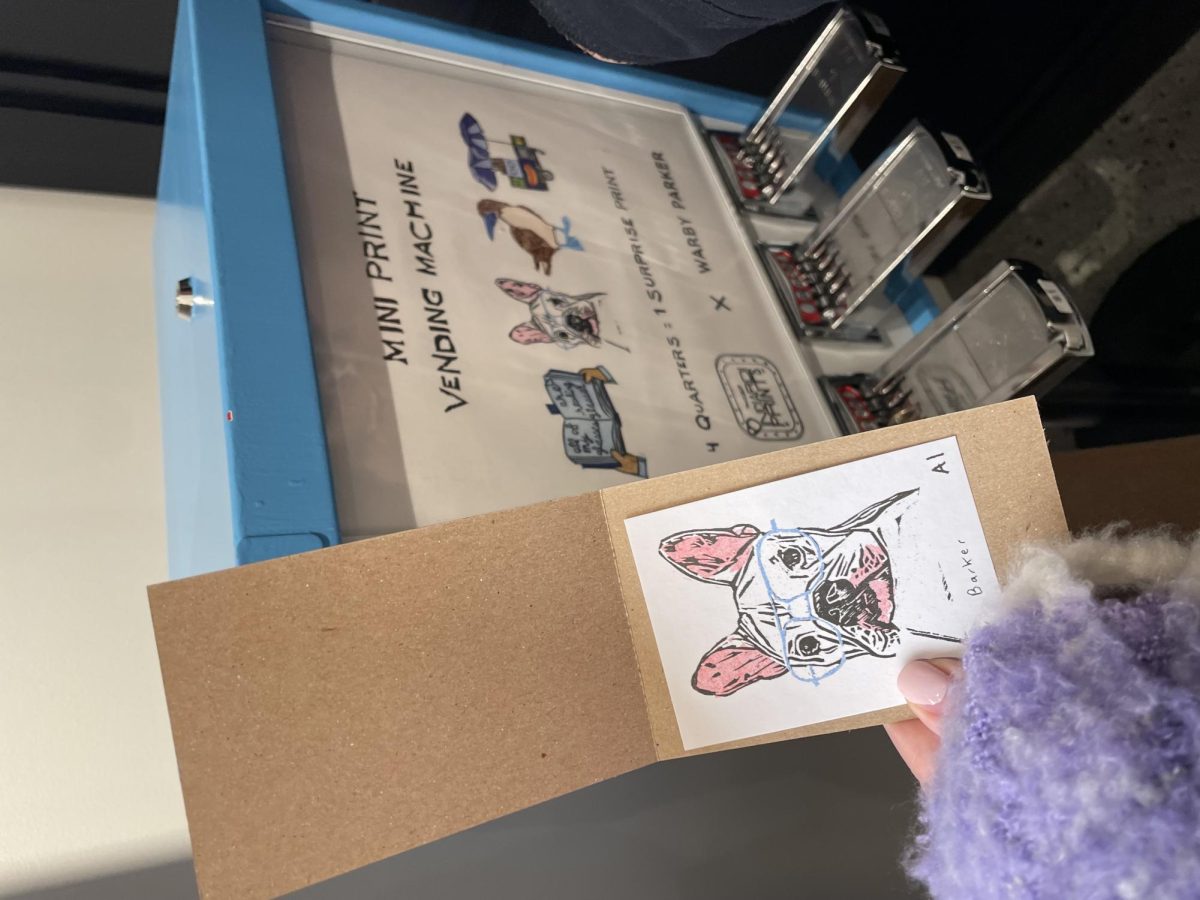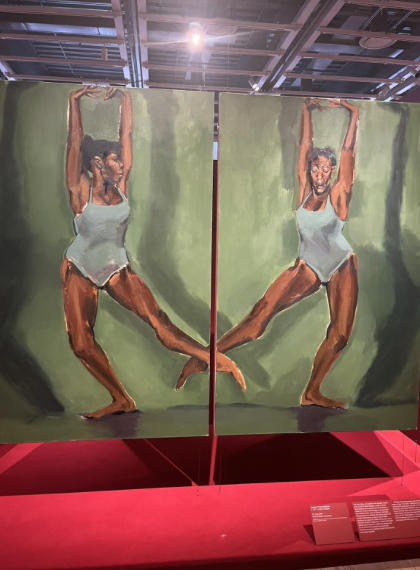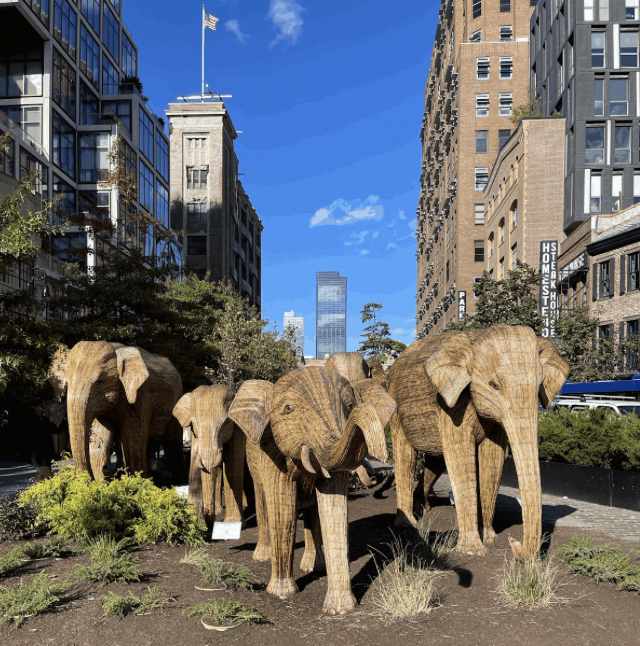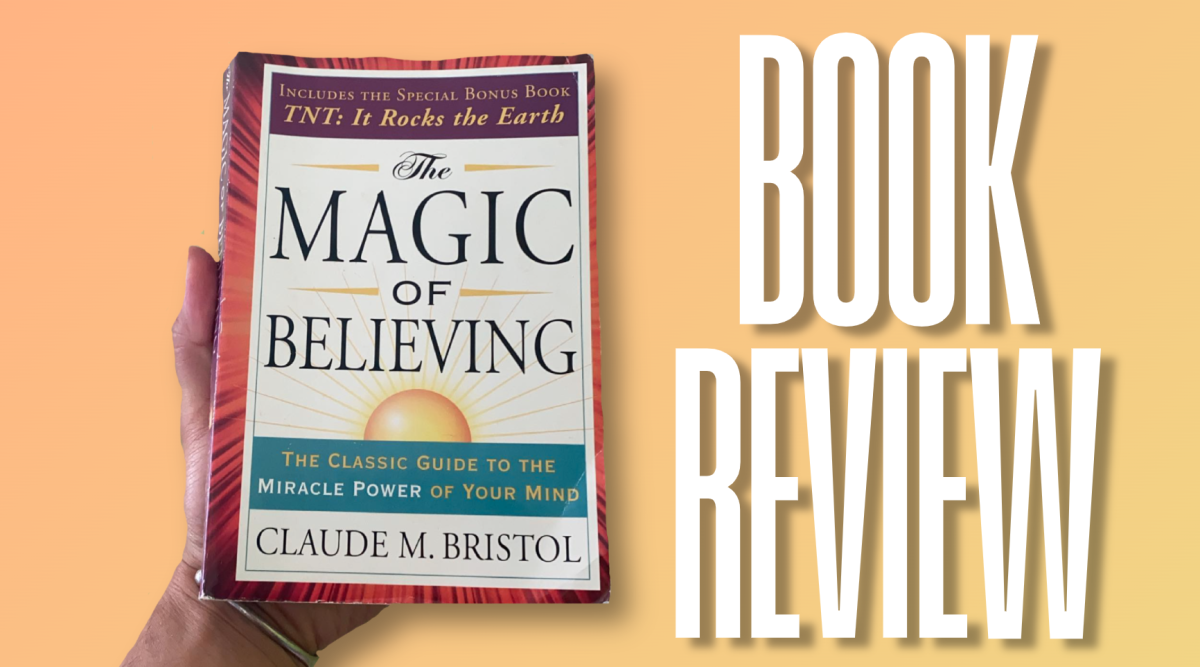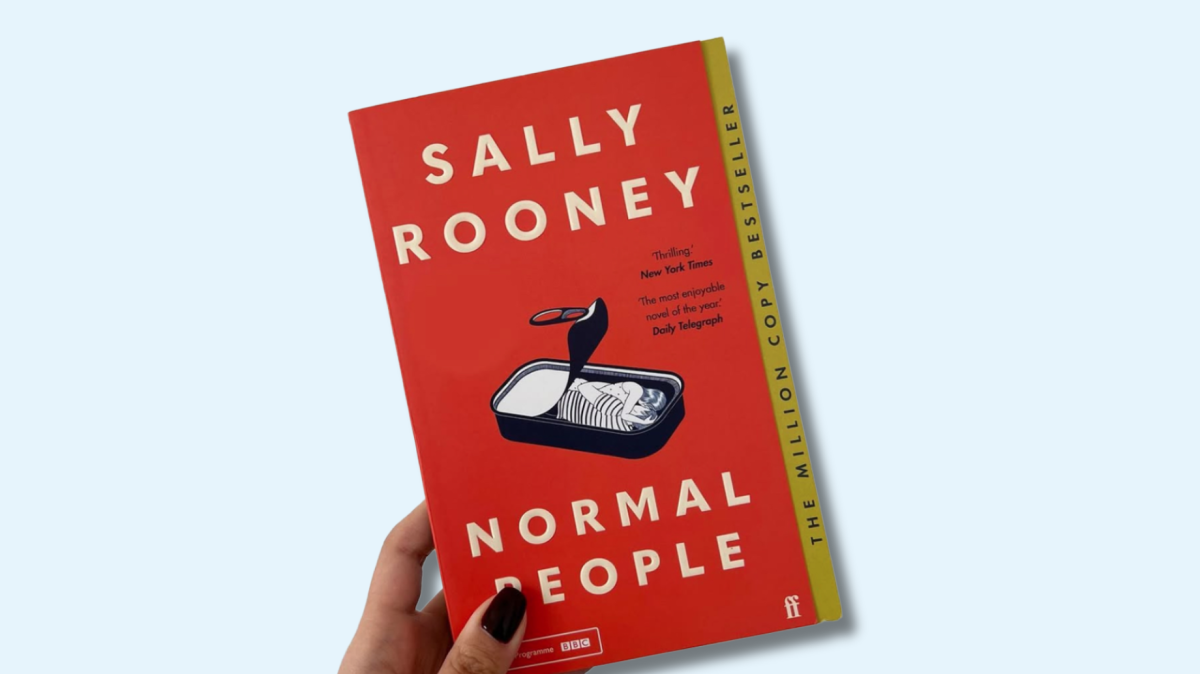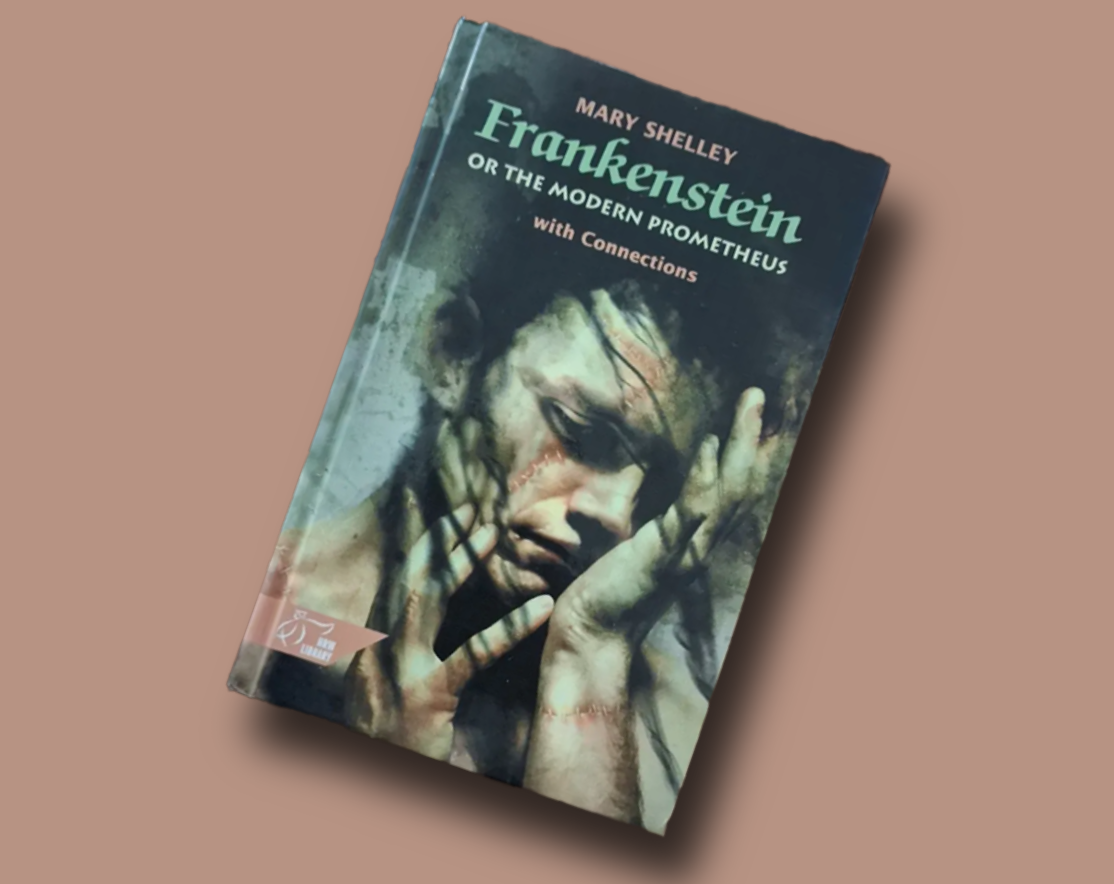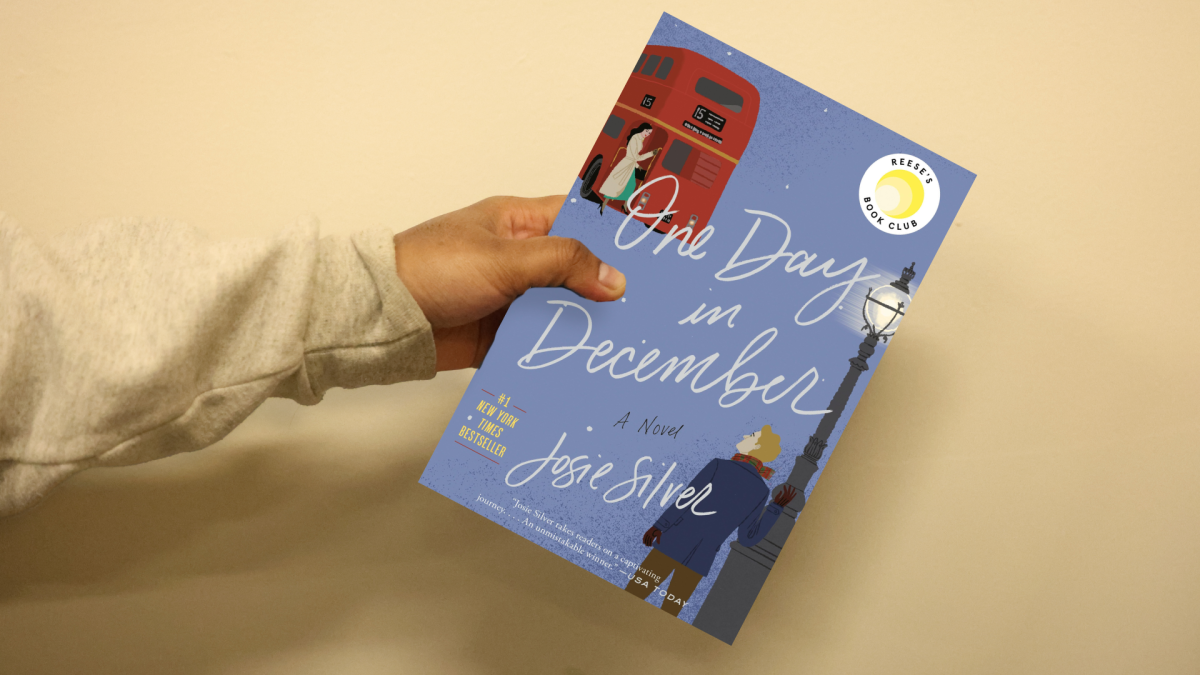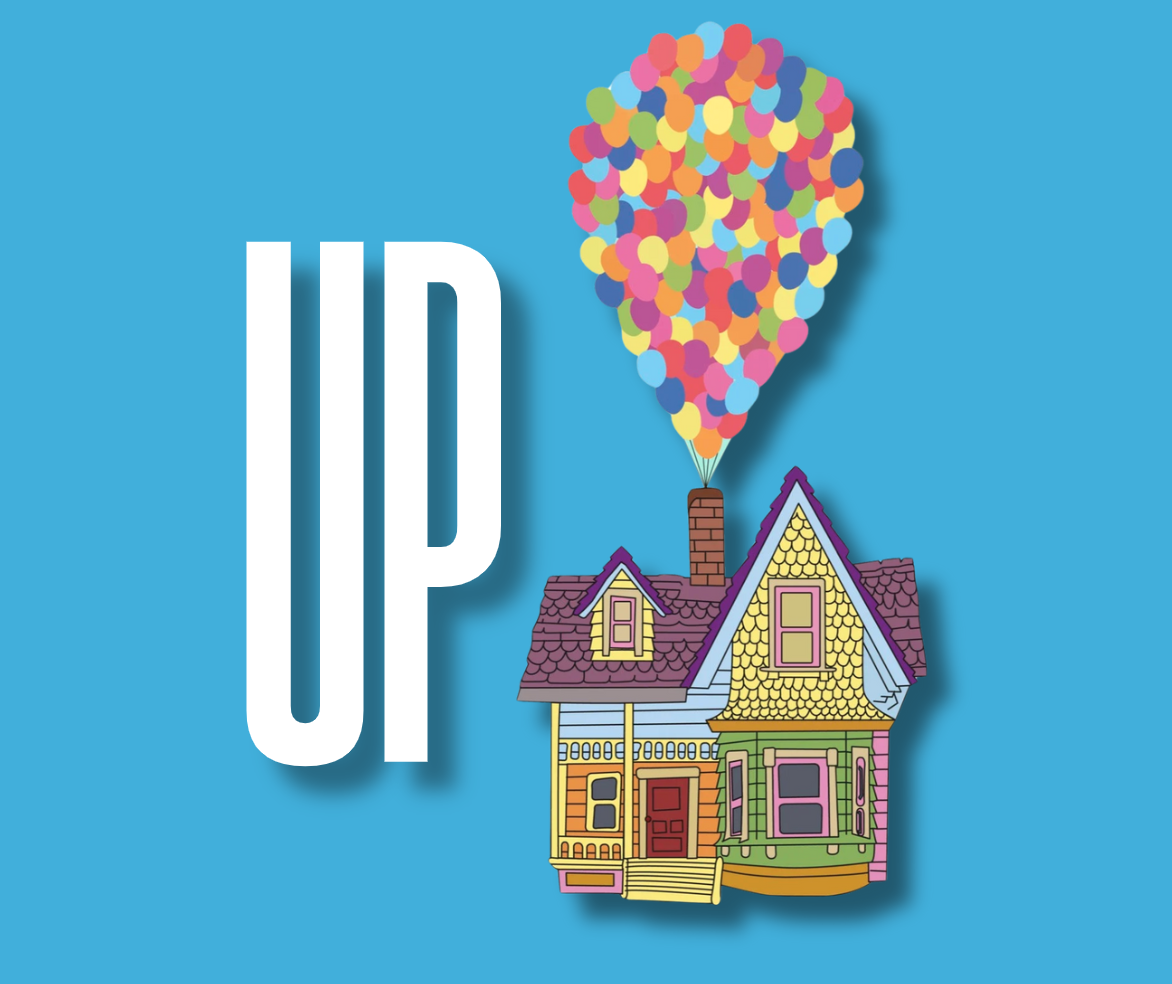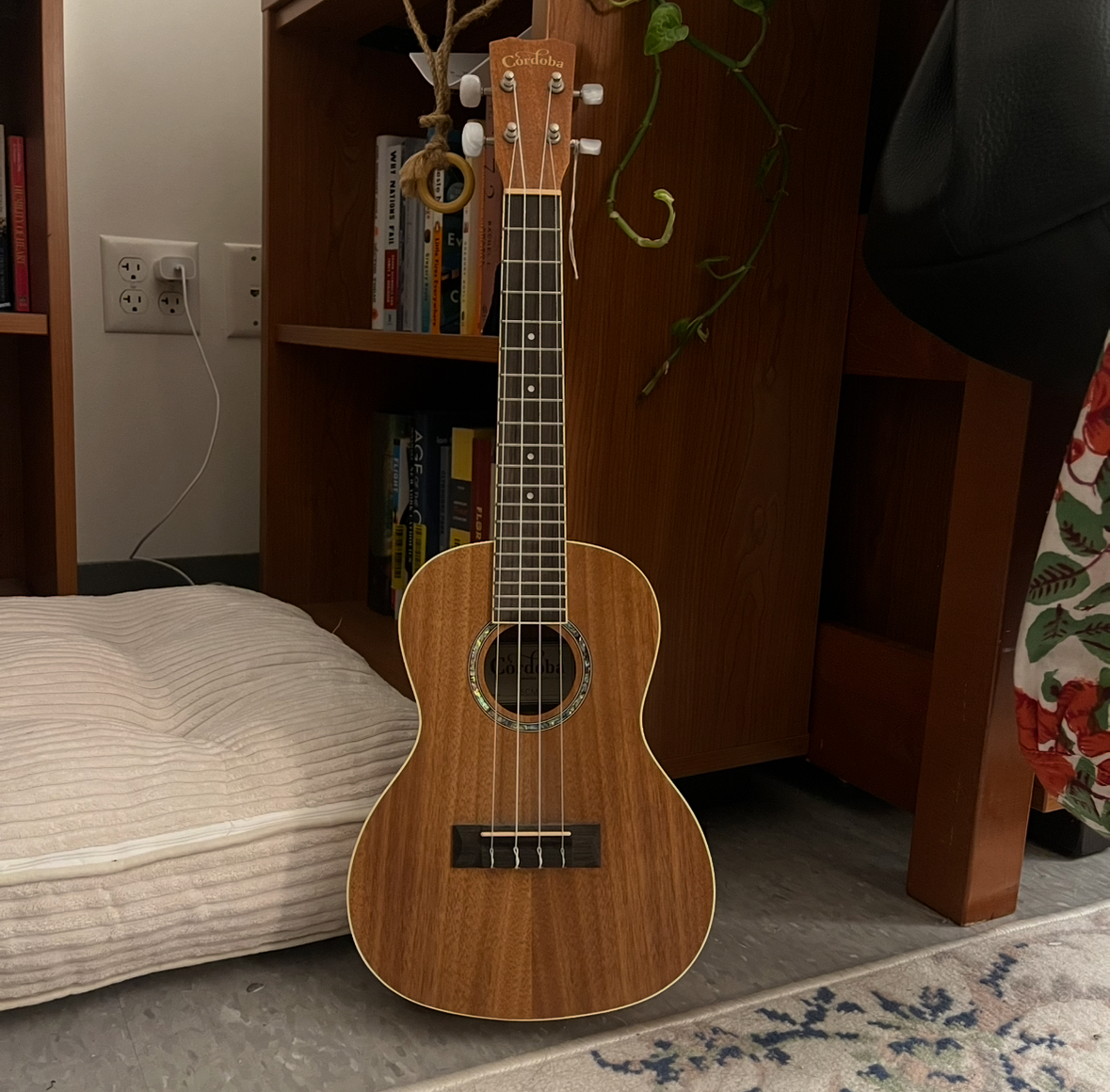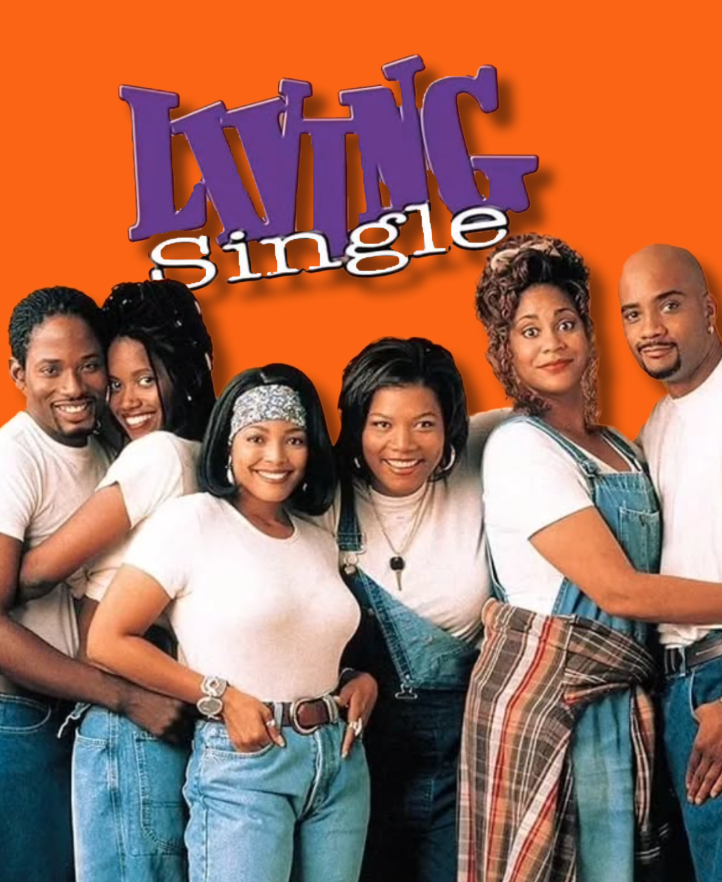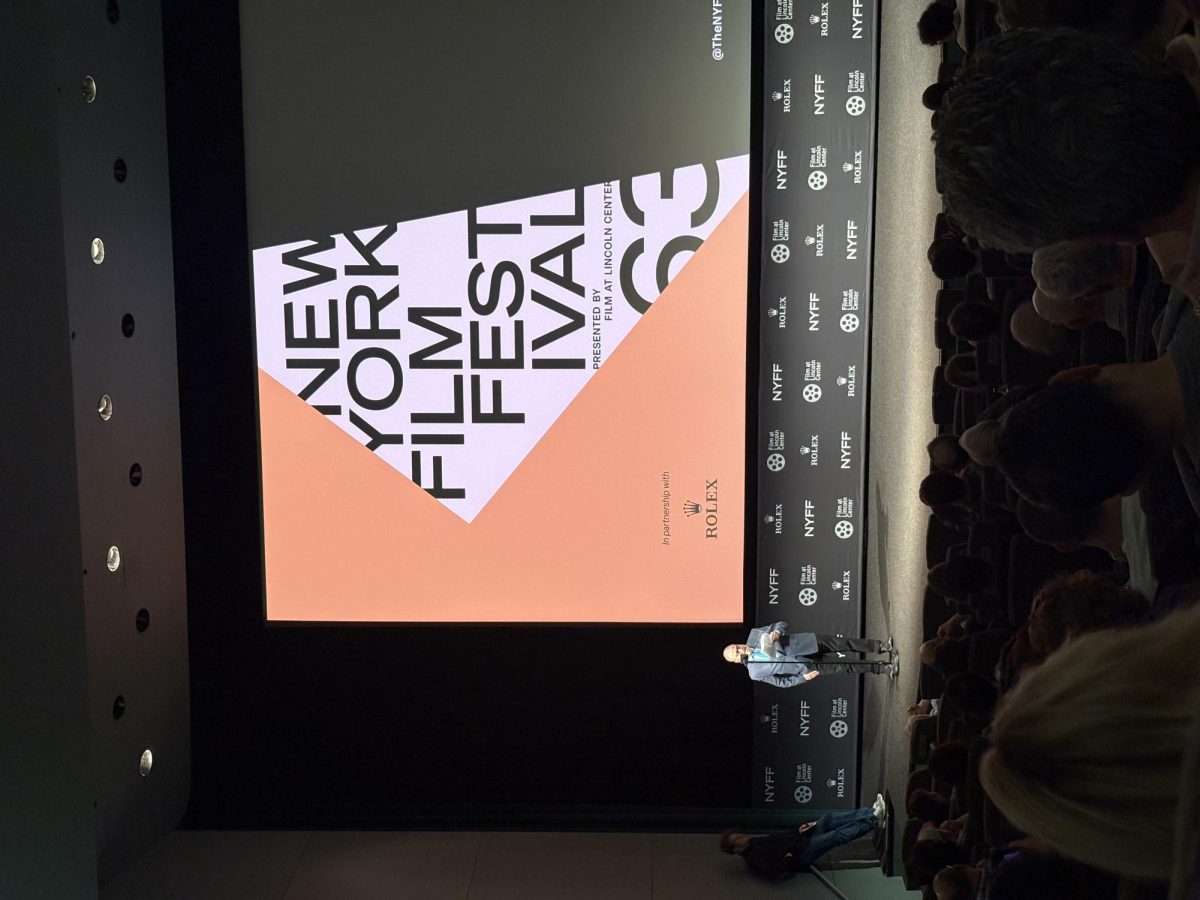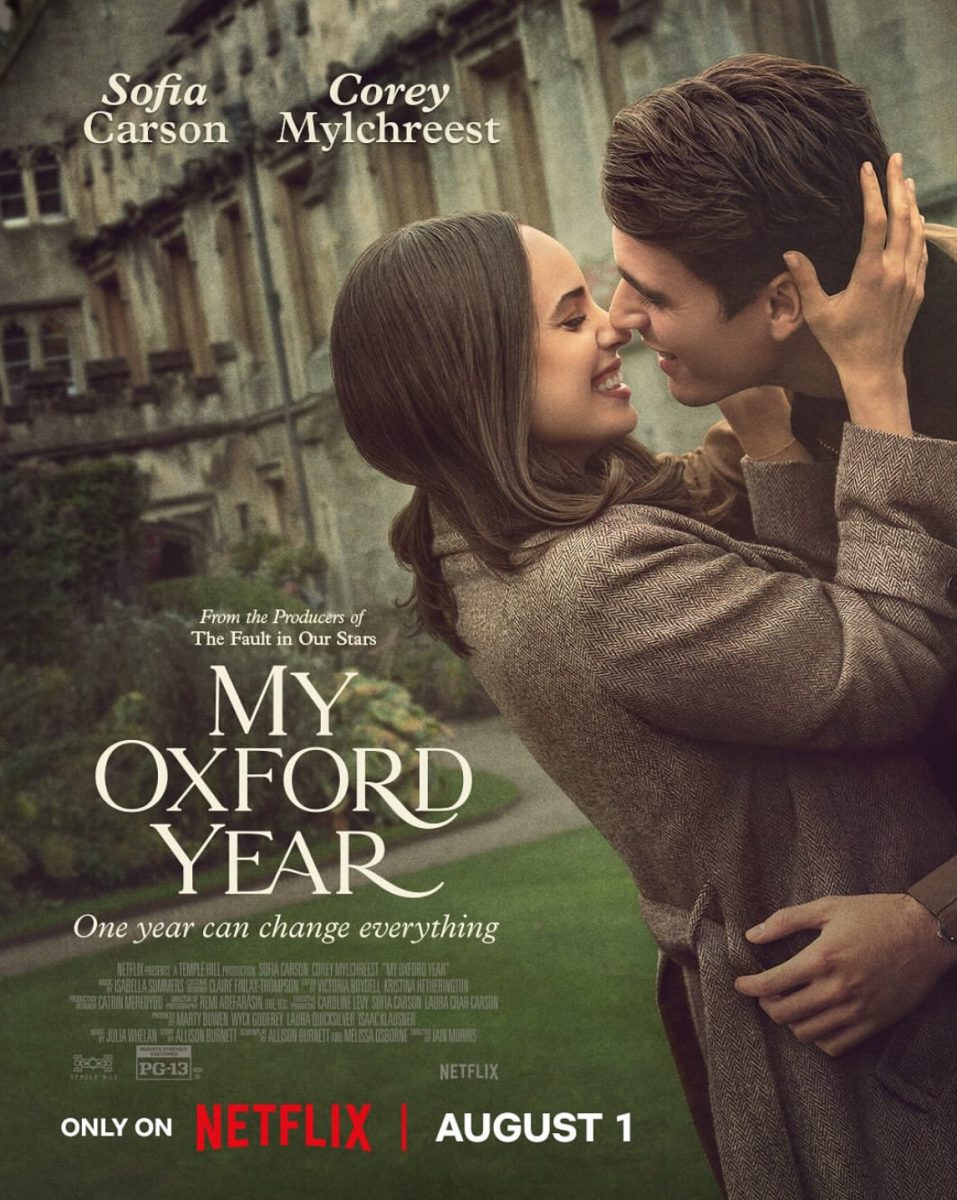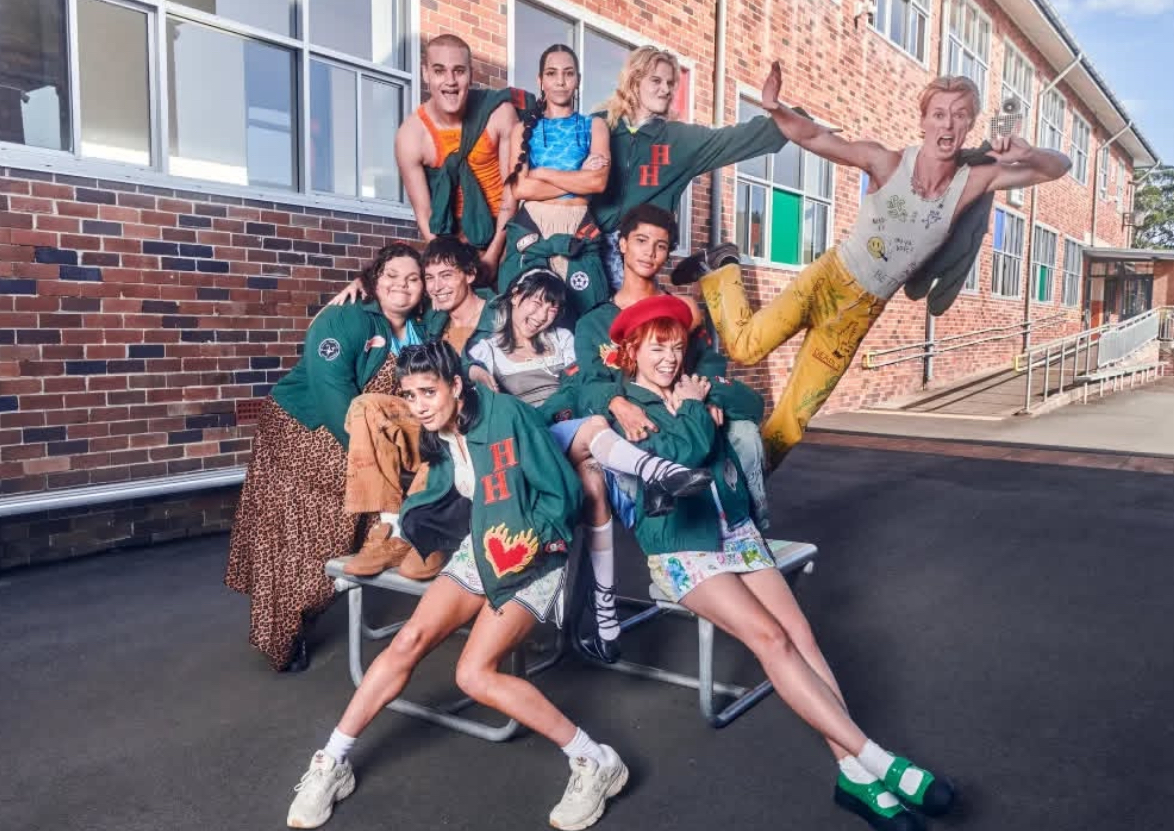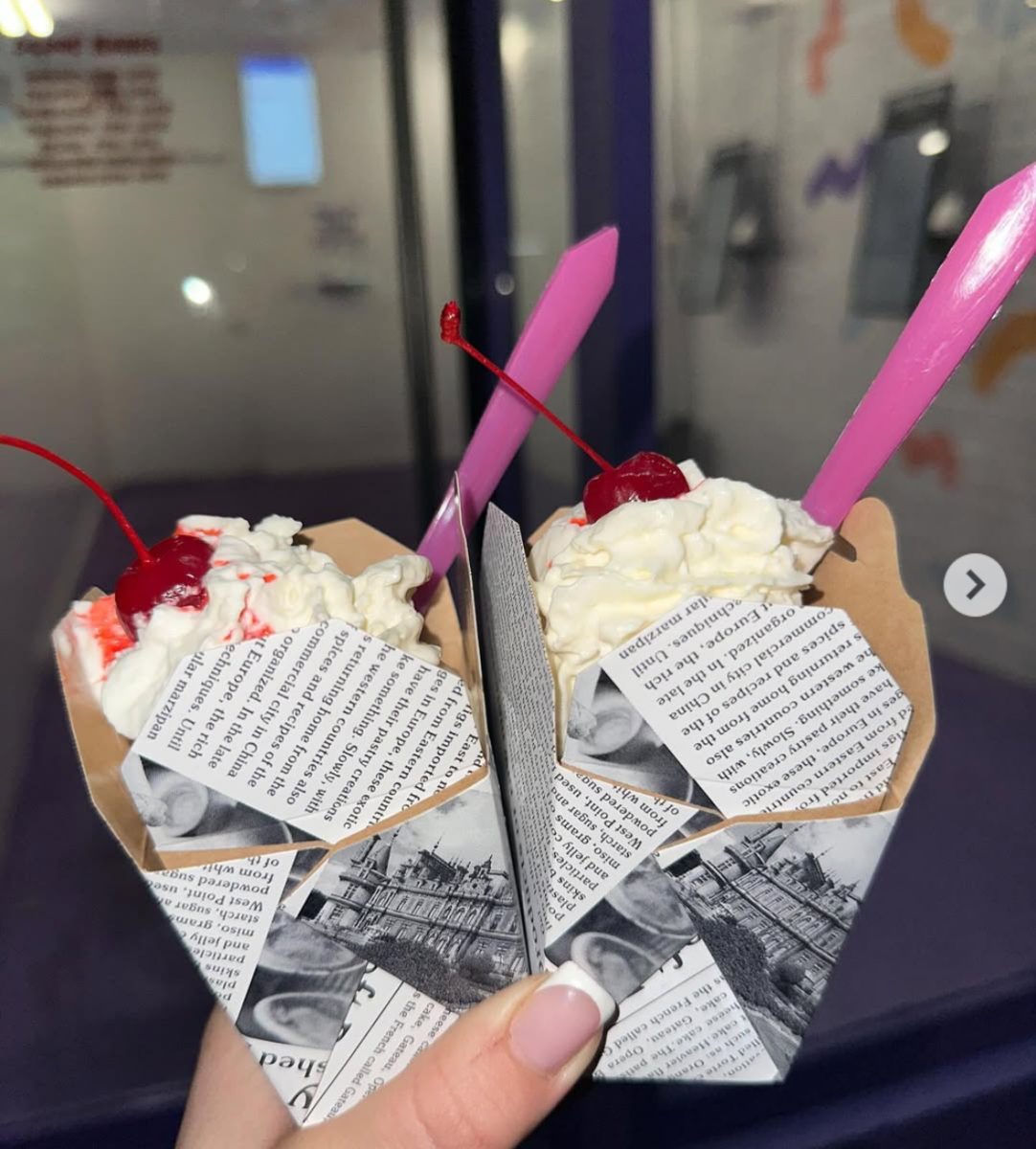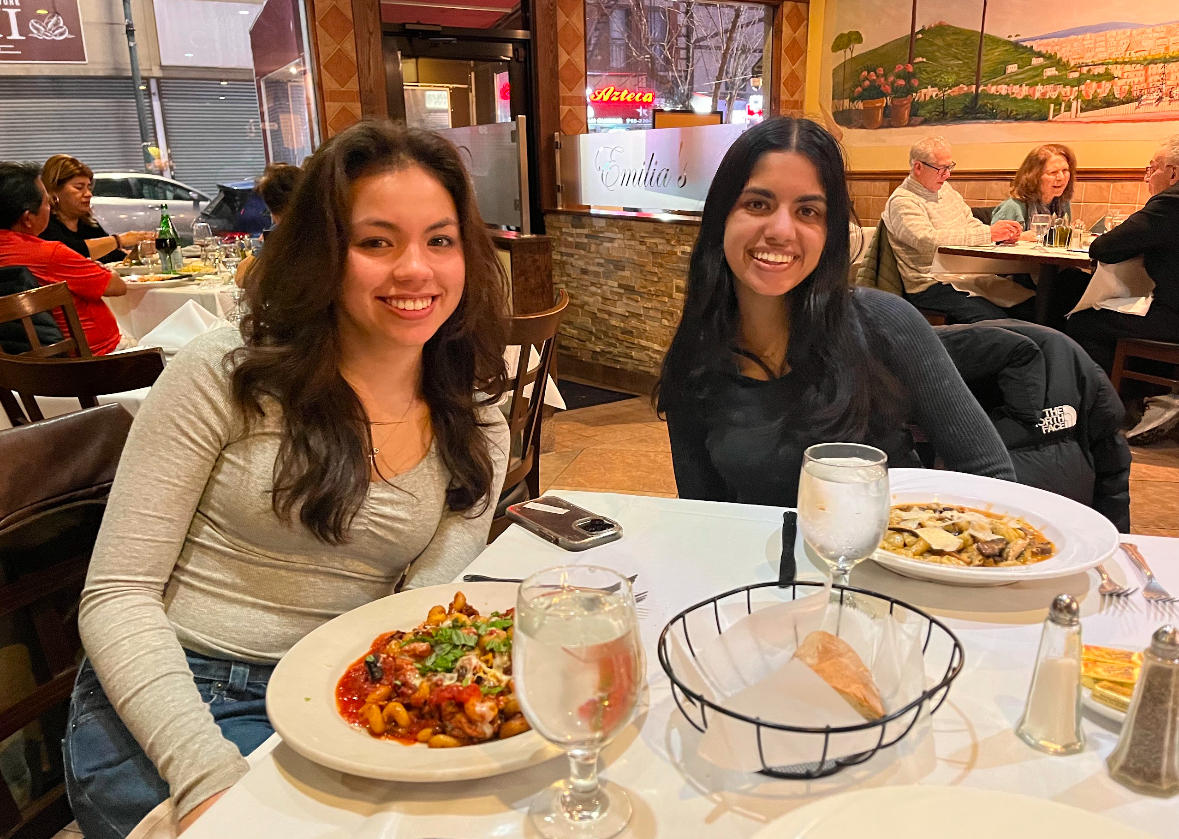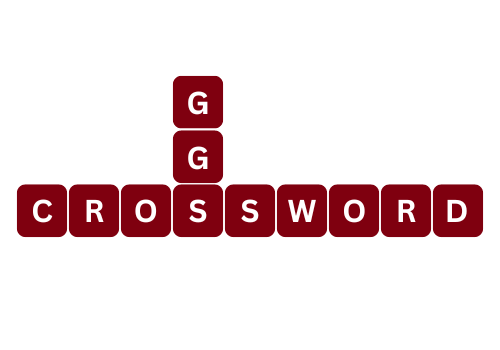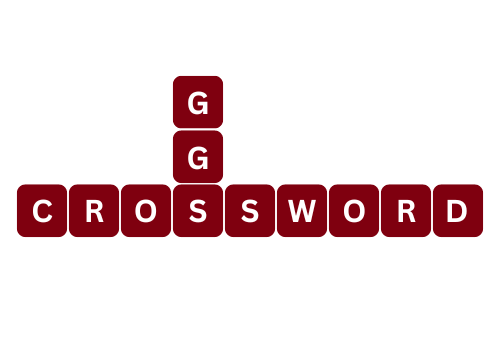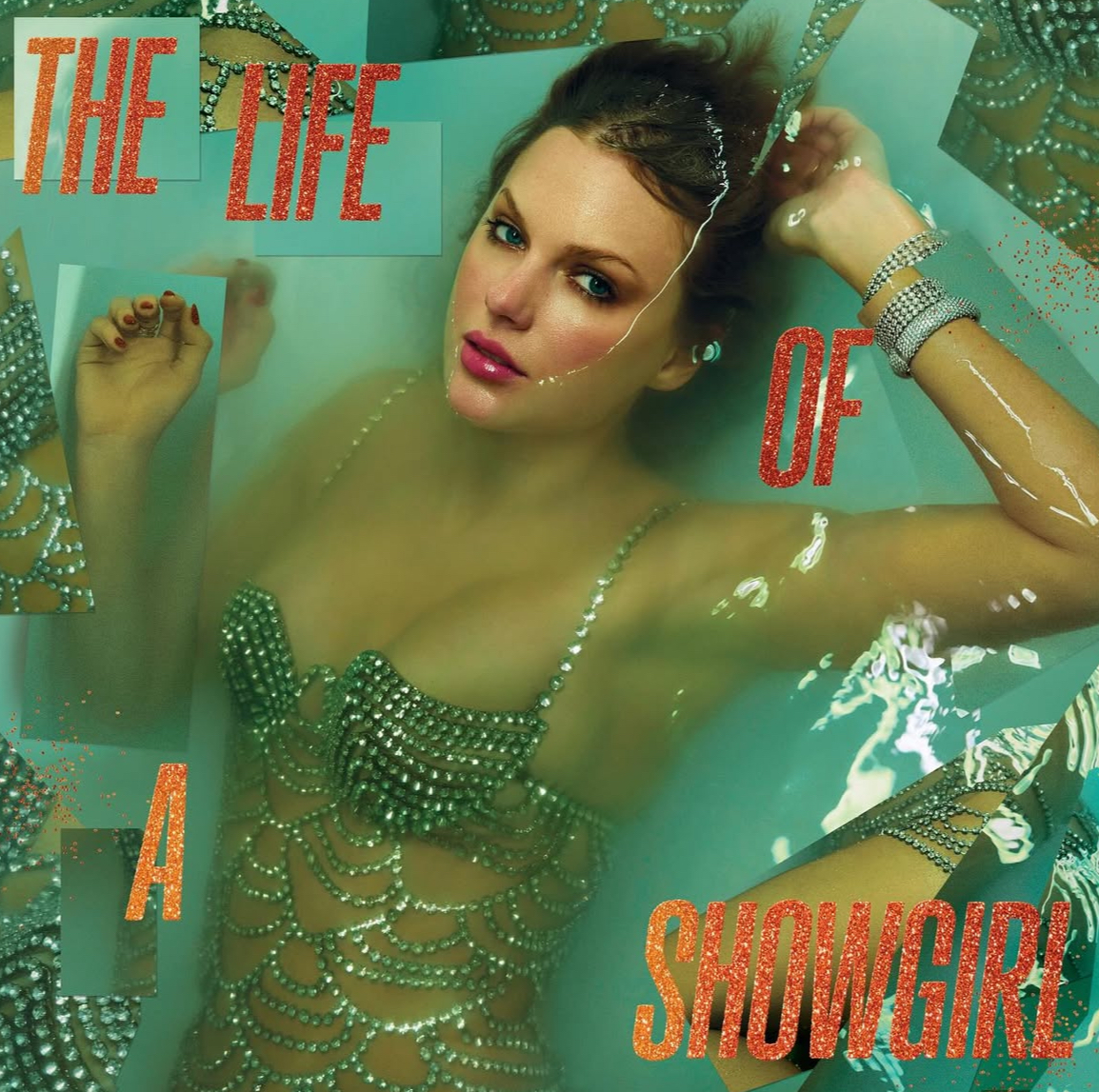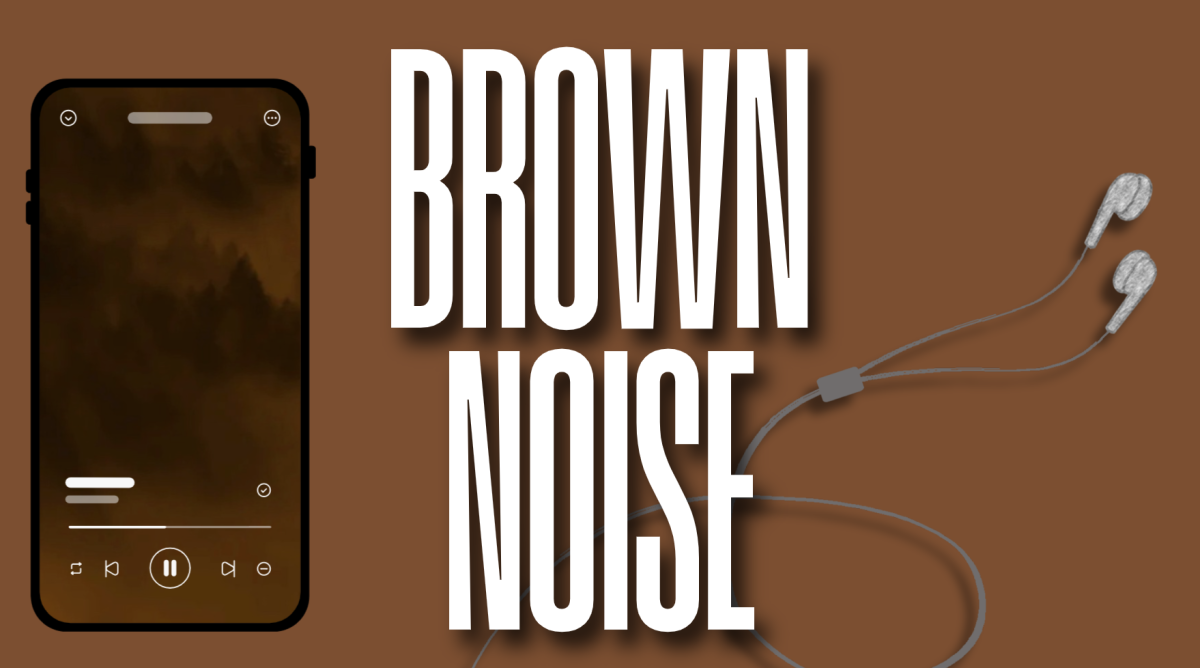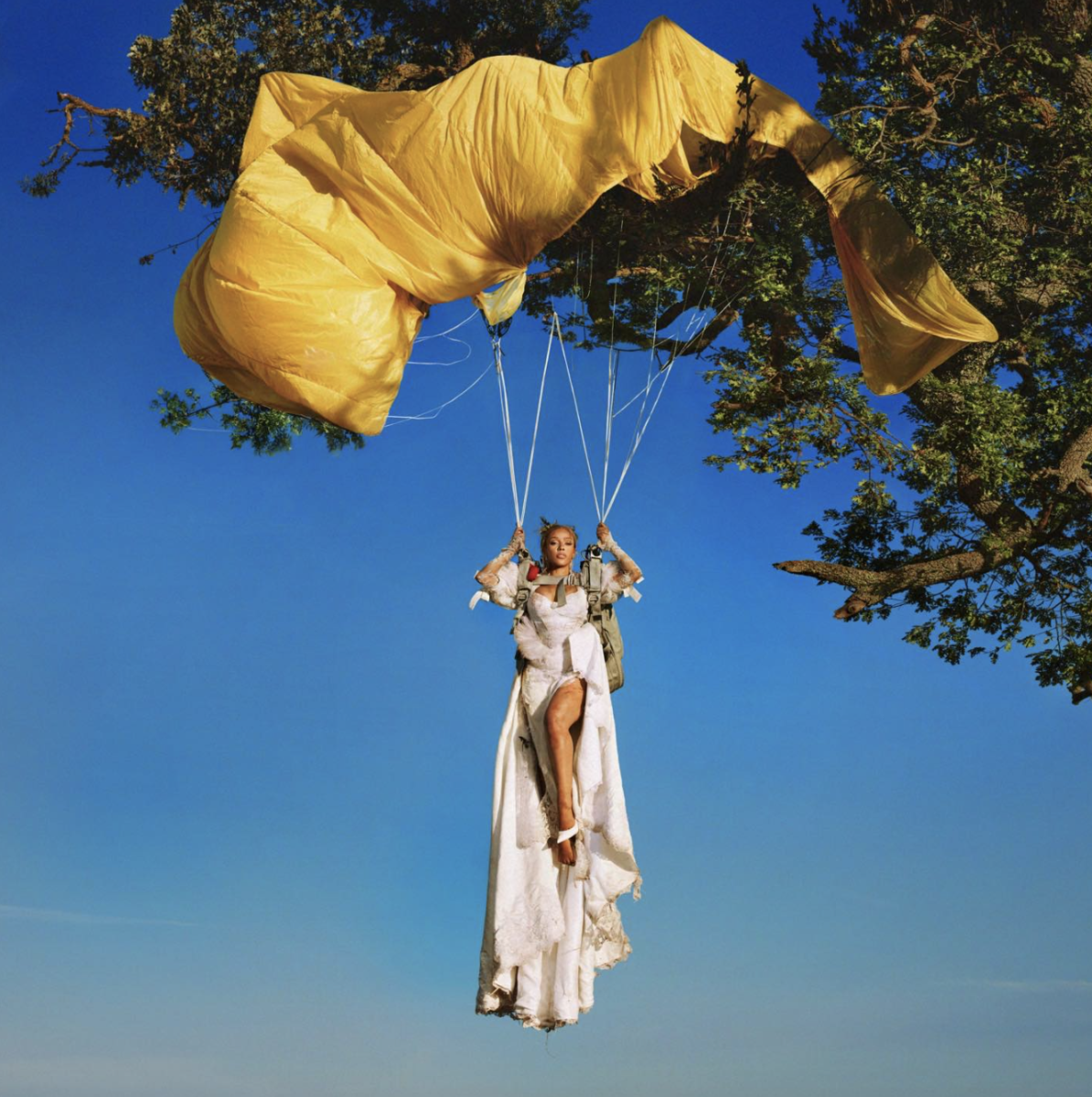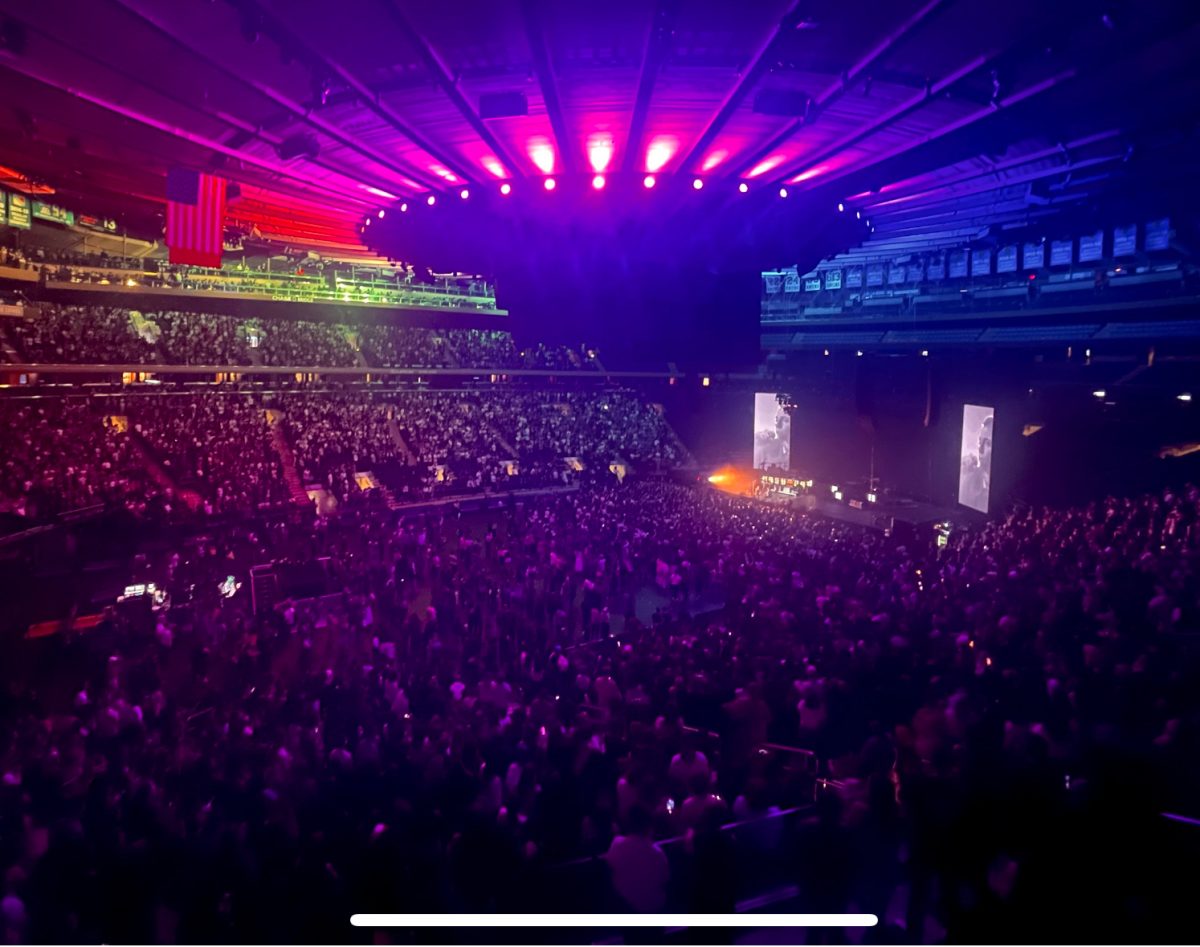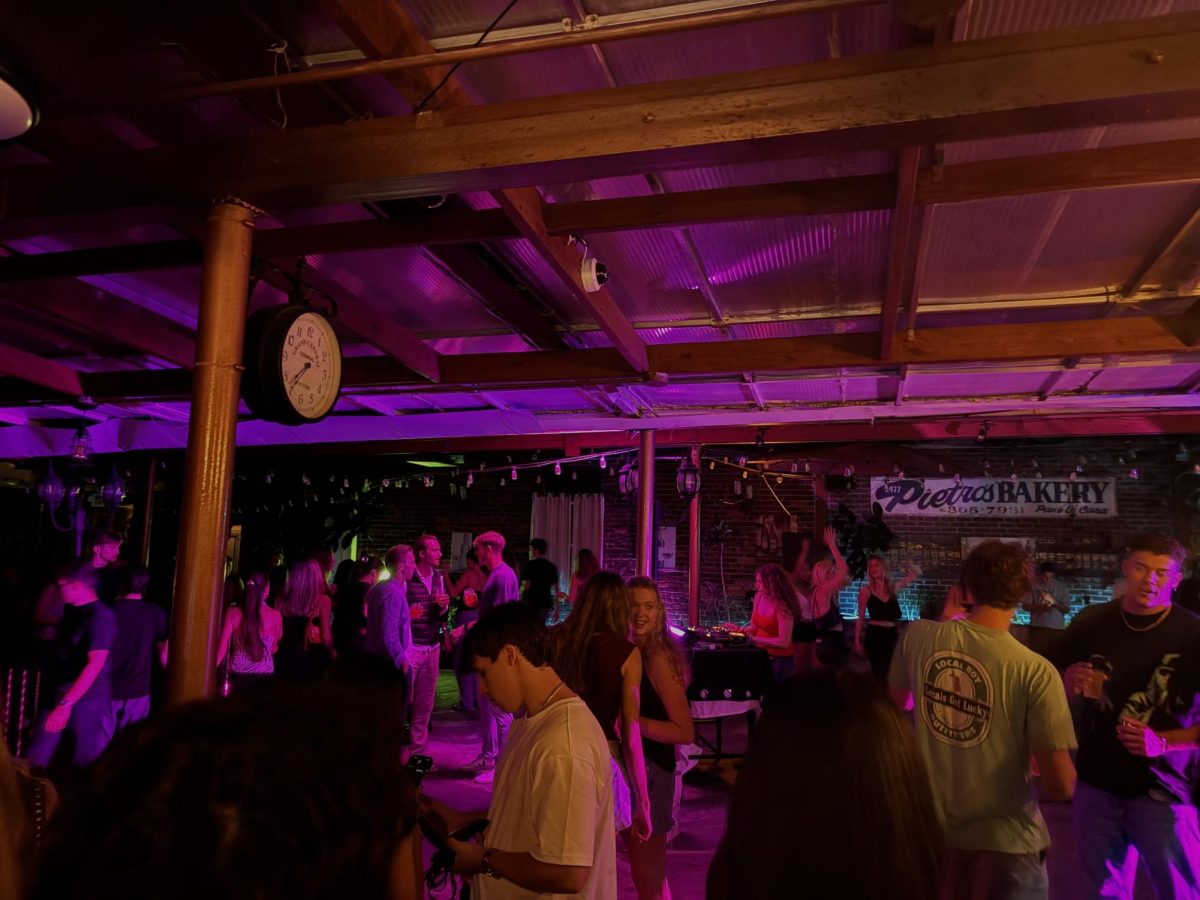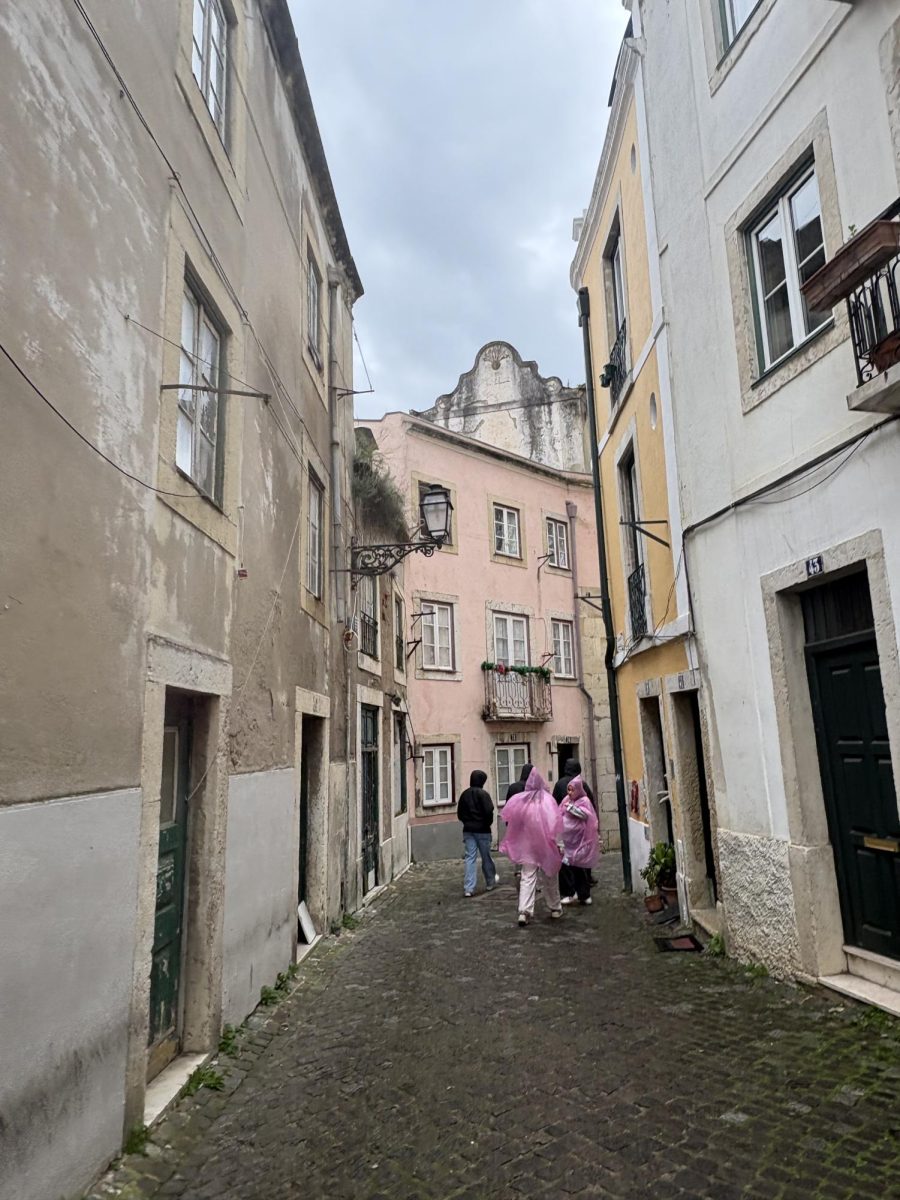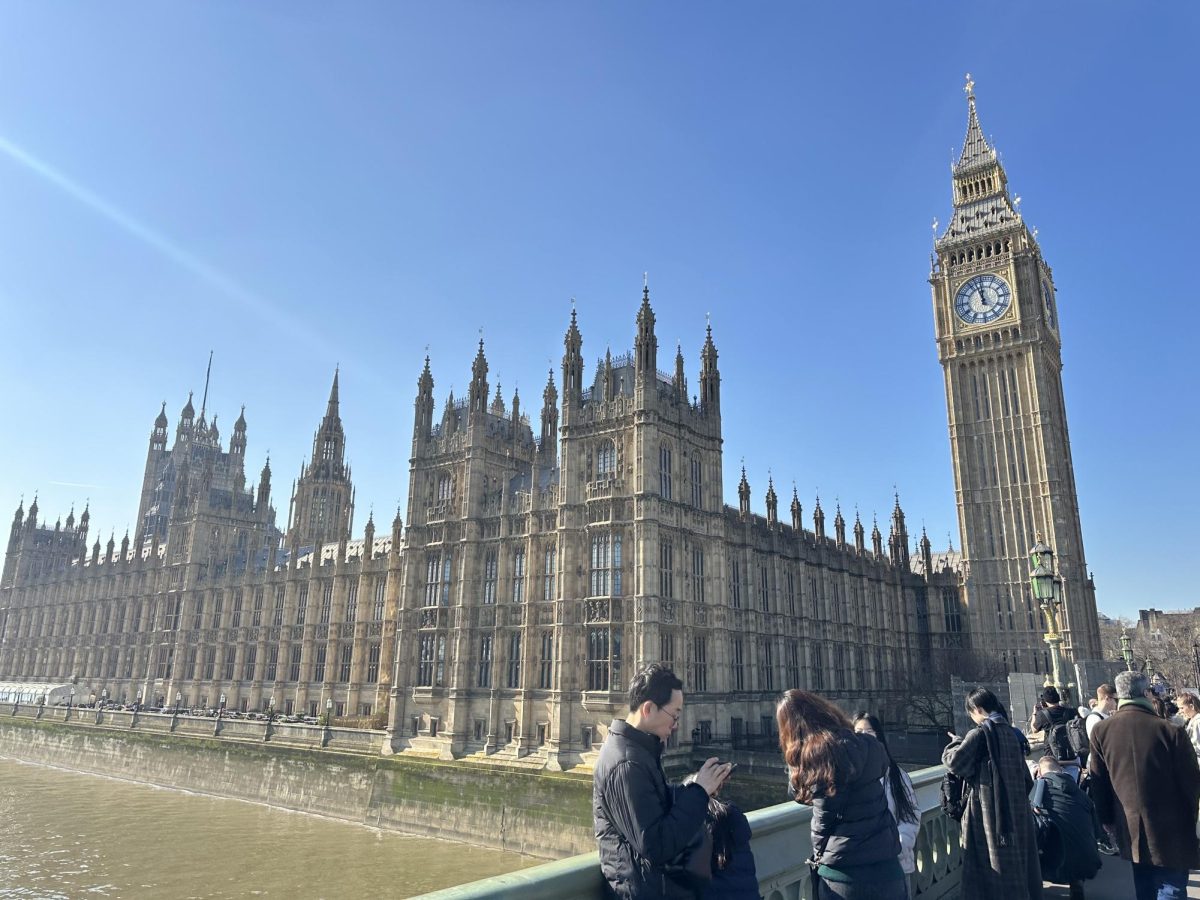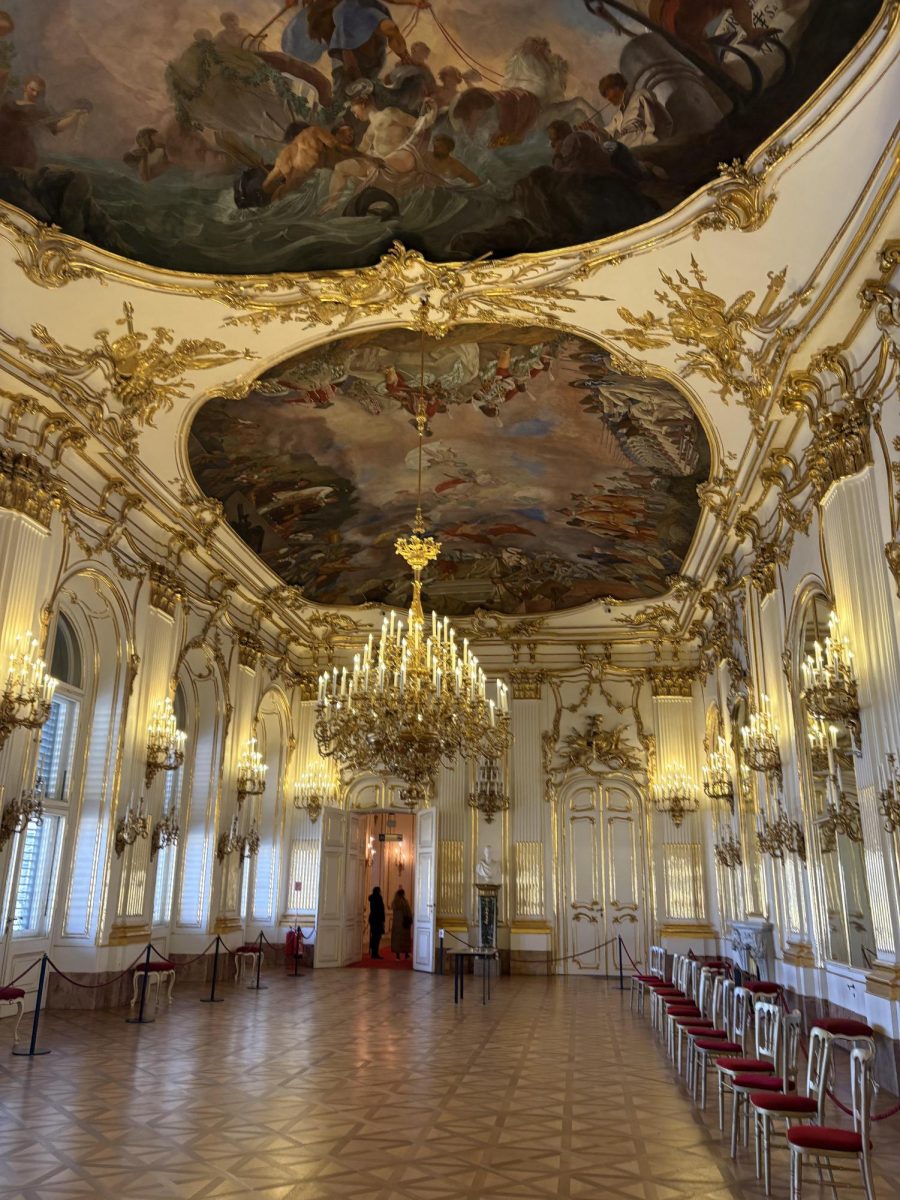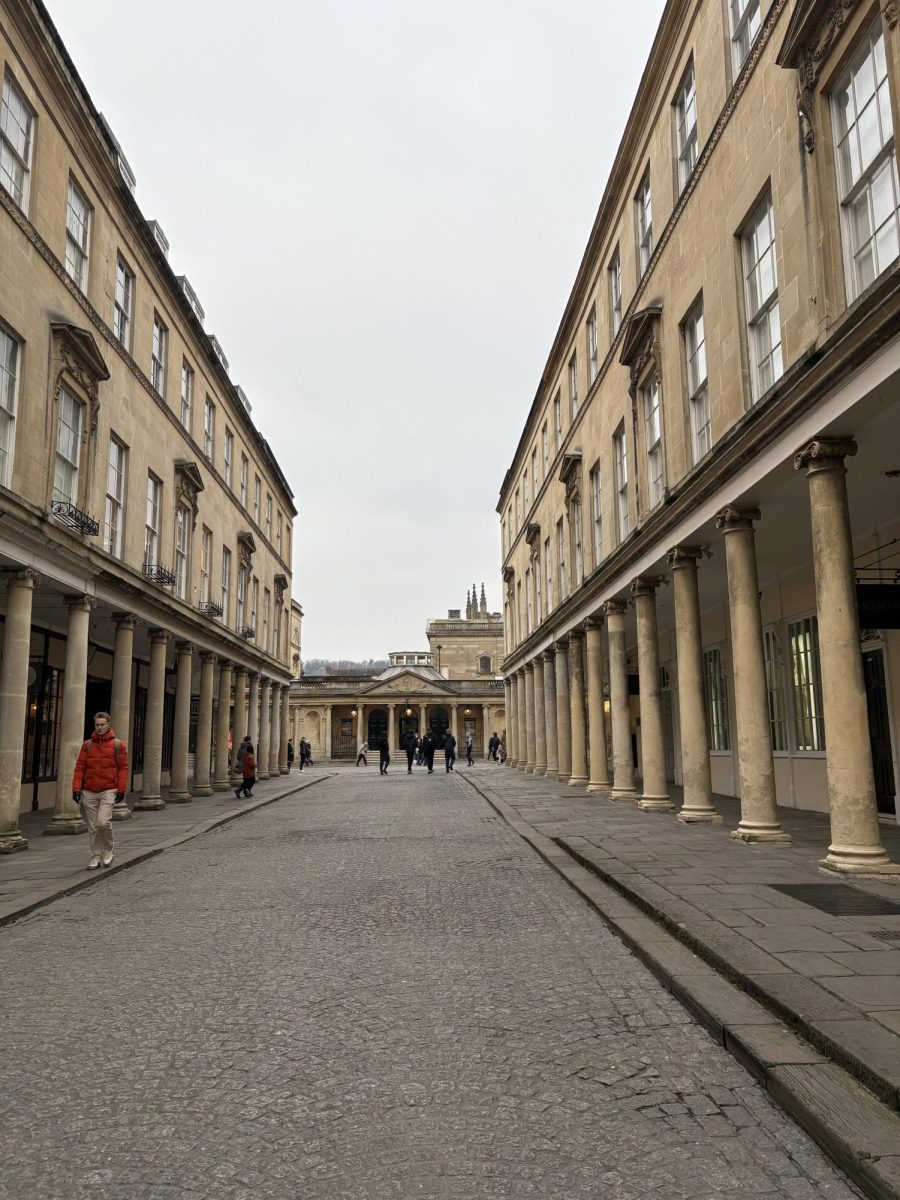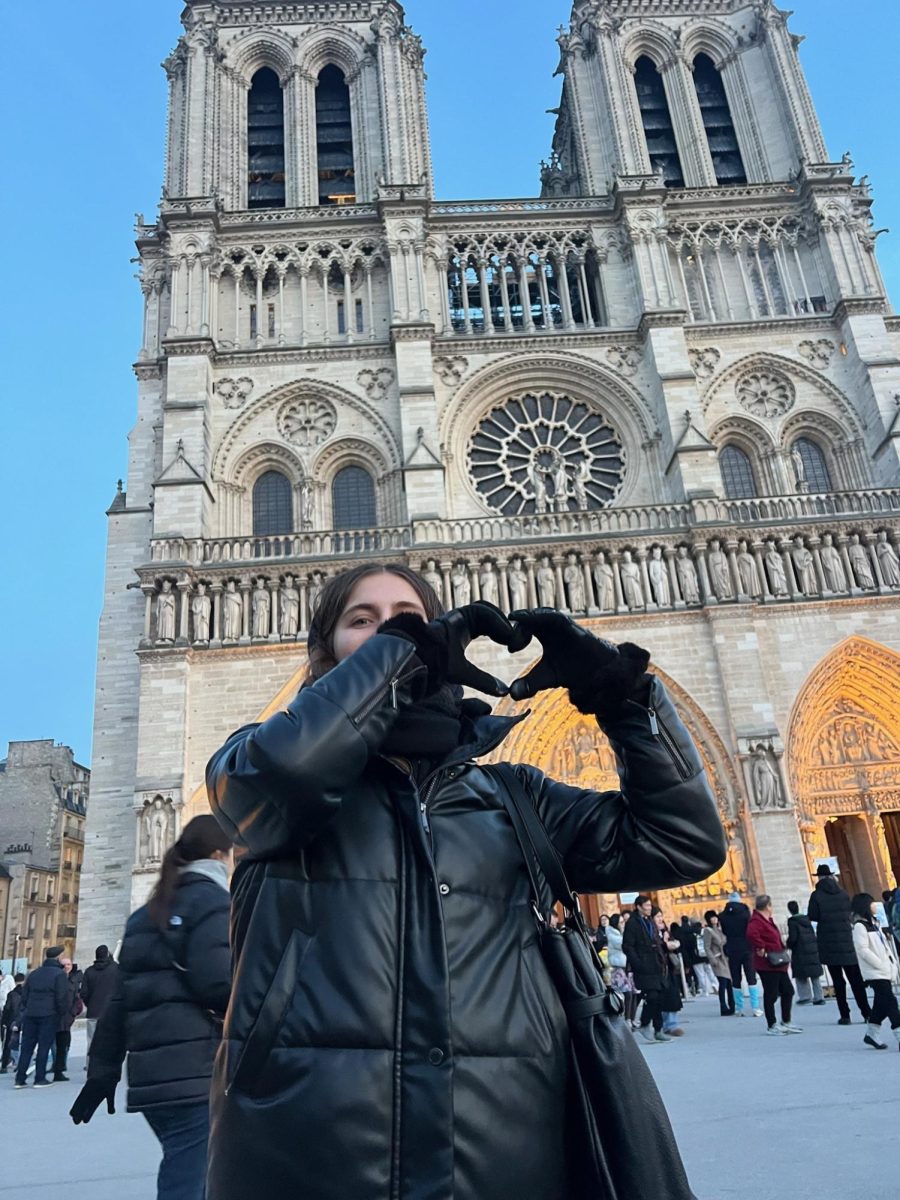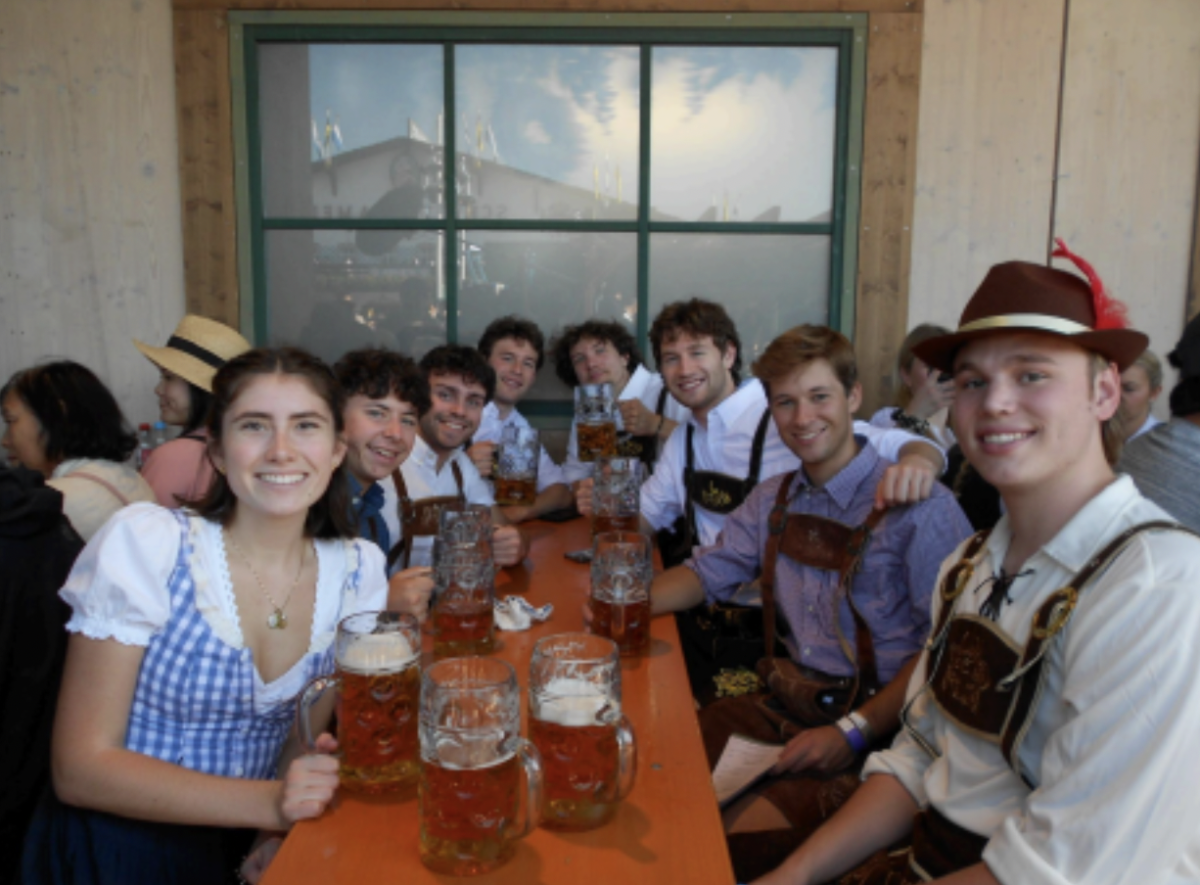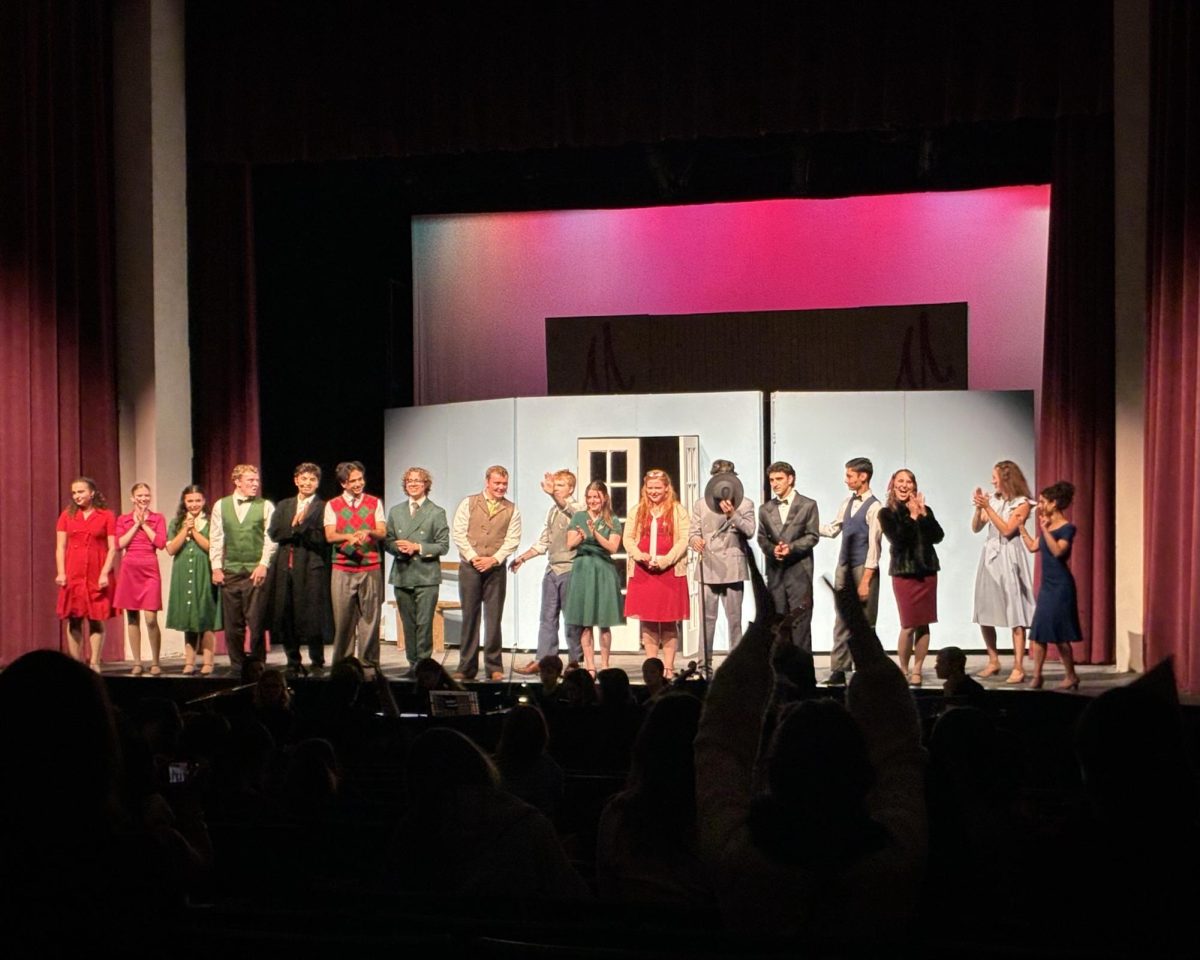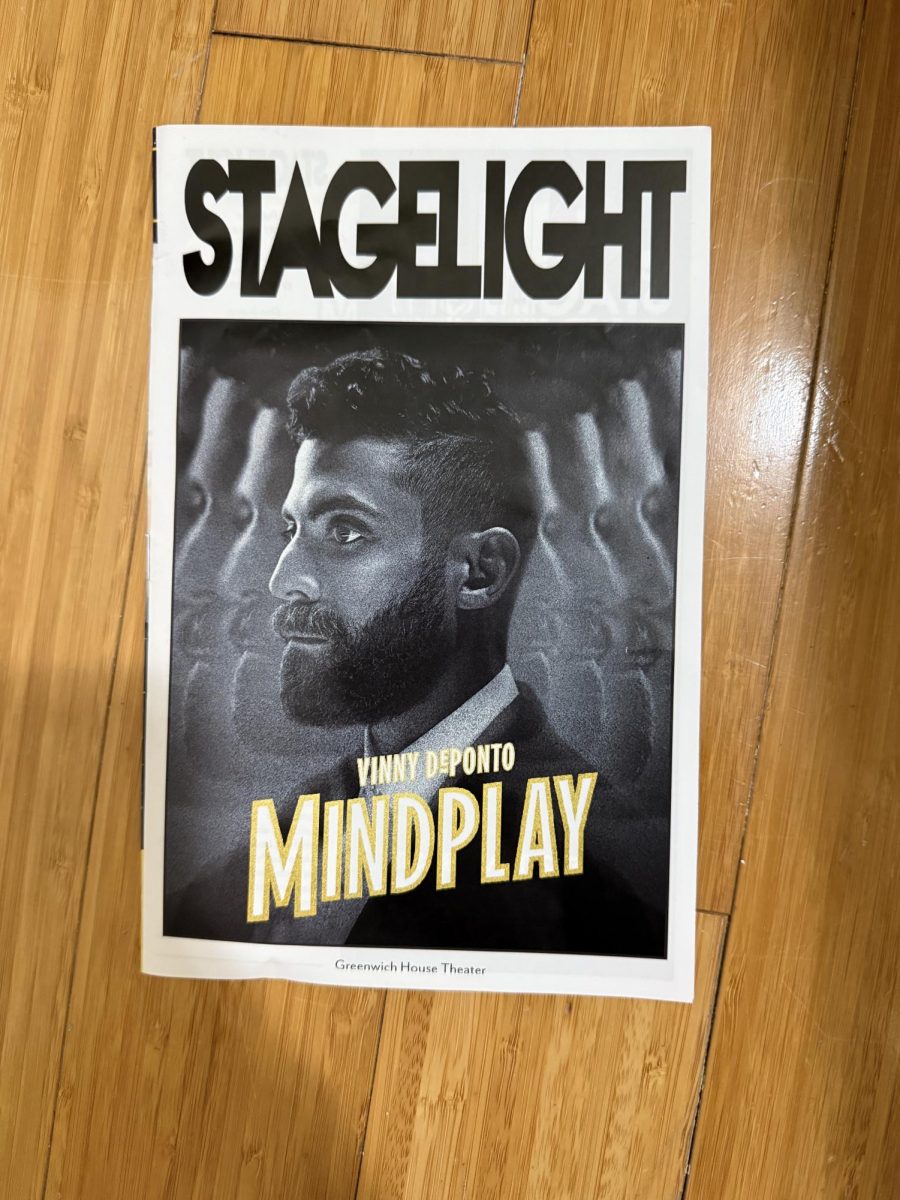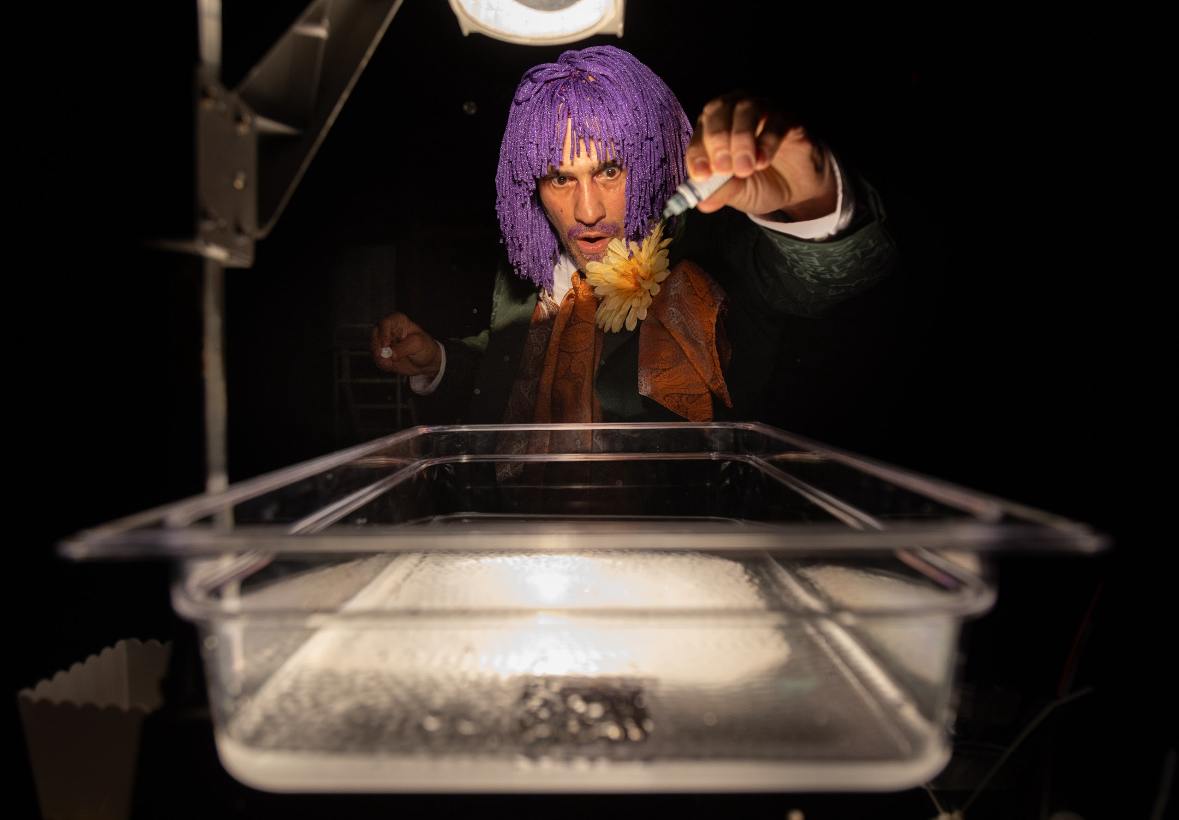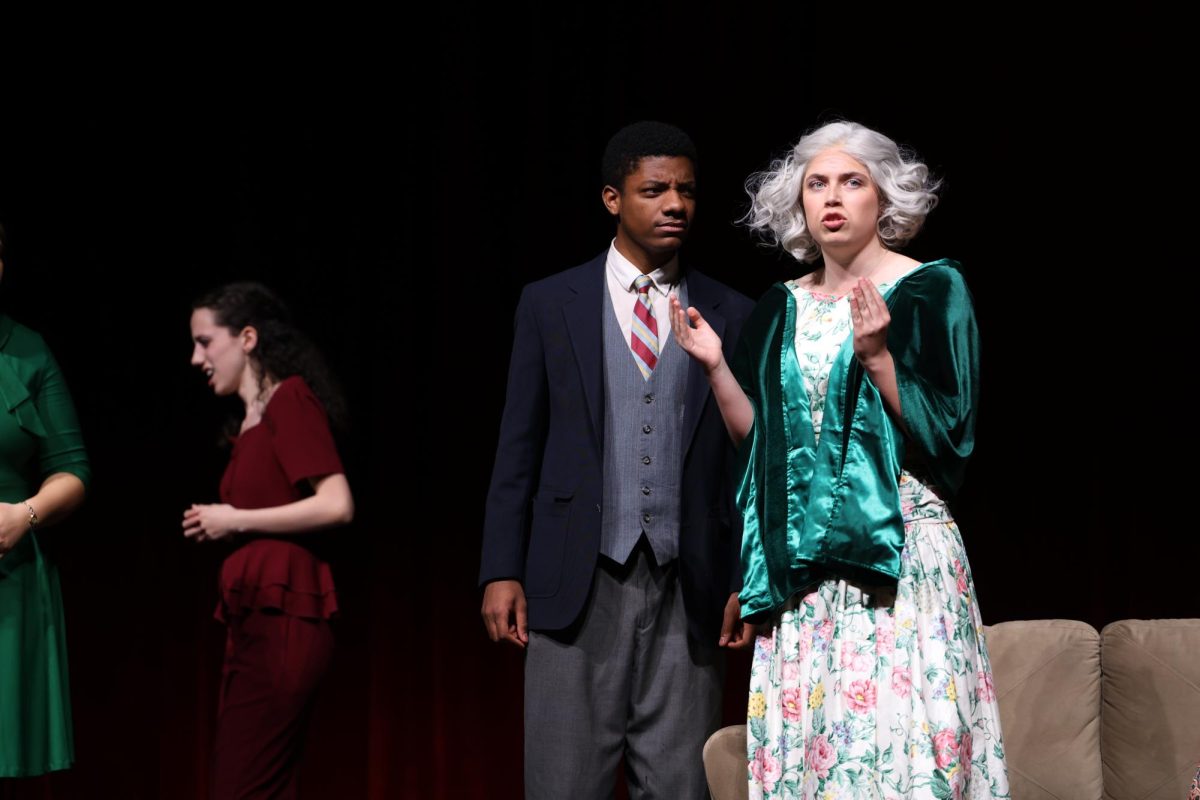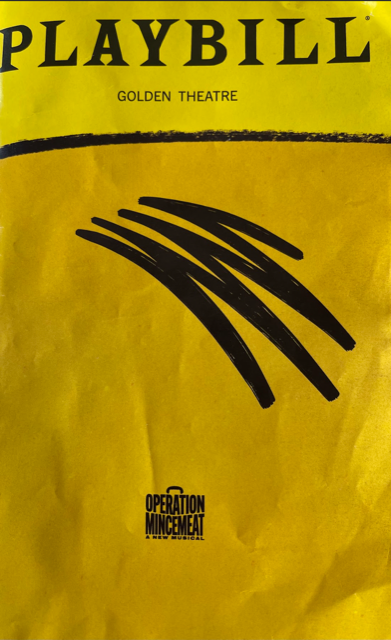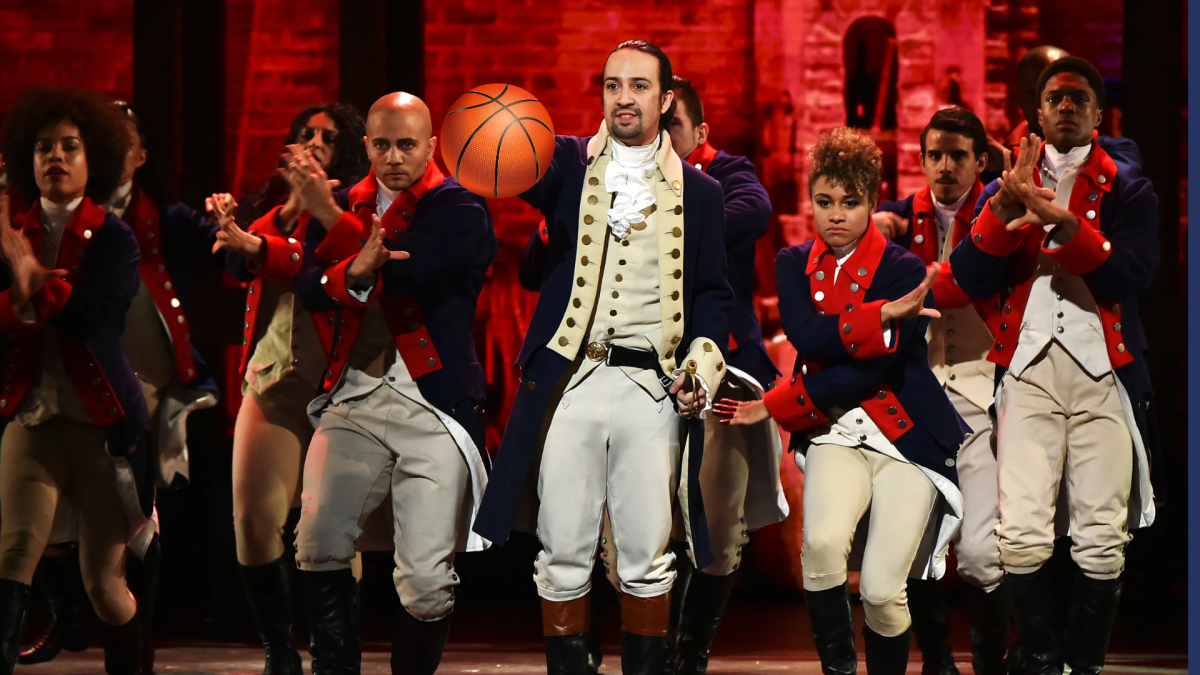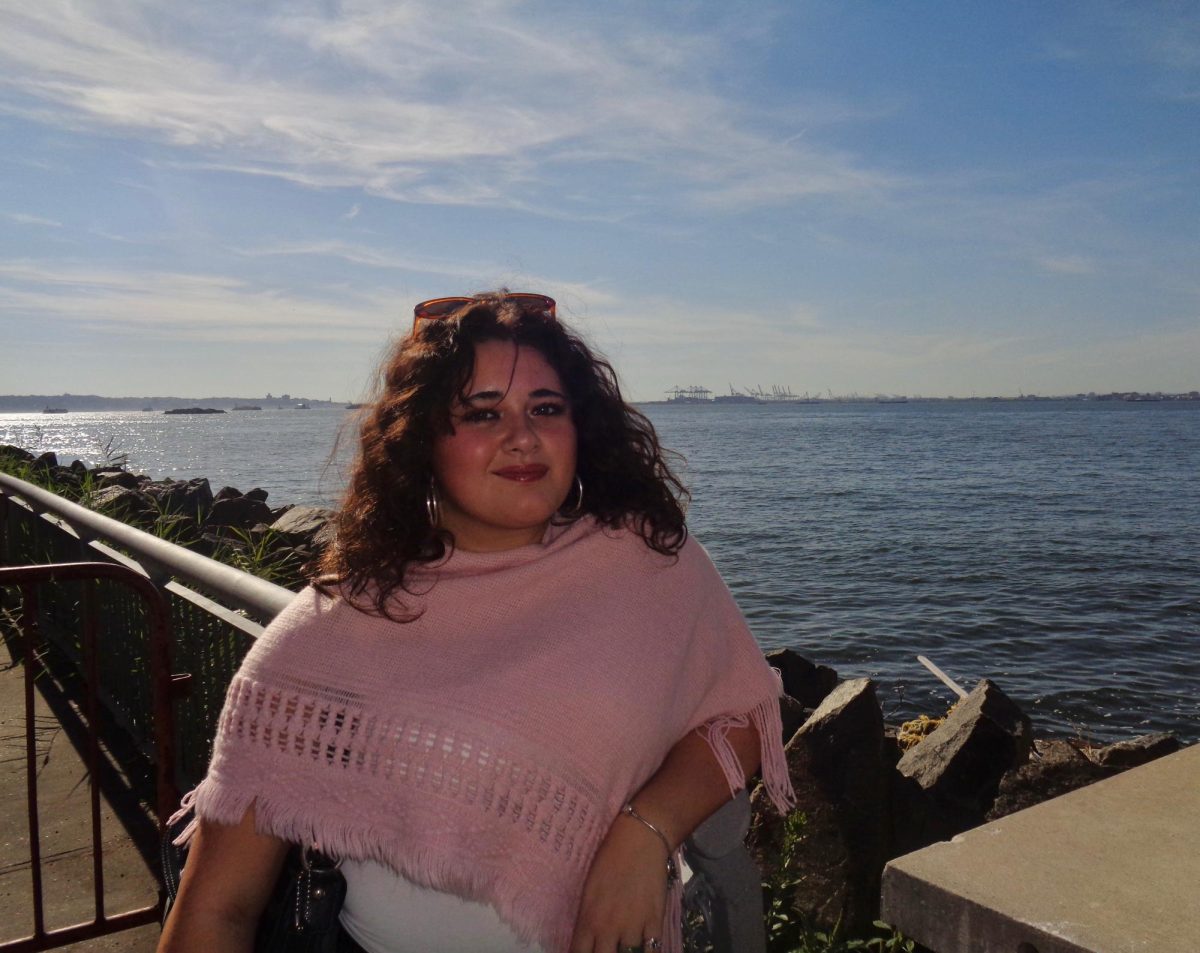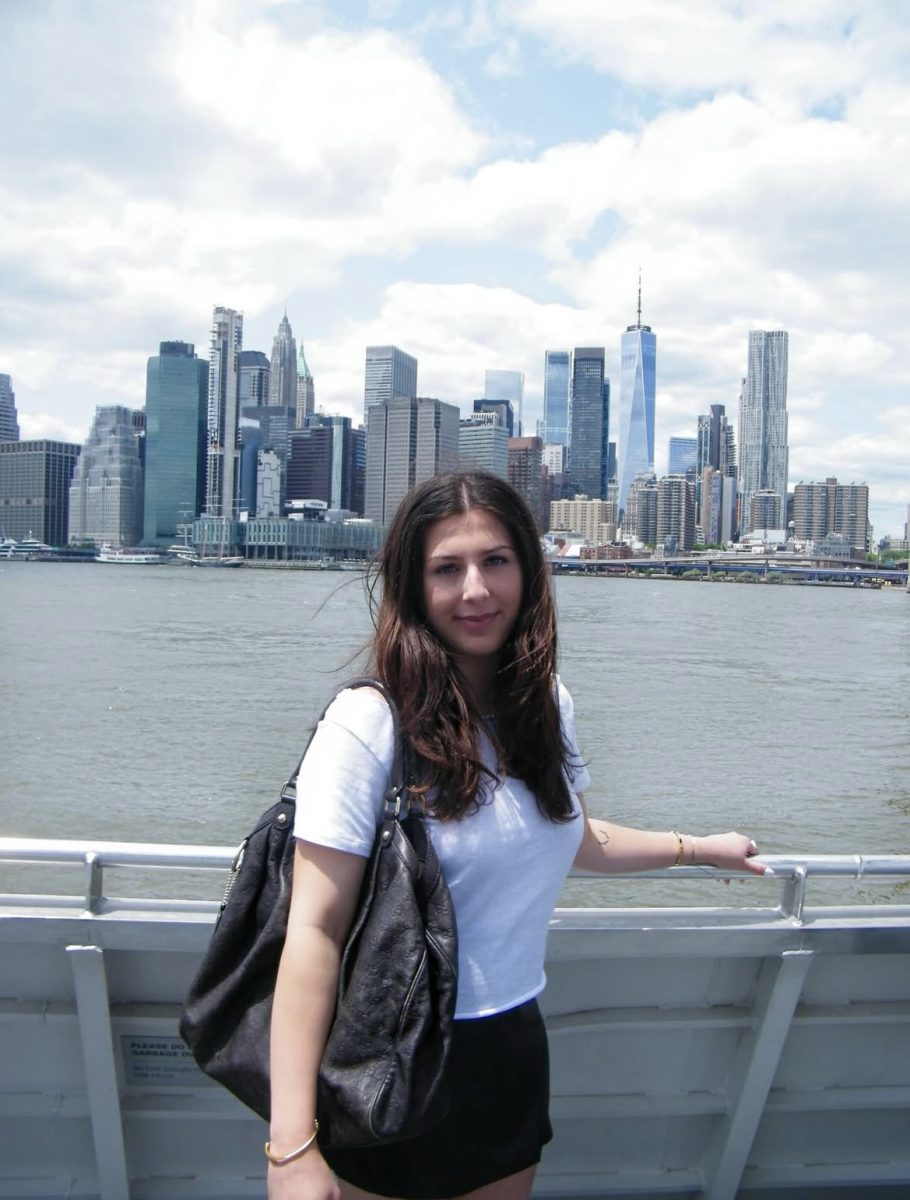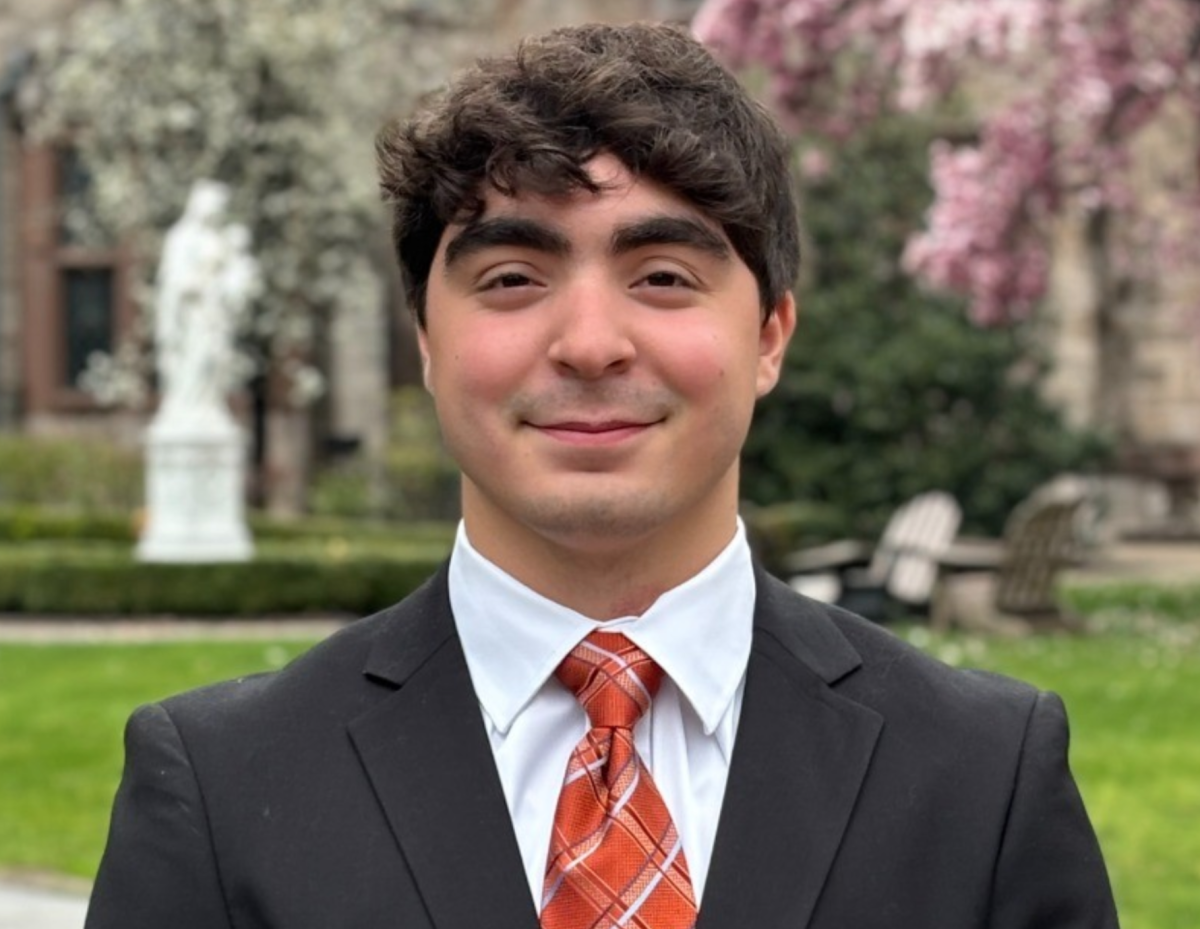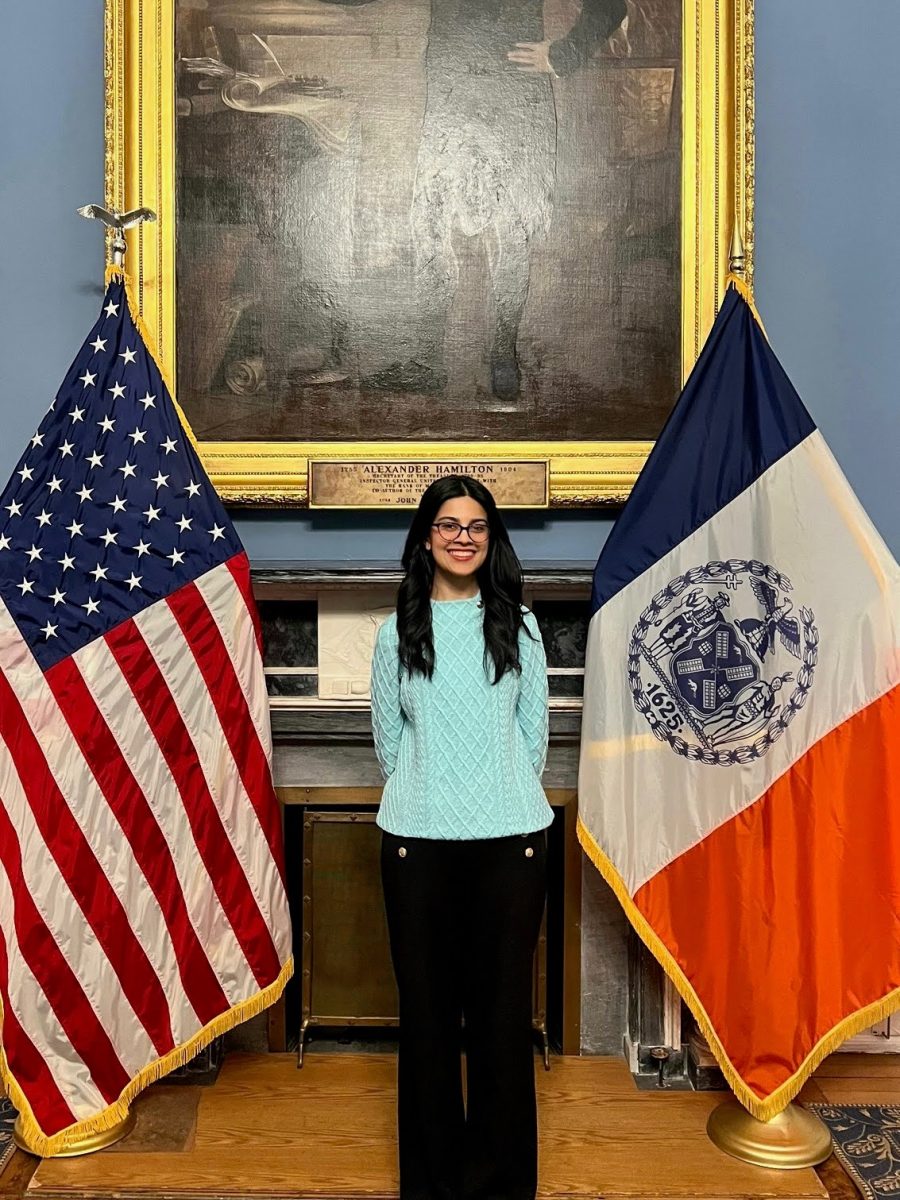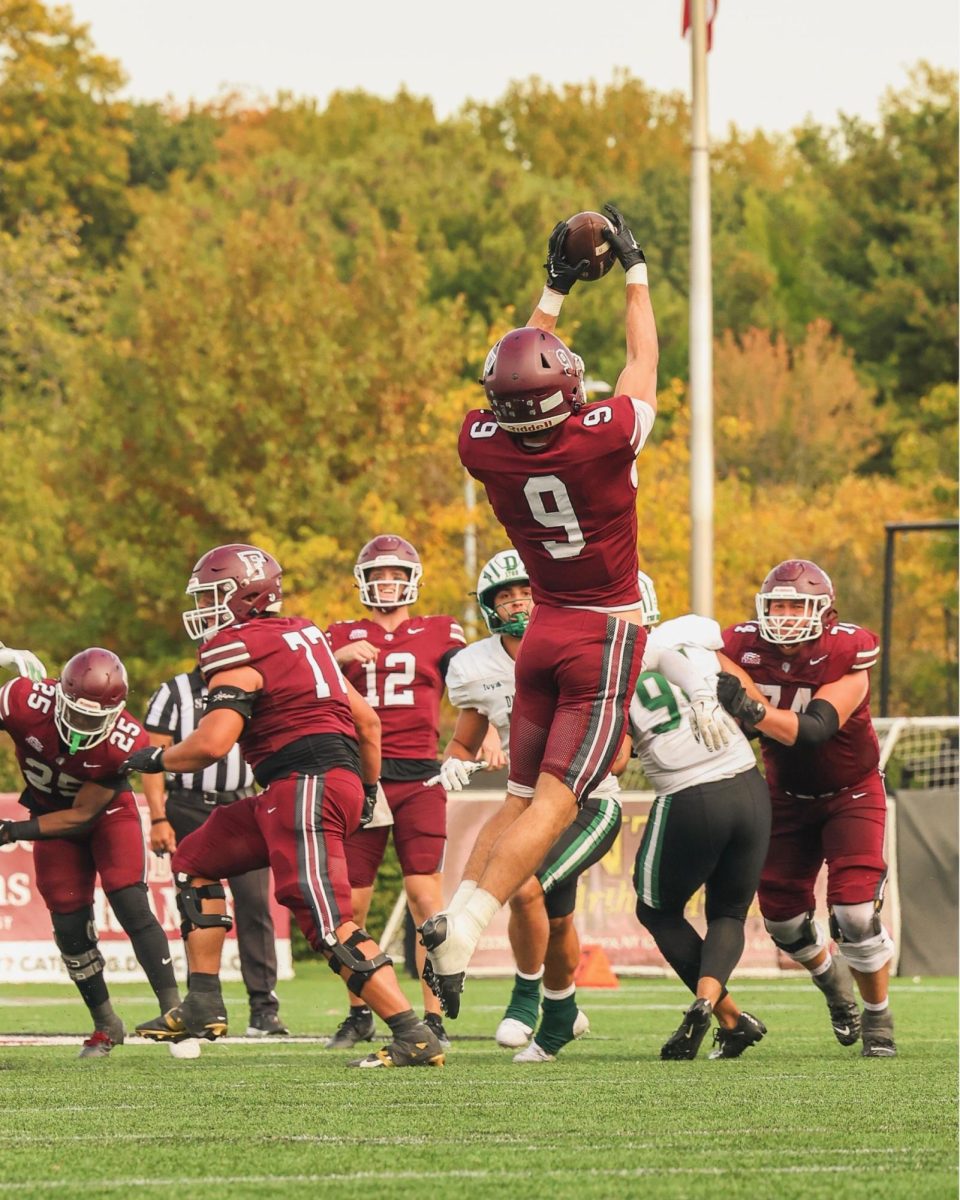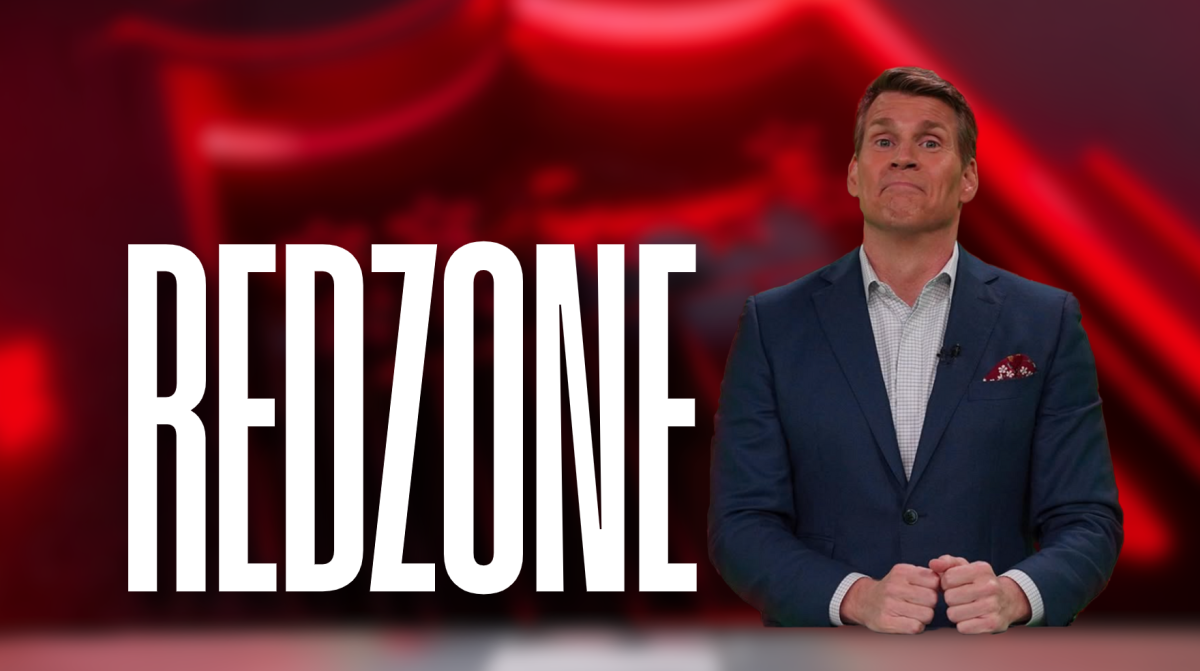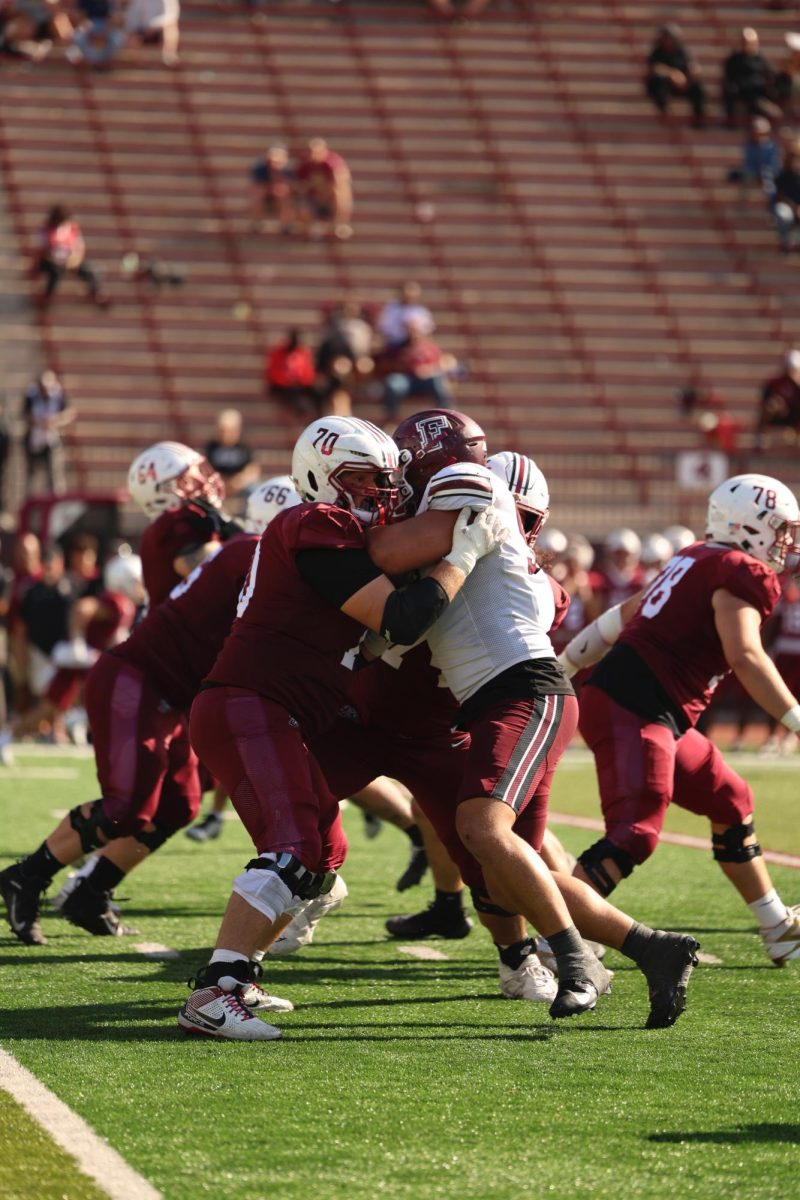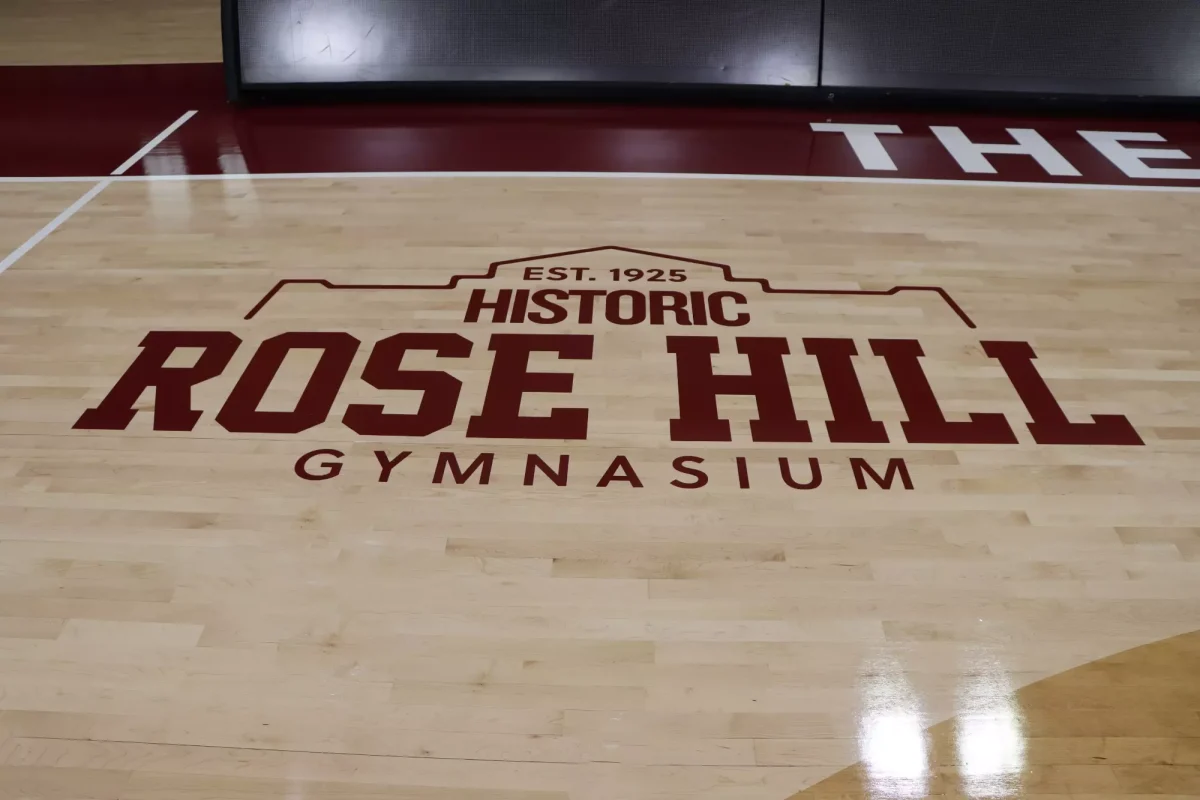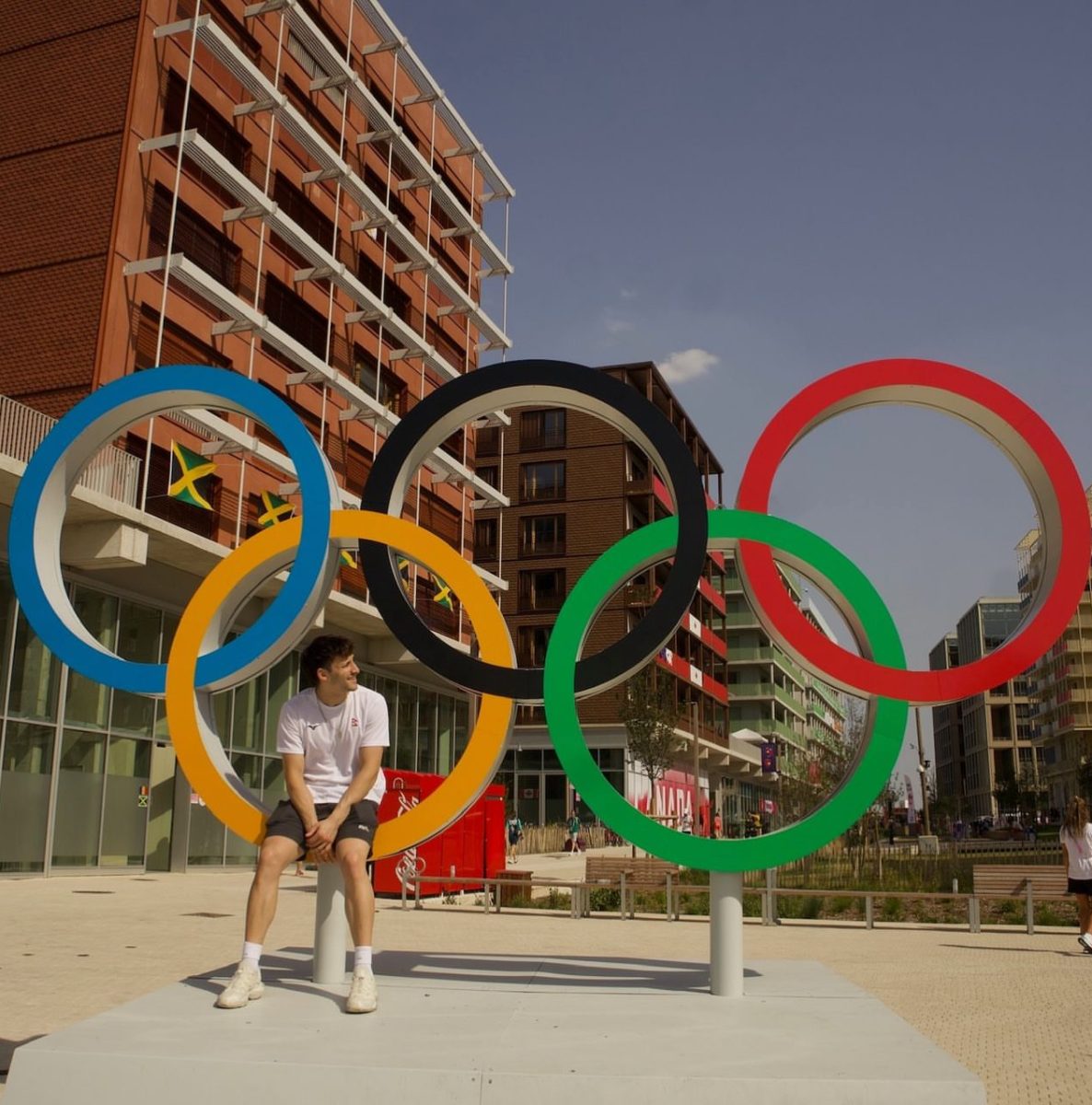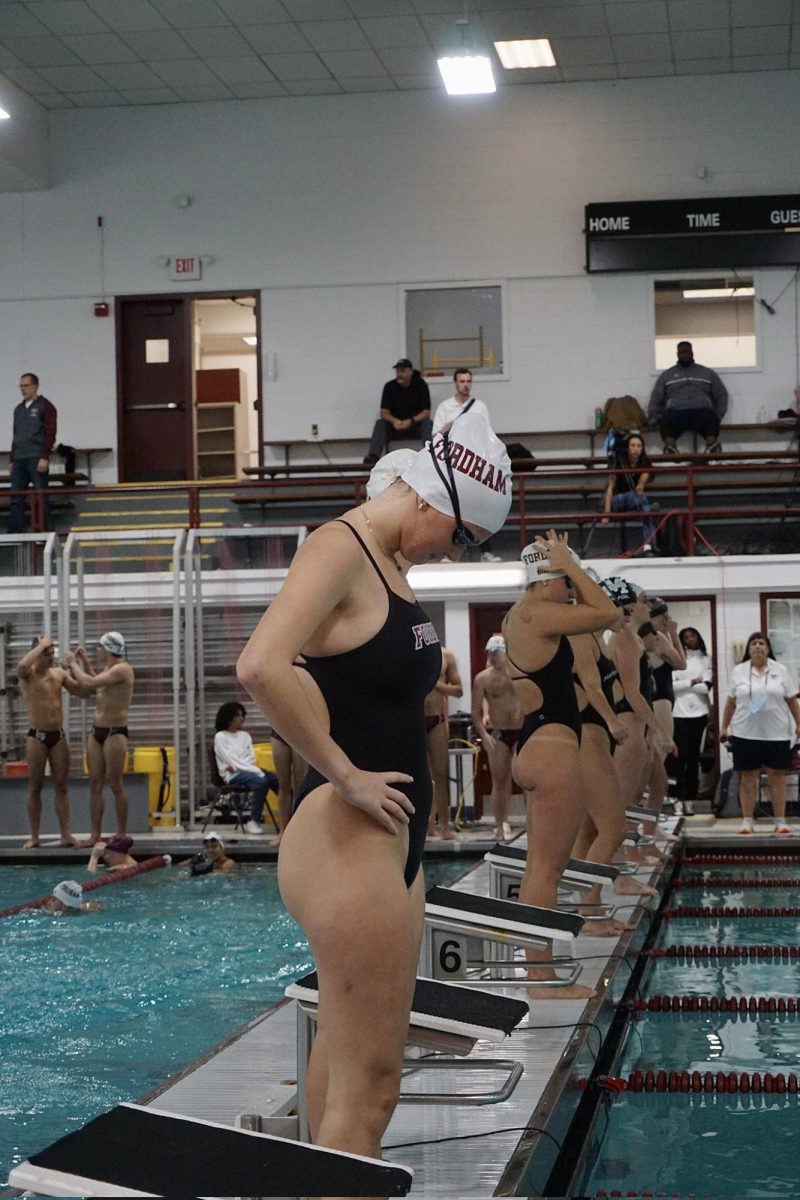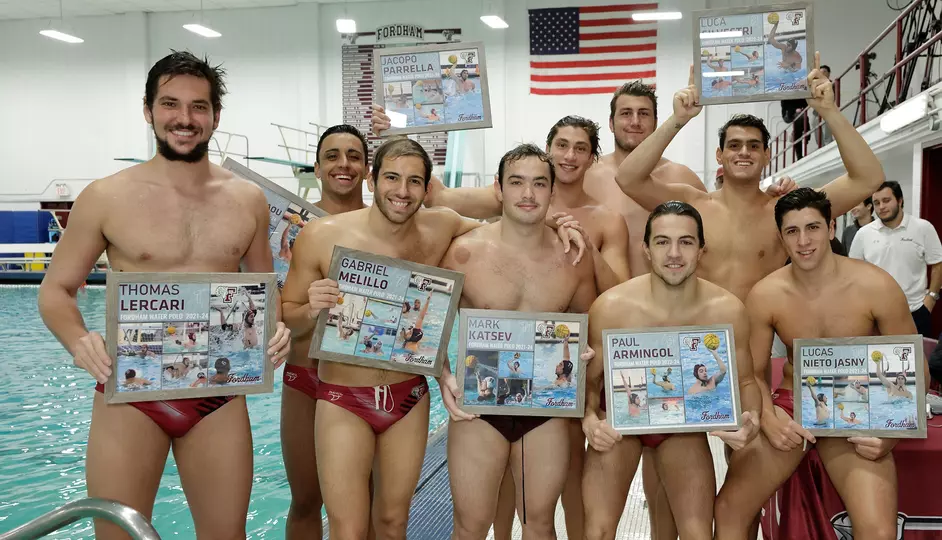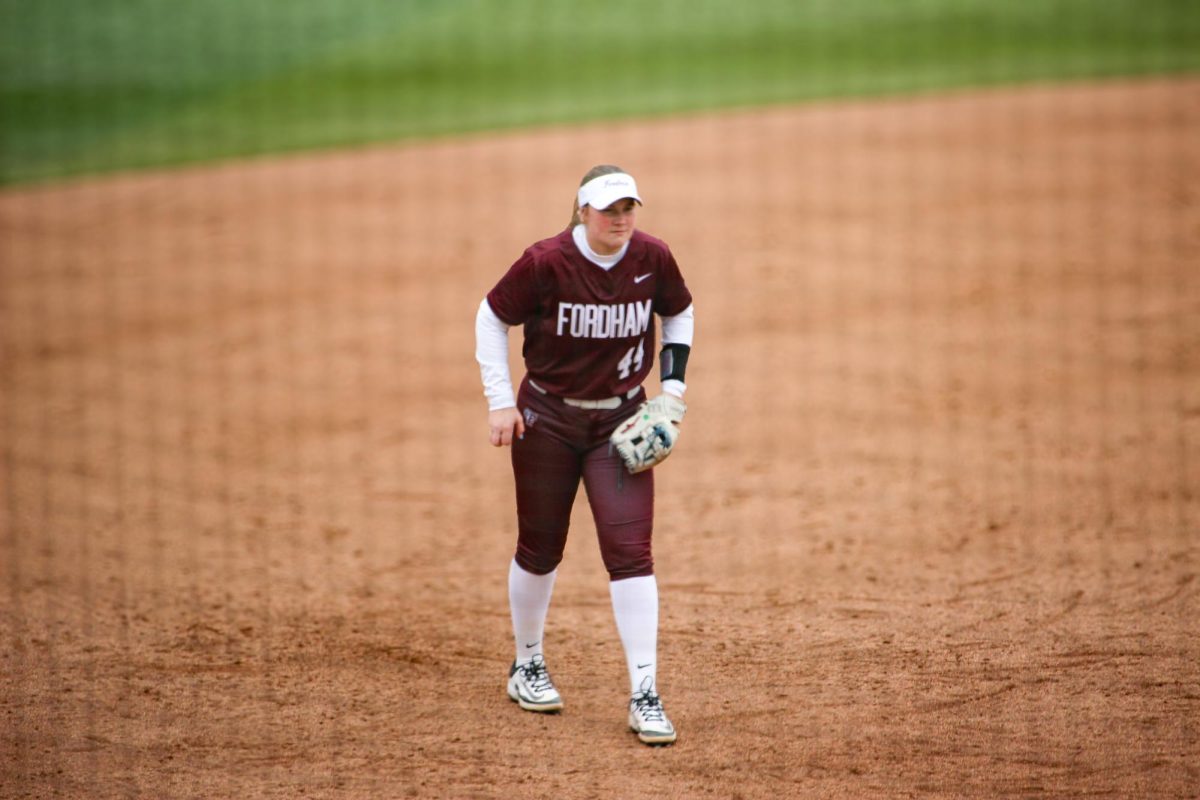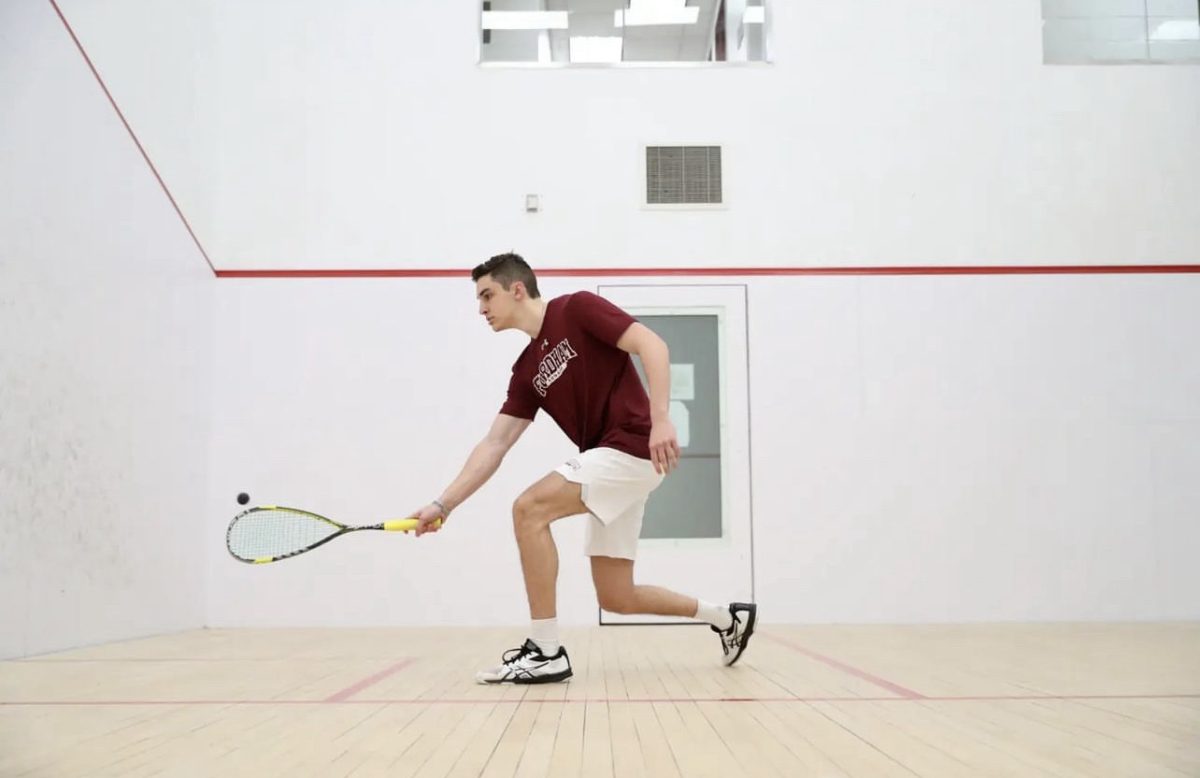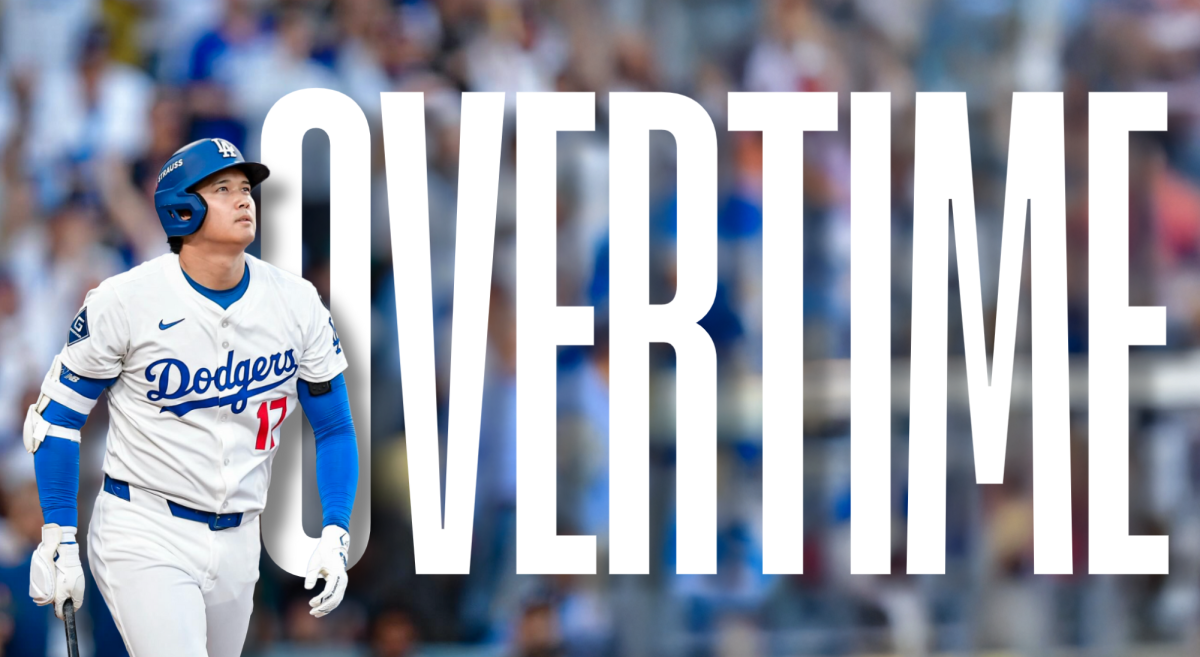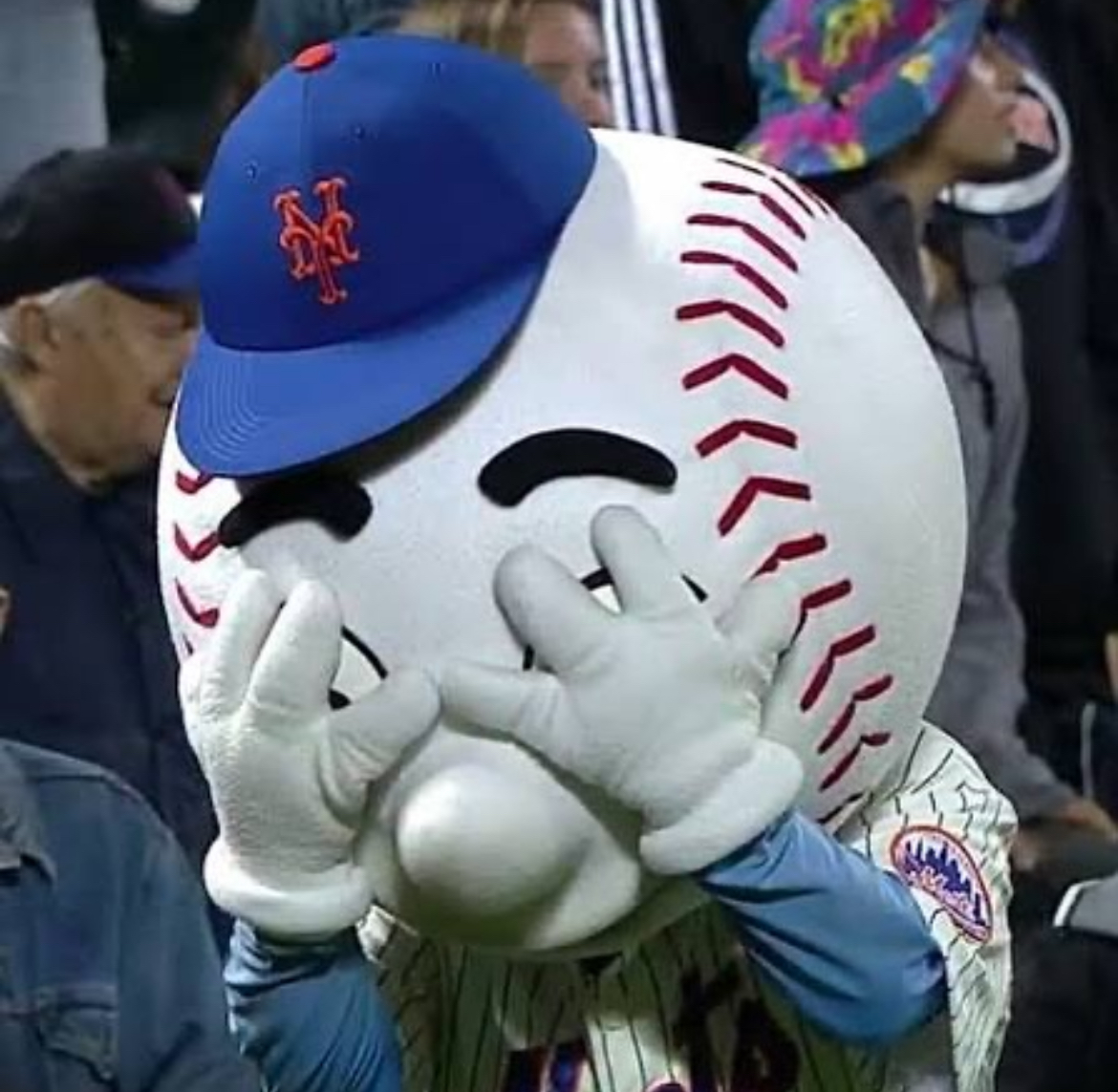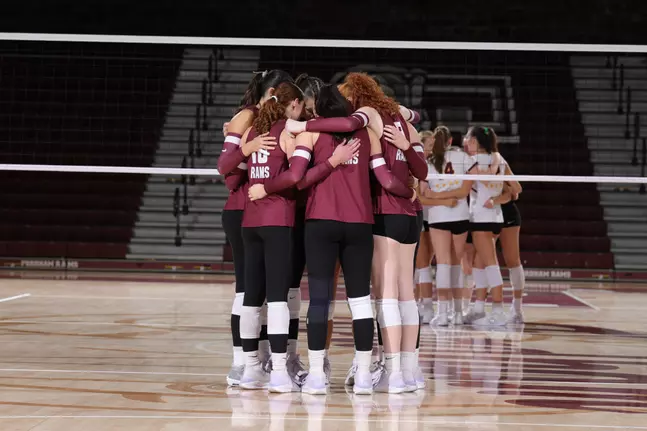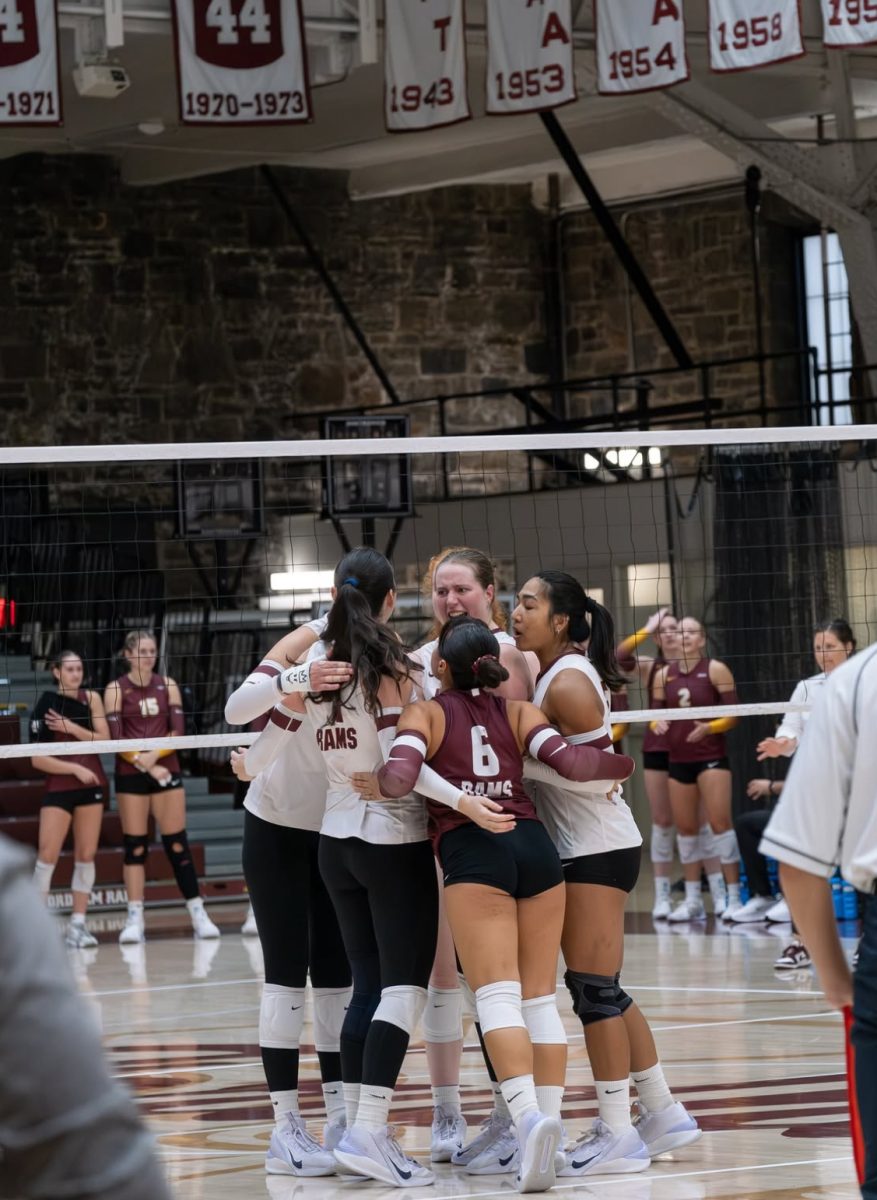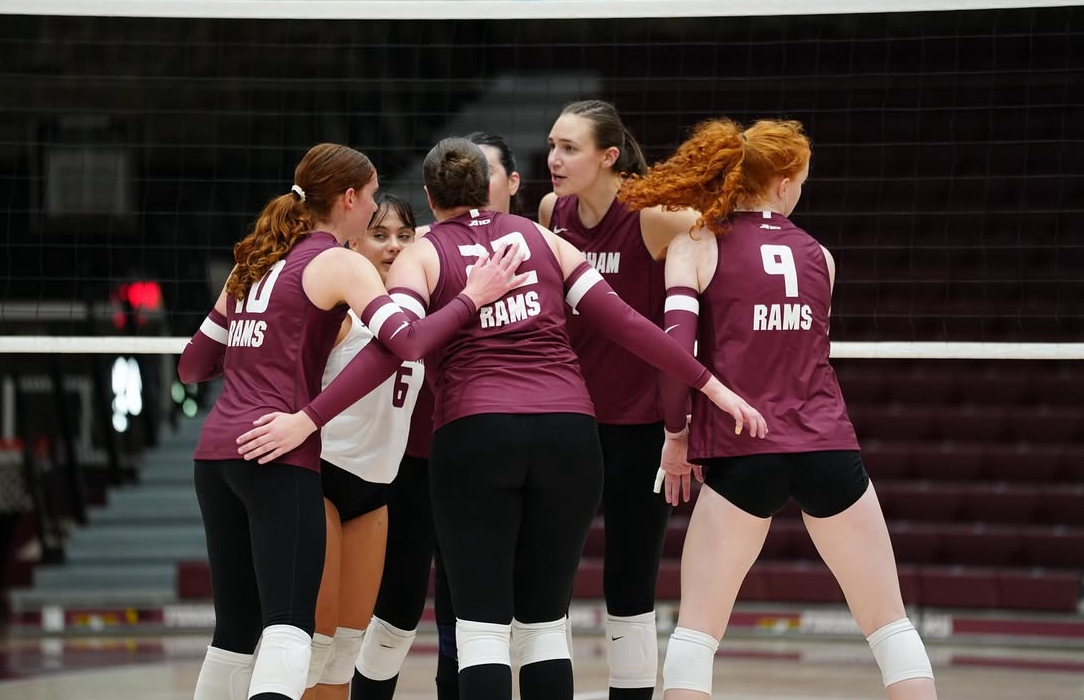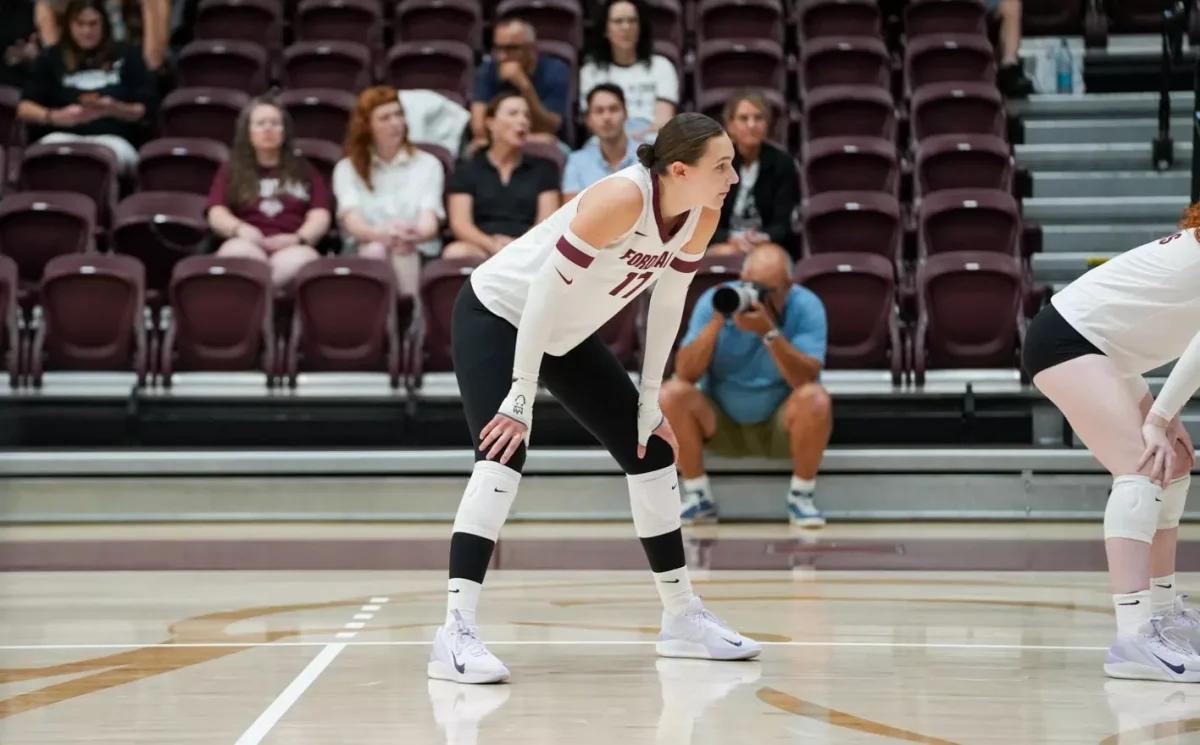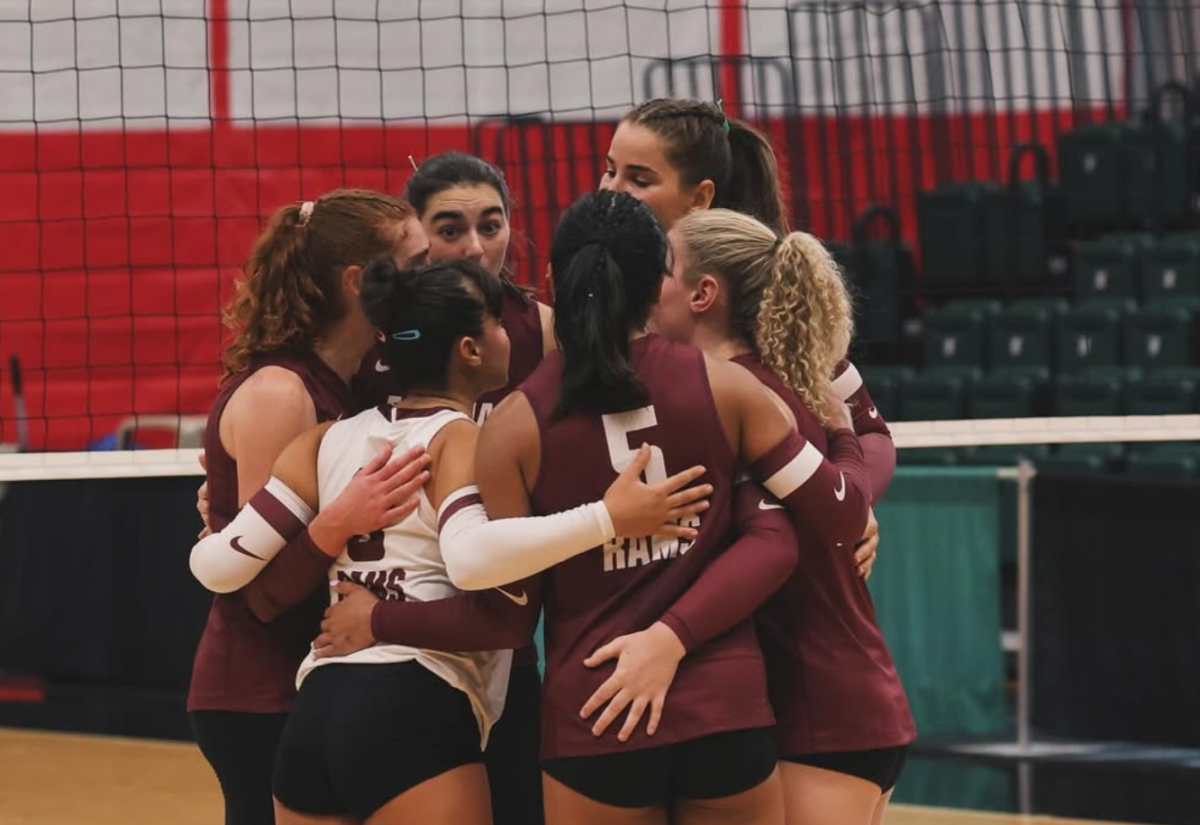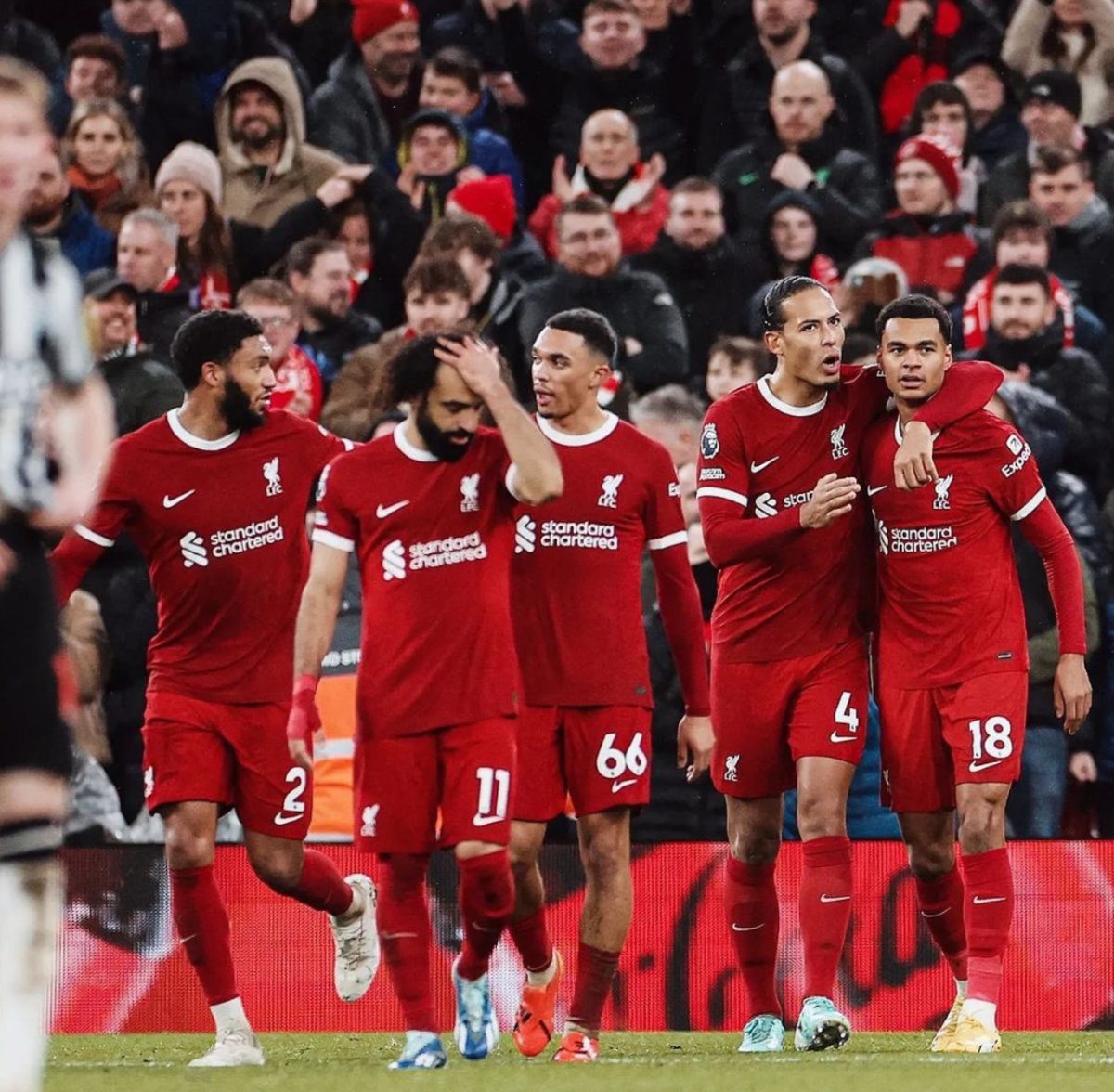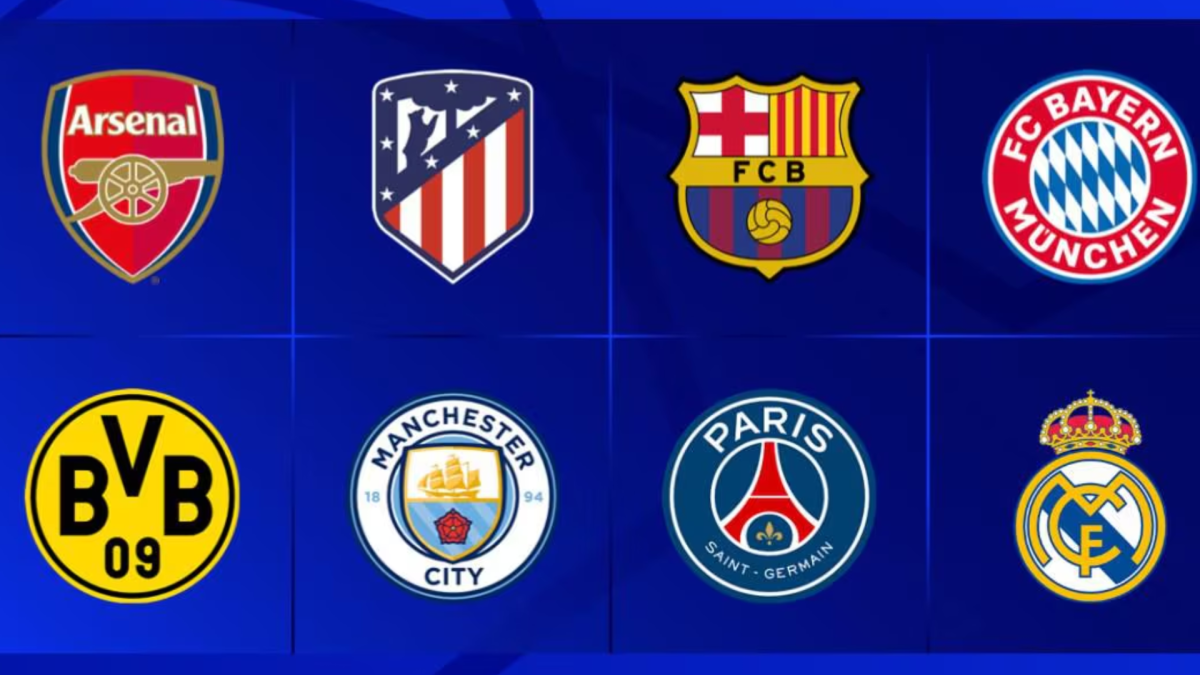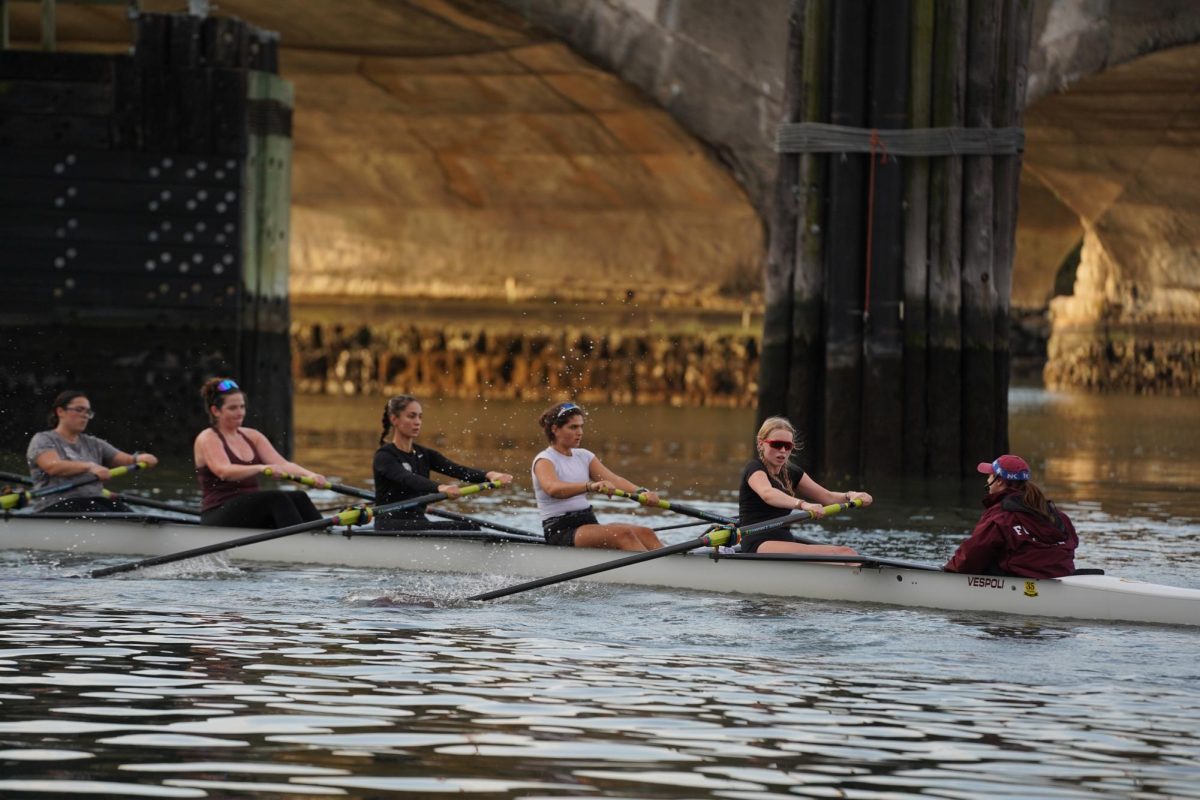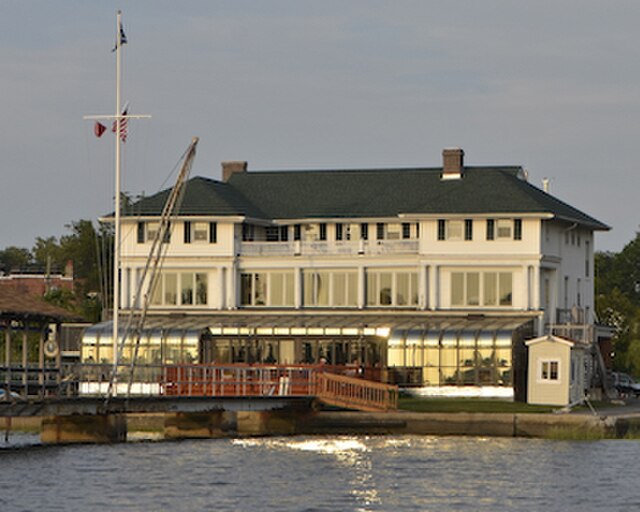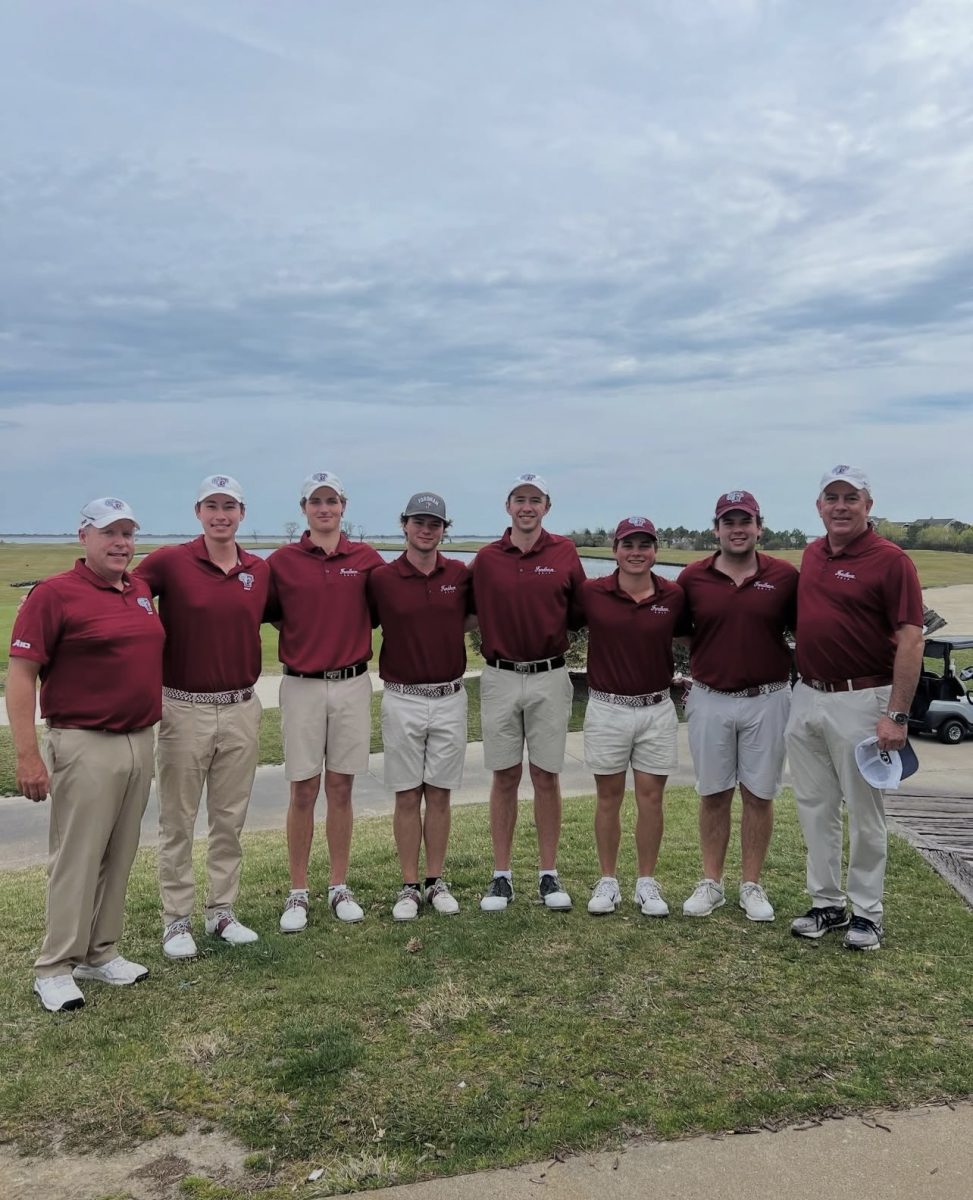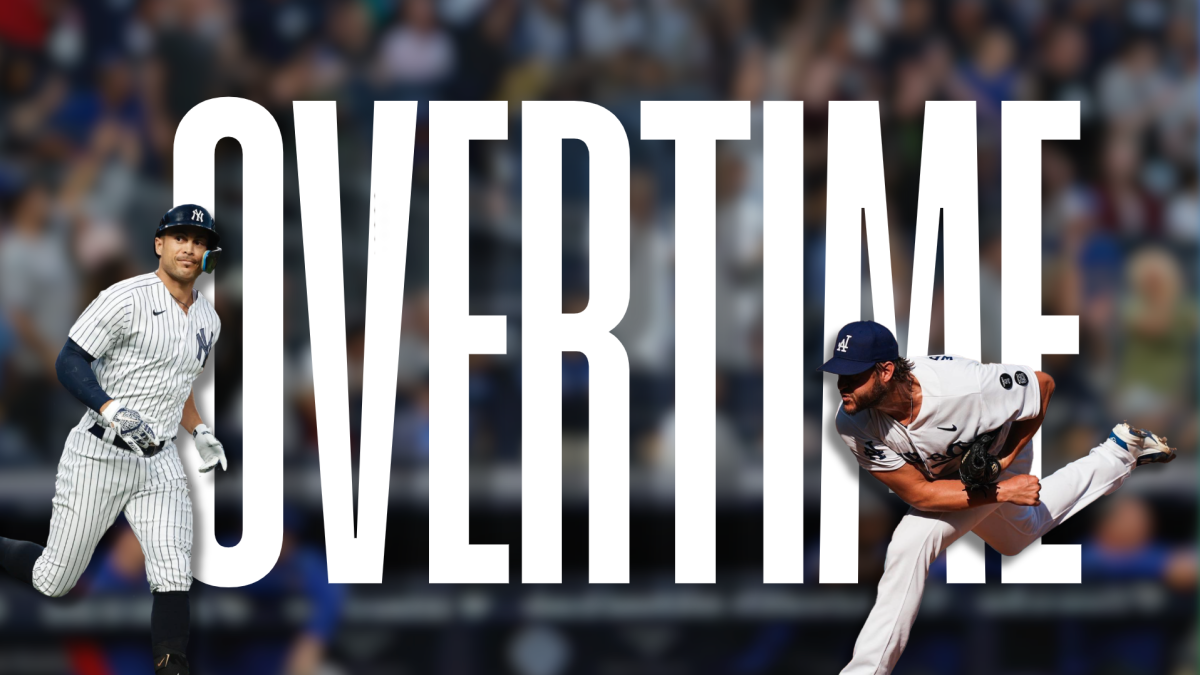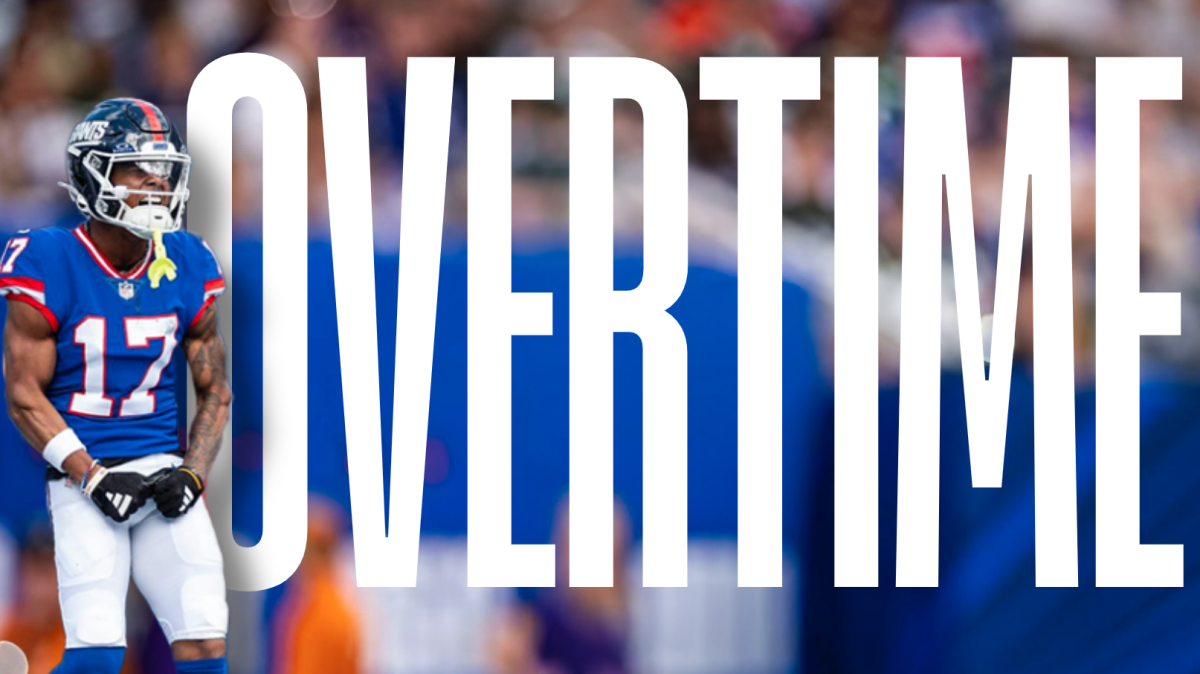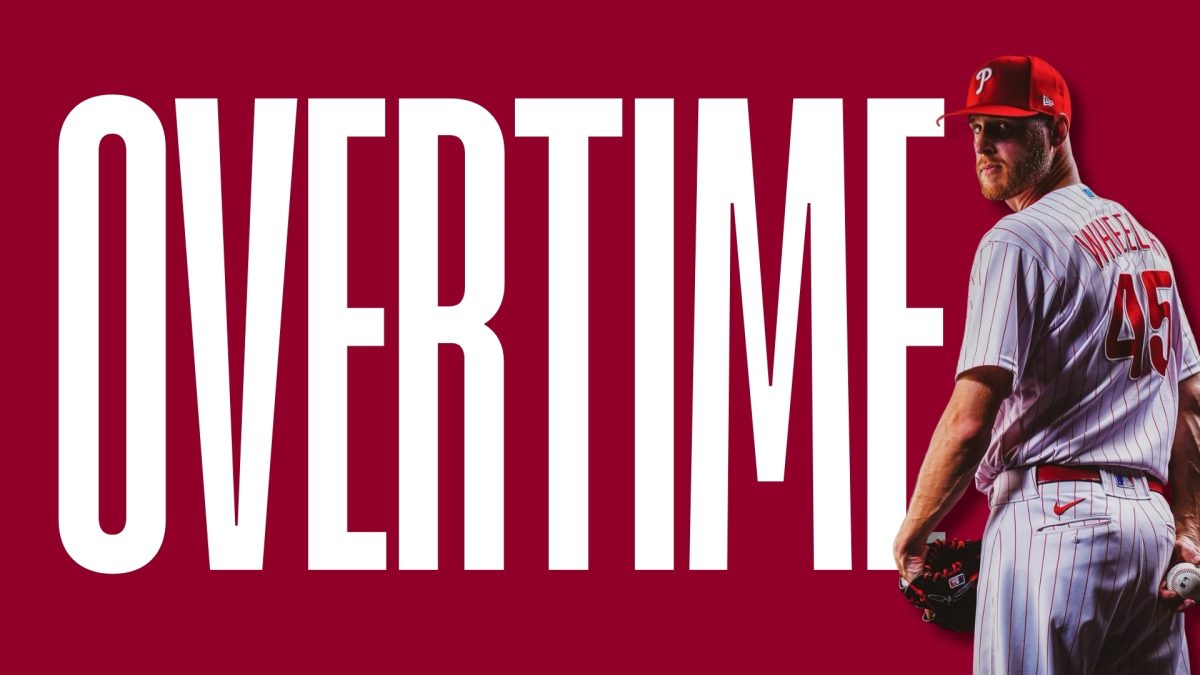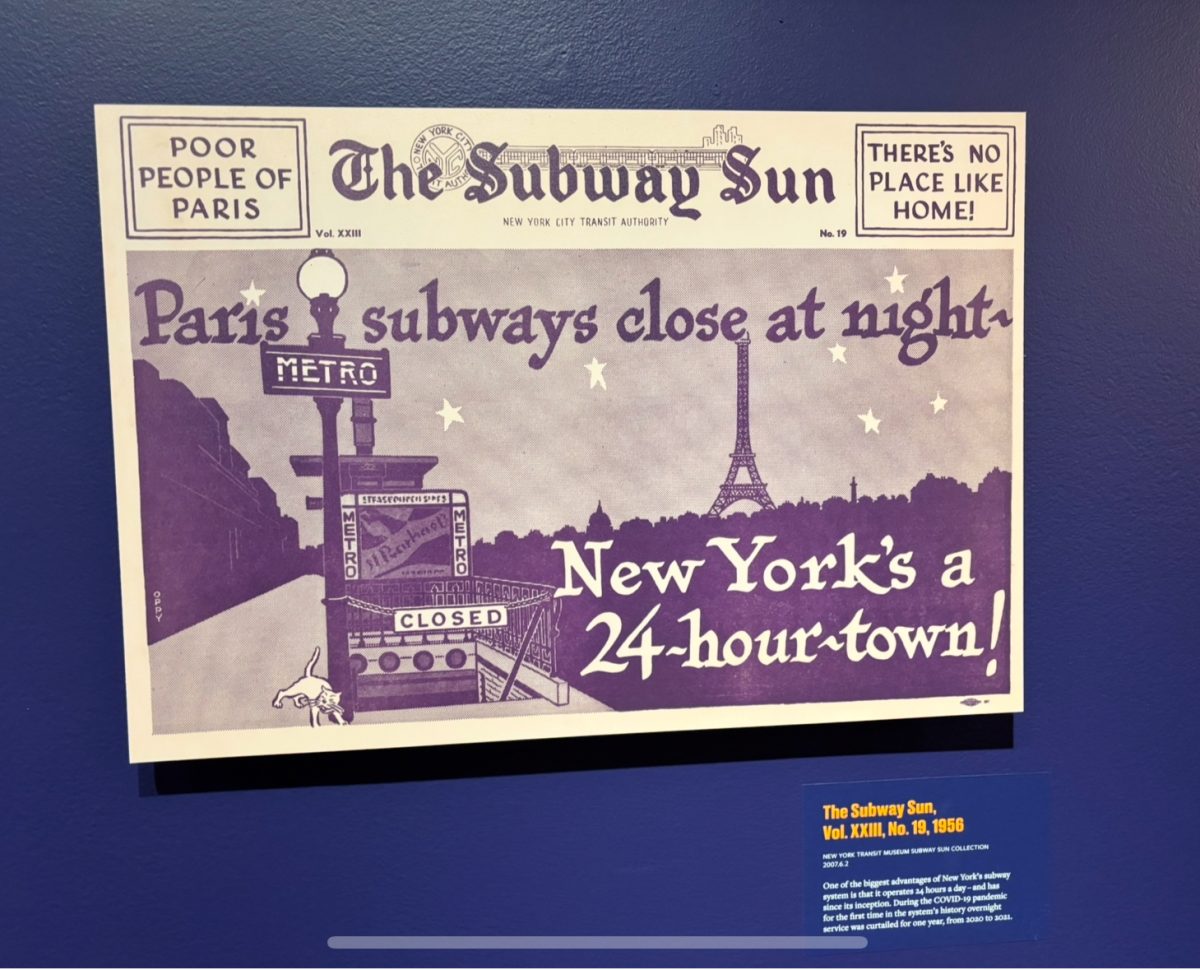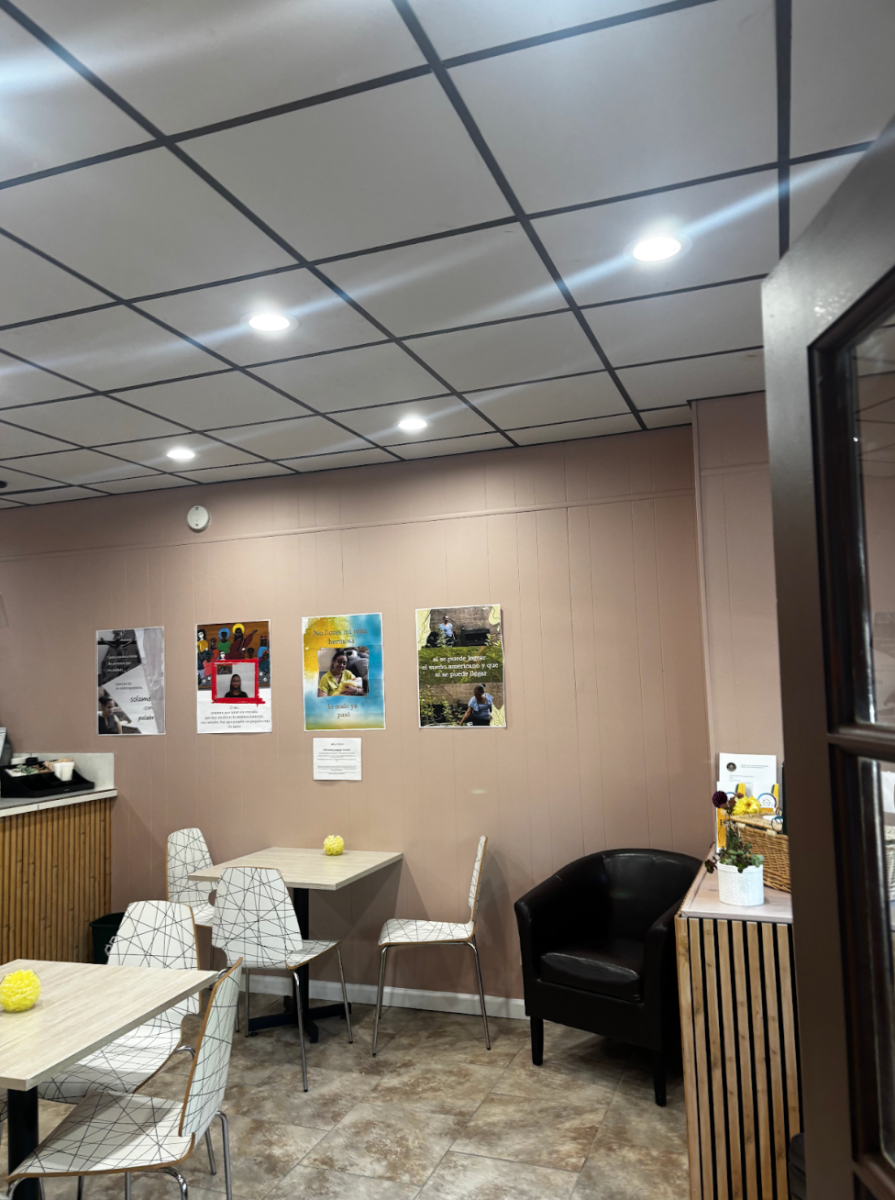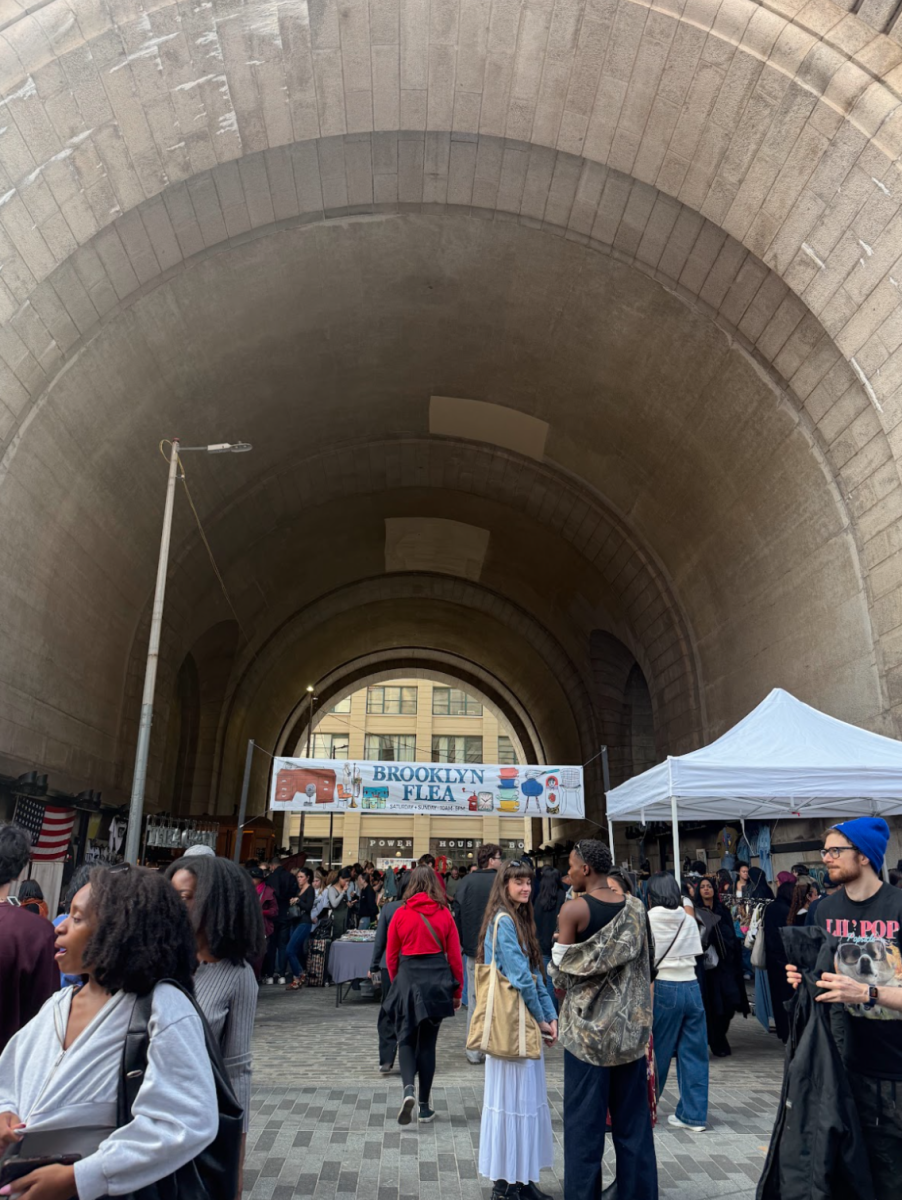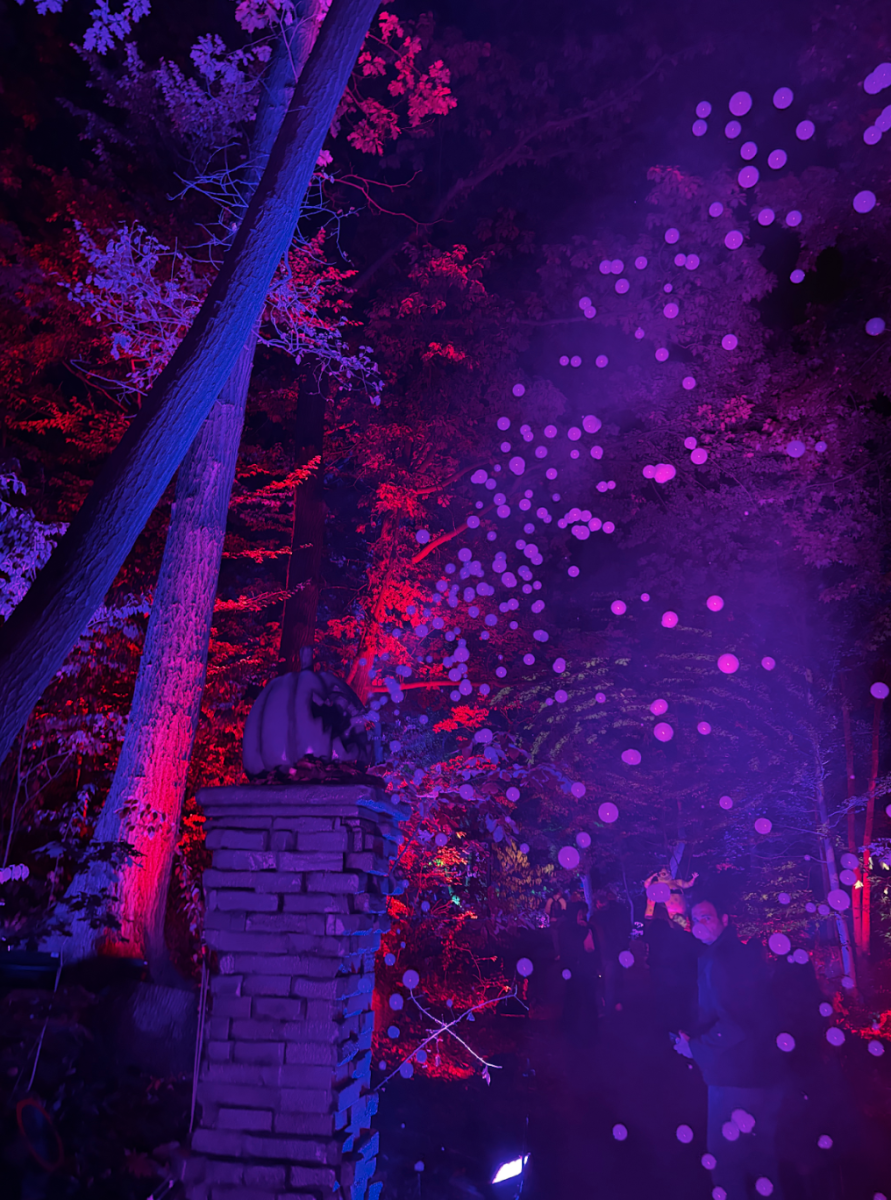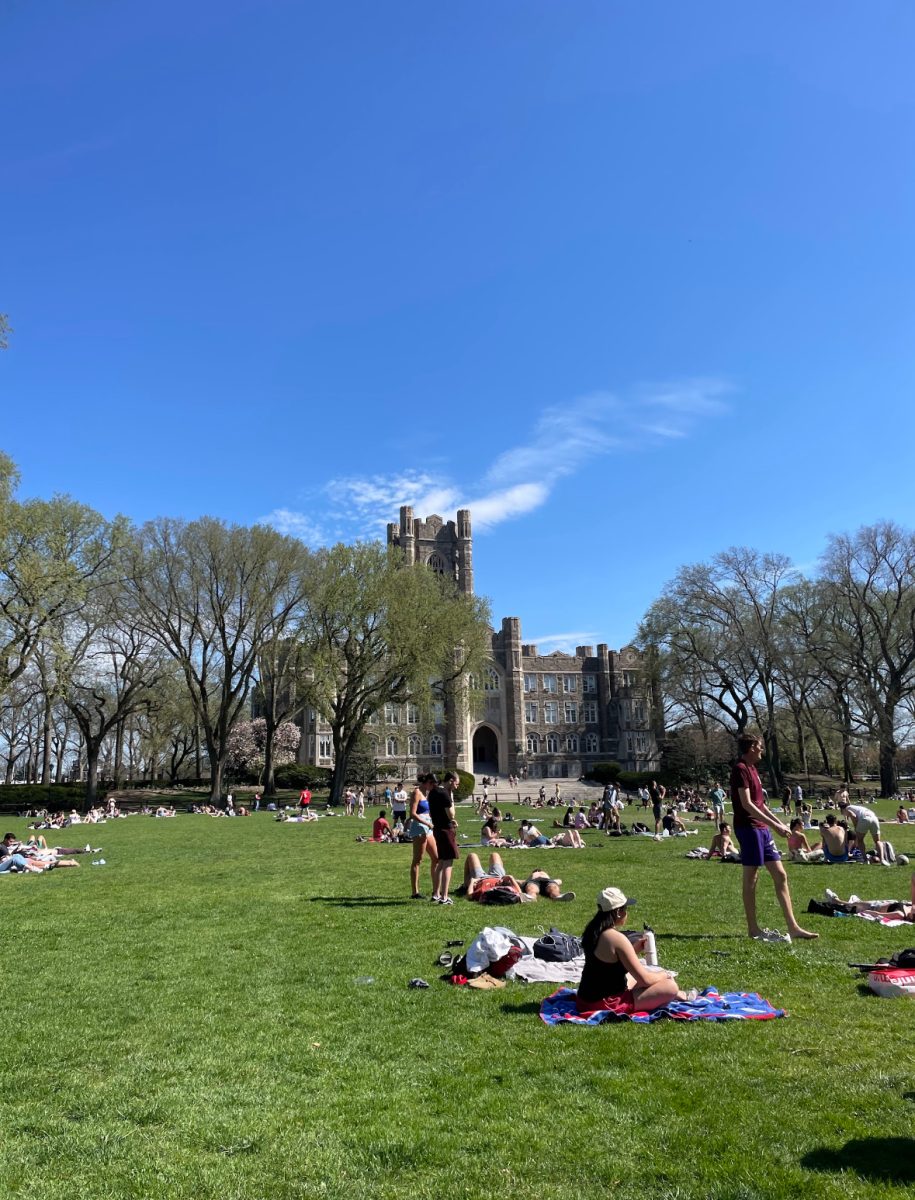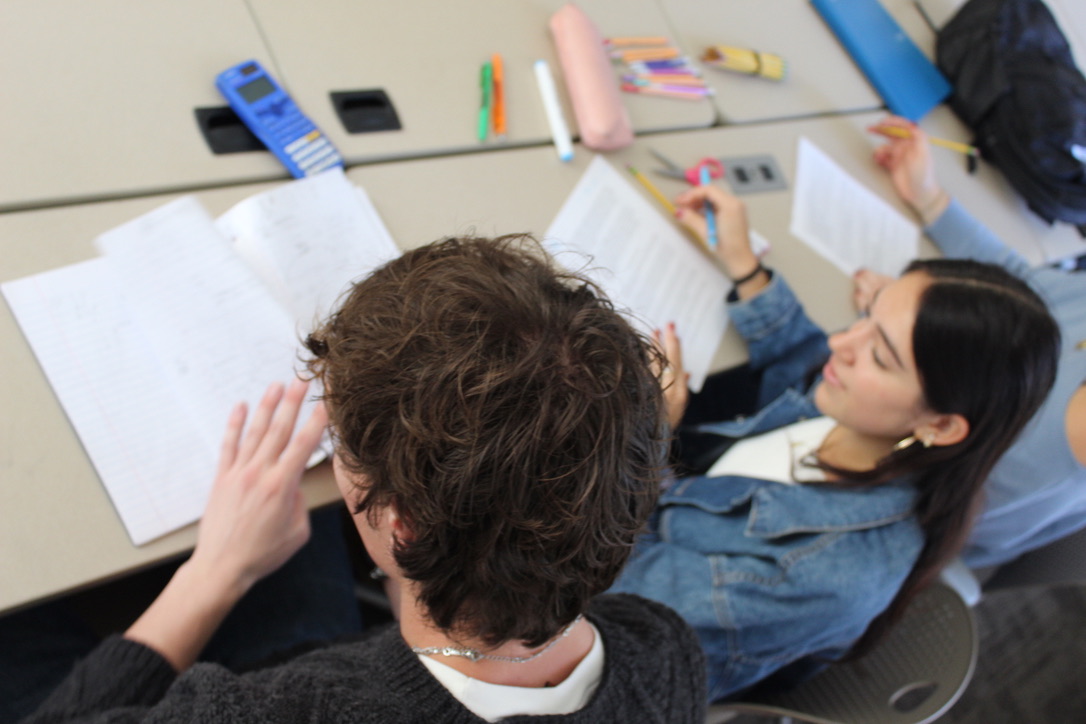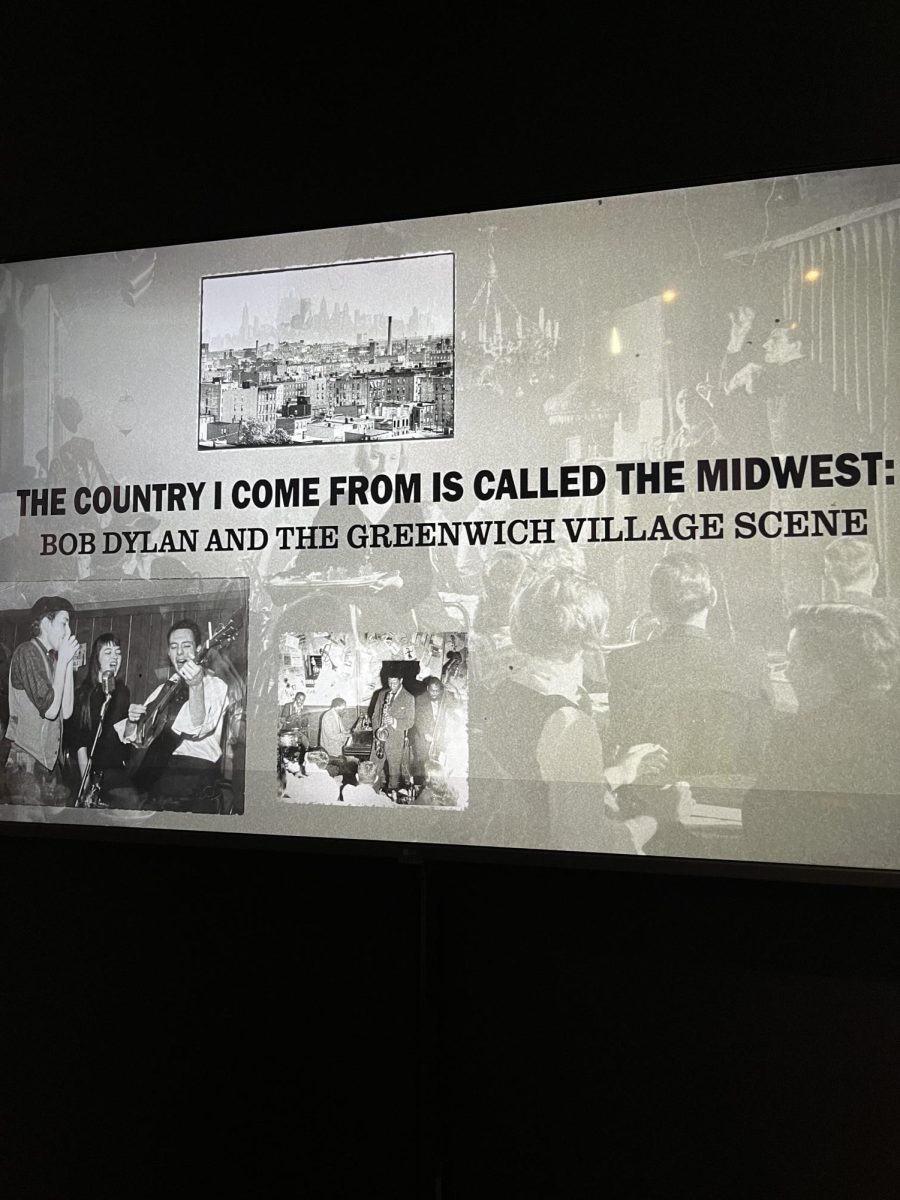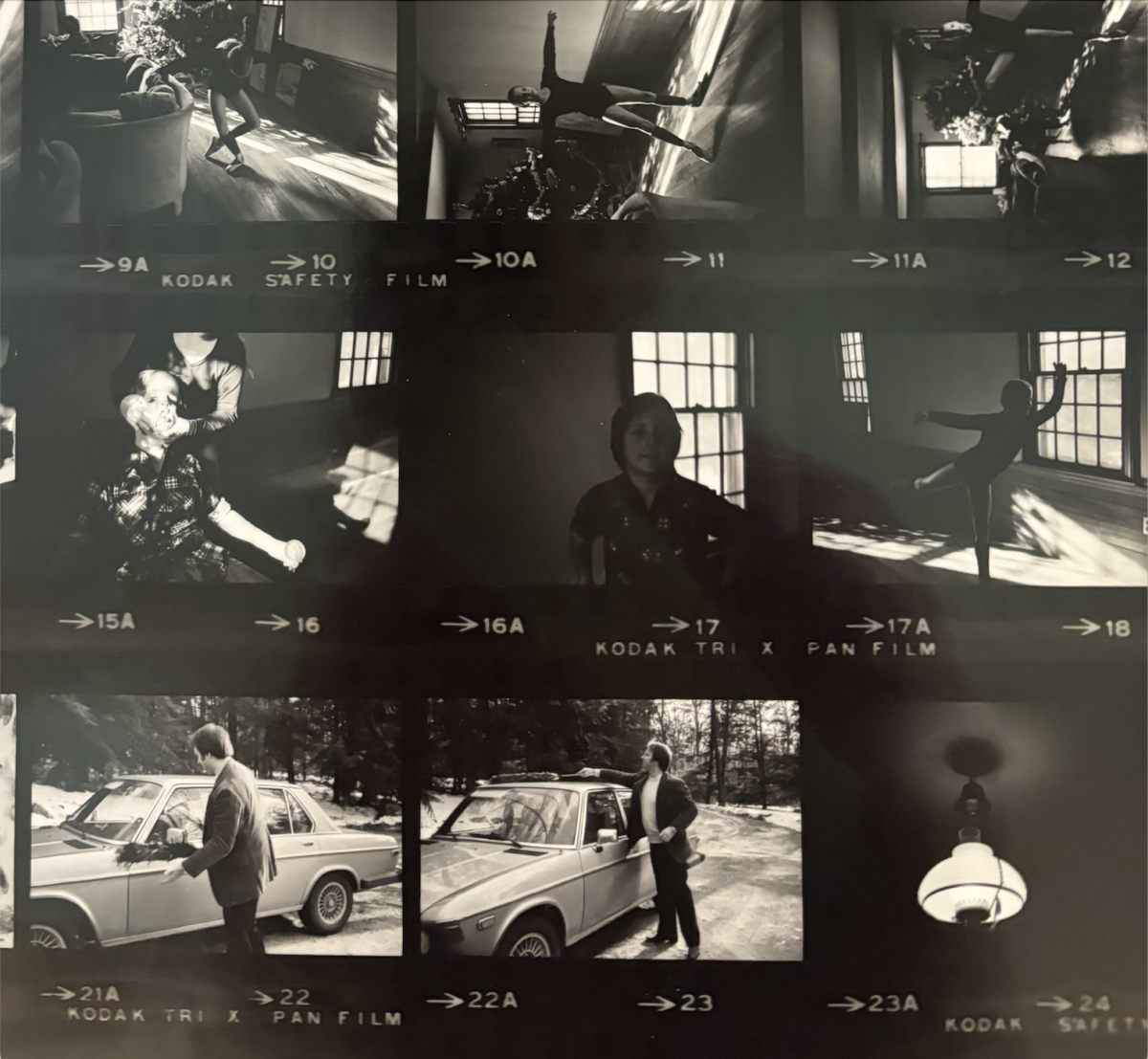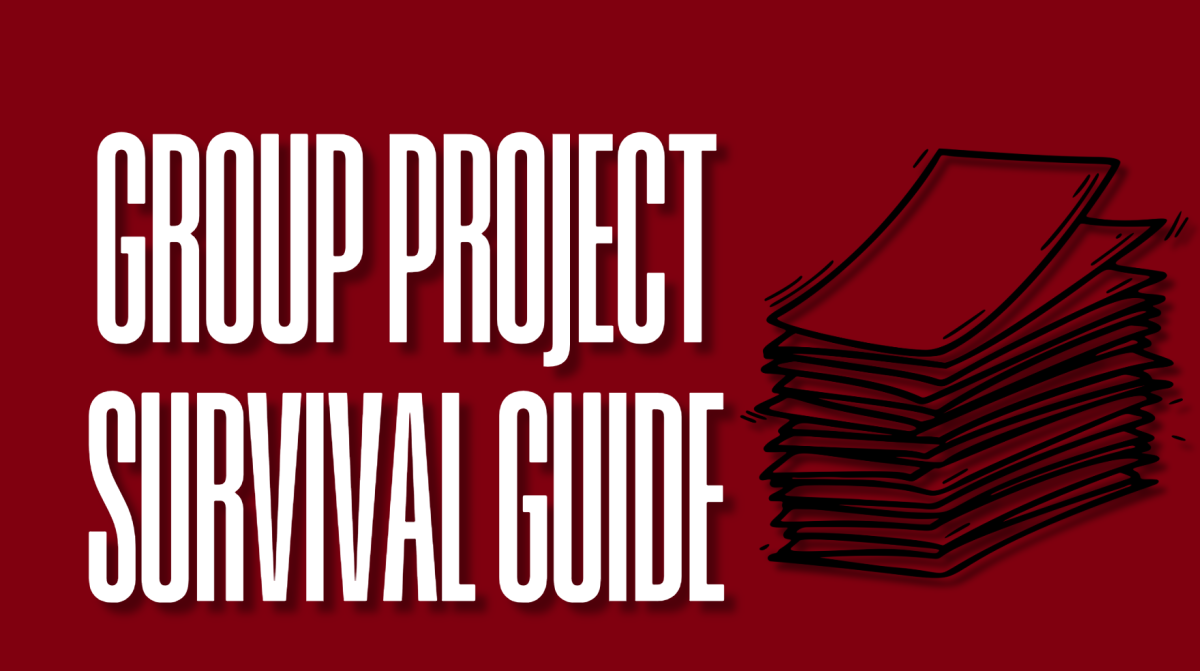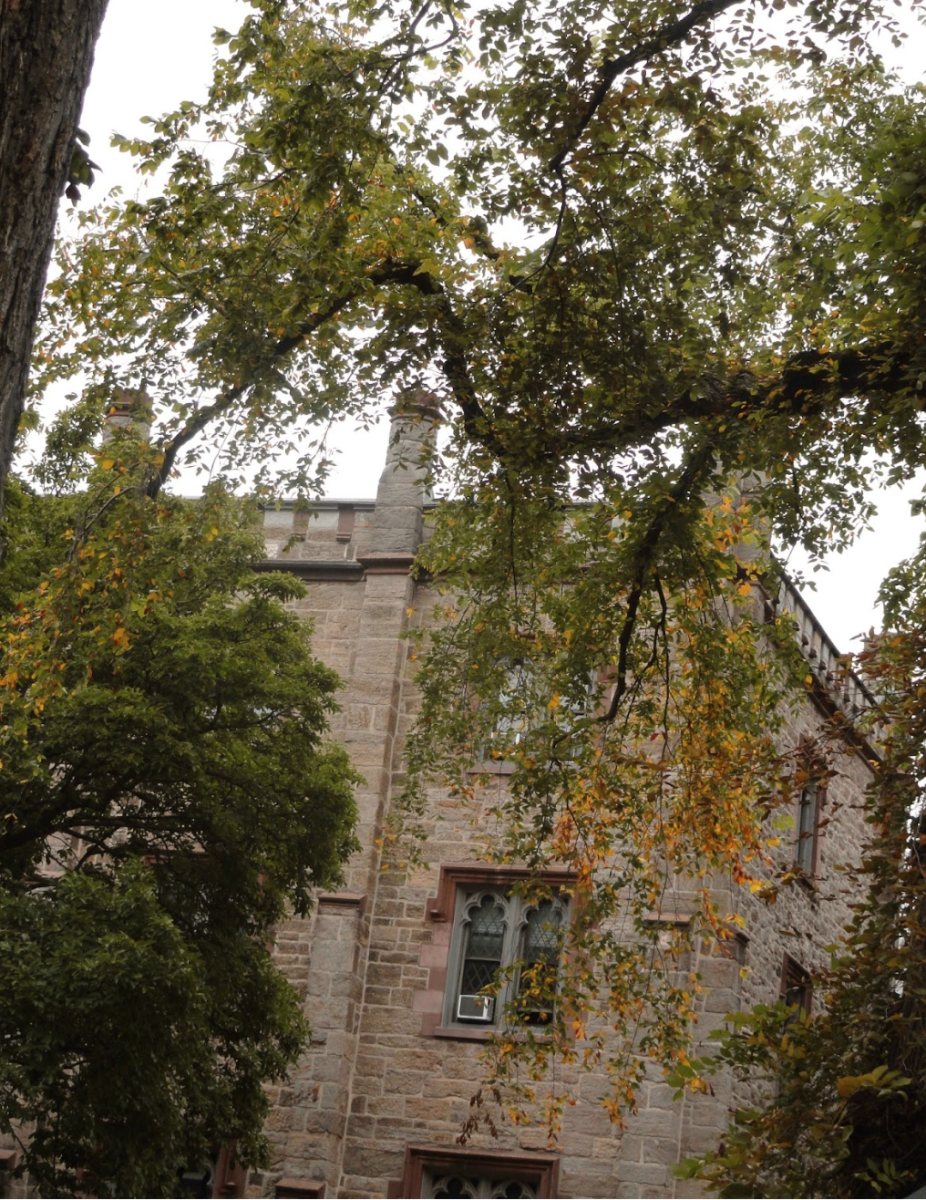“Stand clear of the closing doors please.”
I hop on the 4 train at the Fordham Road station and find a seat in the middle of a semi-crowded Brooklyn bound subway car.
For me, riding the subway never gets old. There is a certain sense of energy in the constant shuffle of people from one place to another that I fell in love with the very first time I walked through a turnstile.
And the more I ride the train, the more in love I fall. I love the screech of the wheels coming to a stop and the sounds of the doors opening and closing, like an inhale and an exhale before it gets ready to move again. I love trying to balance without holding onto the metal poles and trying to memorize each stop on the D train. I love wondering where people are going and guessing if they are locals or tourists (or some combination of the two, like me). I love the strange and temporary community that is created by one group of people in one subway car on one day at one time that can never be replicated. I love heading underground and being plopped out somewhere new without seeing any of the way in between. I really do believe there is something magical about the subway.
When I saw the entrance to the New York Transit Museum was, in fact, its very own “subway station,” with the entrance being a set of stairs heading underground, I knew this was the museum for me.
After paying $10 at the glass ticket counter modeled after a token booth (back when the subway still used tokens), I walked through “The Subway Is…” exhibit to learn more about the characteristics of this mysterious system that transports 3.6 million people everyday.
There are endless ways to complete the sentence, “The Subway is…” Here are some of the ways the exhibit focused on.
The subway is… a revolutionary idea.
It’s what made NYC the city that never sleeps. It’s what narrowed the gap between the rich and the poor. It’s what ignited the imagination of the city and made the city a place where your imagination is ignited. William Gaynor, the New York mayor who propelled the first phase of the subway’s construction, said, “The effect [the subway] is to have on the city of New York is something larger than any mind can realize.” Think big and the city will help you think even bigger, in large part thanks to the subway.
The New York Times wrote in November 1873, “Unless we have rapid transit, New-York will become a City of the very rich and very poor, of those who can afford to stay, and those who cannot leave. With rapid transit, the City can furnish cheap and comfortable homes for all classes.” The subway system was revolutionary because it transformed the way people conceptualized distance. Living and working in different, even far away places, was no longer out of the question; it was a trip that could now take minutes instead of hours. As the subway system expanded (eventually to include 472 stations and 665 miles of track), immigrants living in horrid conditions in overcrowded tenement buildings could move to apartments with modern conveniences or even houses with more land.
The subway is… a circulatory system.
Regardless of your race, ethnicity, religion or wealth, you pay the same fare of $2.90 and can go anywhere you would like. The subway has never been segregated. It functions to bring people of different backgrounds and socio-economic statuses together. The subway can make me feel small — given the macro-level scale of everyone the subway moves on all the lines and rides in just a given day and because of the micro-level scale of the people I am surrounded by in one subway car at any given time. But it also makes me feel connected. It reminds me that I am not the only person in the world. Driving in my car back at home in Southern California, I could go my entire commute to high school without looking at another person if I wanted to. But it’s really hard to ignore someone sitting inches away from you on the subway. It generates a proximity with others that I believe can build compassion in a distinct and necessary way. It is hard to deny the humanity of other people up close, and the subway is what provides this closeness.
The subway is…a work of art.
Aesthetics have been a concern for architects and designers since at least the 1890s, when the Rapid Transit Commission report noted that “painting and decoration” should be used to give “brightness and cheerfulness” to subway spaces. One of my personal favorite examples is the colorful terracotta mosaic tiles used to inaugurate the name of the stop you have arrived at. Today, you can see over 400 artworks like paintings, illustrations and poems commissioned by MTA Arts and Designs over subway cars and stations. Both then and now, art in the subway is used as a way to celebrate neighborhoods, lifting up the work of local artists and highlighting aspects of the local community. Art, however, is not the only thing that fills the empty space of subway cars.
The subway is… a means of communication.
Advertisements have been part of the set-up of a subway for as long as the system has been running; companies soon realized the walls of subway cars were prime marketing real estate because they created a guaranteed captive audience — at least for a short period of time. Other messages filled the subway walls with expectations regarding rider-etiquette, like sketching warning against blocking the closing doors, explanations of how to be a good citizen, like using the subway instead of personal transportation methods to conserve gas and rubber during World War II and promotions of public destinations easily accessible via the routes of public transportation, like Amelia Opdyke Jones’ whimsical cartoons with characters taking the train to Coney Island.
As I headed back to the Bronx the same way I came on the 4 train, I knew my time learning about the subway wasn’t over yet. I thought about how the layout, the advertisements, the stops and the maps have
changed over time. And how the subway will only continue to change and evolve, just as New York City will.
But some things won’t change. This underground current that fuels the city will continue to bring people together and represent the ever-present opportunity for movement that NYC promises to everyone.
There are endless ways to complete the sentence, “The subway is…” For me, the subway is an adventure waiting to happen and something that I will always love, delays and all.

